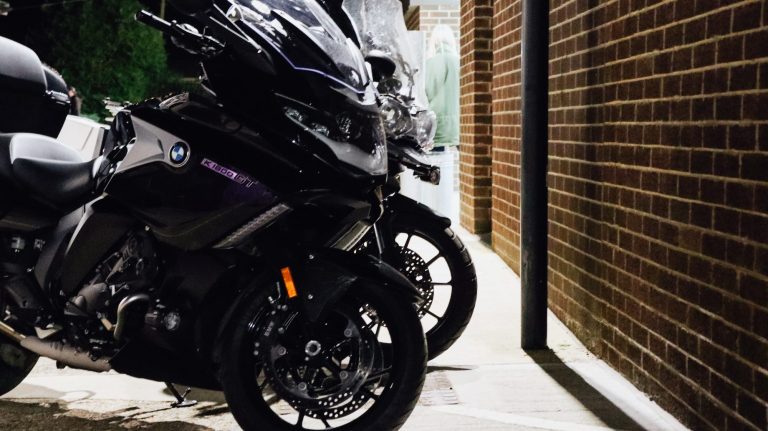
A Successful Bike Meet
Last night, we hosted our second Bike Meet, and it was a great success. With delicious food from Prestige Bars & Catering, relaxing music, and


Last night, we hosted our second Bike Meet, and it was a great success. With delicious food from Prestige Bars & Catering, relaxing music, and
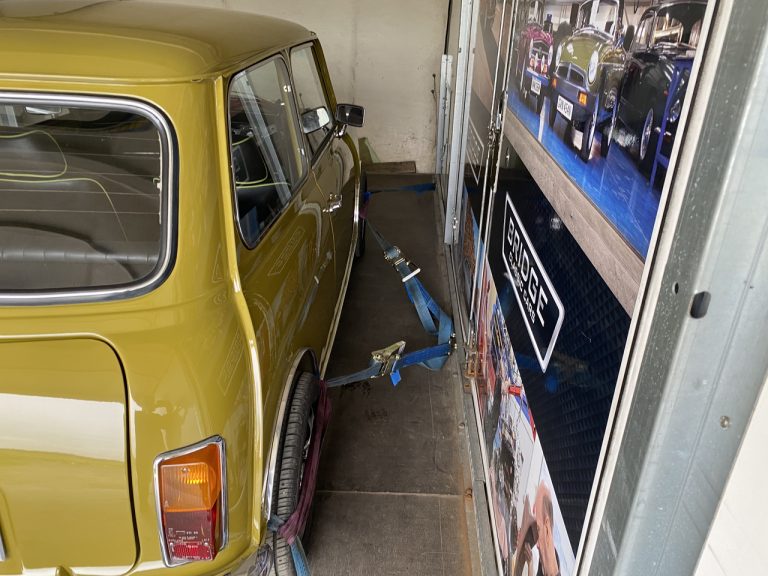
Our 1976 Leyland Mini Clubman was recently delivered to its lucky new owner. We hope he enjoys owning this beautiful classic Mini.

Tony recently collected our 1968 Triumph TR5 and bought it back into the Bridge Classic Cars workshop.
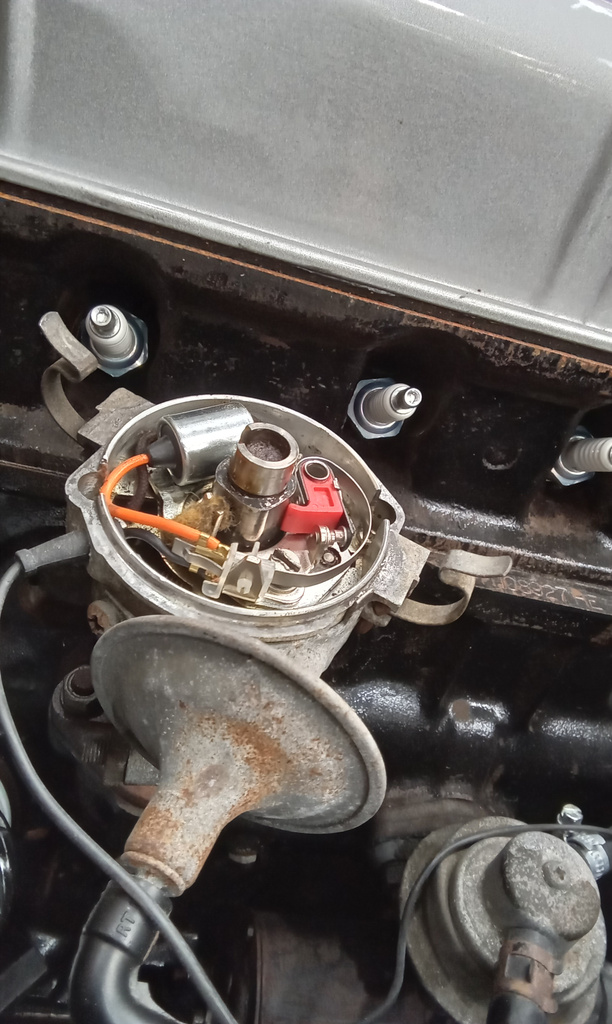
Our 1979 Triumph Spitfire has been in the hands of Jonn. Here are his notes: Get in and finish the service. Fit new points and

Here’s what Paul has been up to with our 1956 Jensen 541: Finish and fit adjuster for dynamator Finish wiring in engine bay Refurb and

Steve has continued his work on our Transit Tipper. He has fitted the wiring loom under the bonnet and in the cab. He repaired the
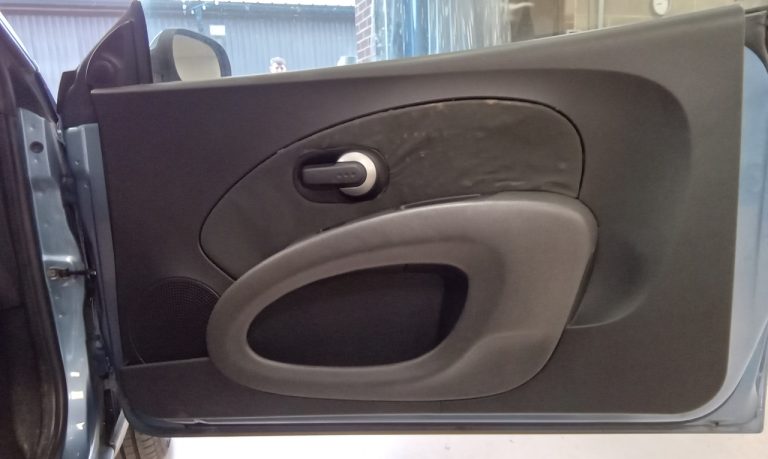
A customer wanted a quick interior refresh on her 2006 Nissan Micra Convertible. Lydia made some custom-fitted floor mats, which fit much better than the
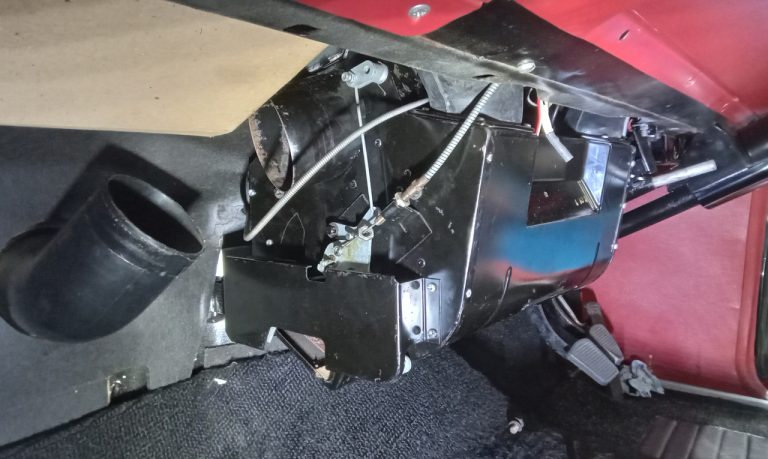
Jonn has been working on our 1964 Ford Zephyr in preparation for it to be delivered to its new owner. Here are his notes: Carry
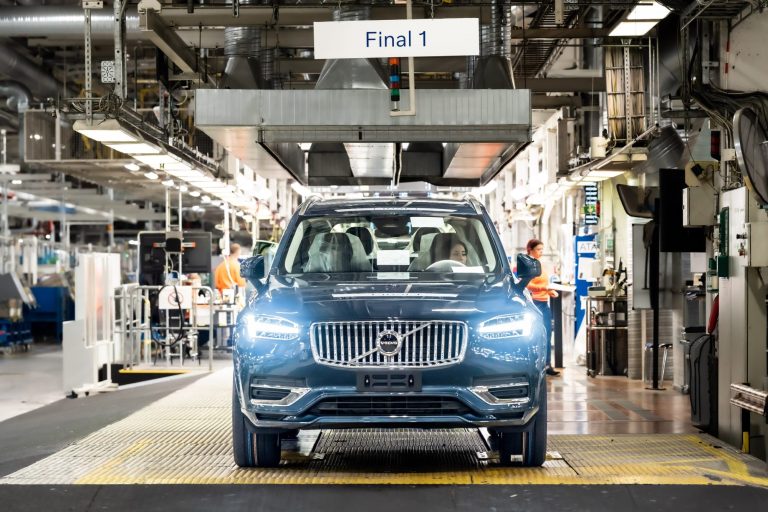
Volvo has officially built its last diesel car! Back in early February, the Volvo plant in Ghent, Belgium, produced its last diesel-powered car, a V60

We recently welcomed the SCC | Private Members Club into The Atelier at Bridge Classic Cars. While they were here, they had a look at

Our 2010 Land Rover Defender 110 was recently featured in a post by Georgie from GeorgieLostintheWild on Instagram. It looks great out in the wild
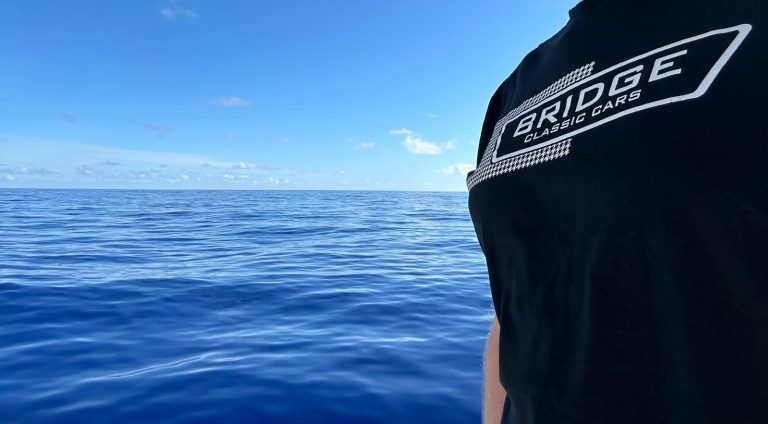
Our very own Captain Jack recently had an article published on Superyacht Content. Entitled ‘Private or Charter, Which is Better for You?’ Jack’s article discusses
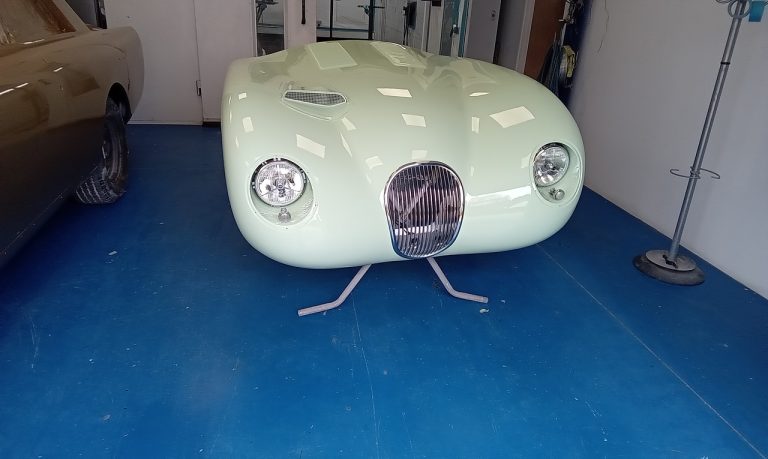
John has been fitting the temperature sender to our 2022 Bridge C-Type Replica. He also routed the wiring and secured it under the manifold. He
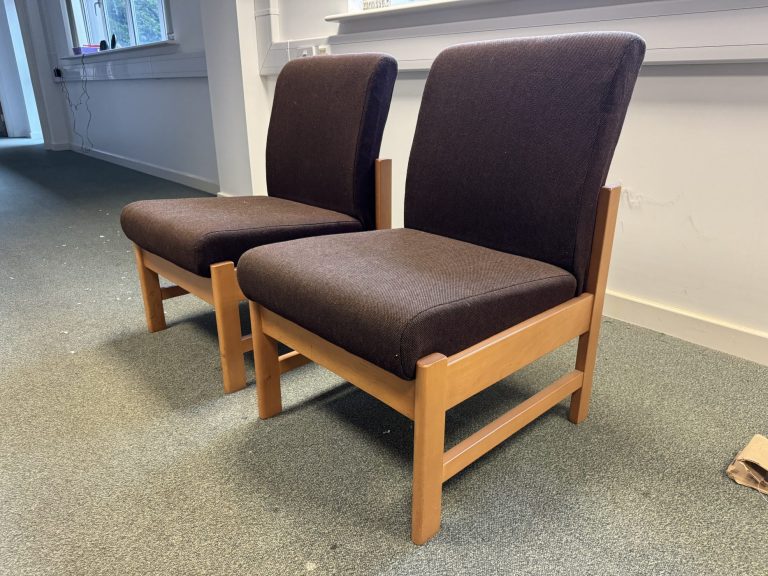
In the hands of Lydia, our expert chair do-er upper, our office chairs are about to get a bespoke makeover in preparation of the opening

Our 1963 Bentley S3 Continental Coupe has been in the Bridge Classic Cars paintshop with Chris. He has been rubbing down, applying primer, and painting
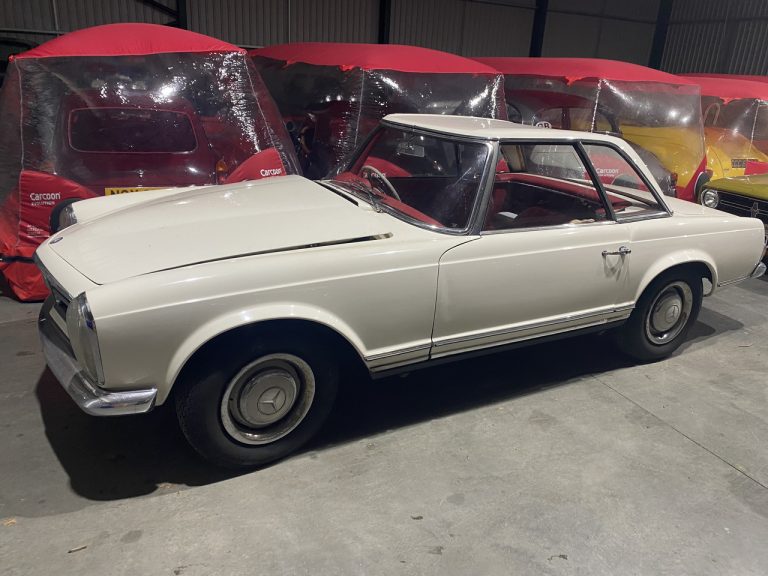
Tony recently collected our 1964 Mercedes 230SL from its owner and took it to our secure storage facility.

Our 1979 Triumph Spitfire was recently transported ready to be filmed in preparation for it to be available to win through Bridge Classic Cars Competitions.
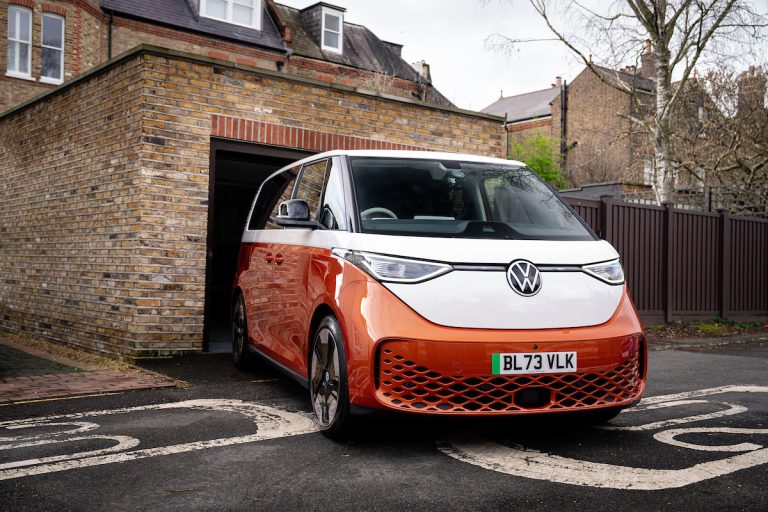
In a recent survey, commissioned by Volkswagen Commercial Vehicles, 49% of Brits said that they find parking stressful and take whatever measures possible to avoid

Arriving to us via H&H Classic Auctioneers, from world renowned luxury and performance car specialist Hilton and Moss, here we have the absolutely stunning 1988
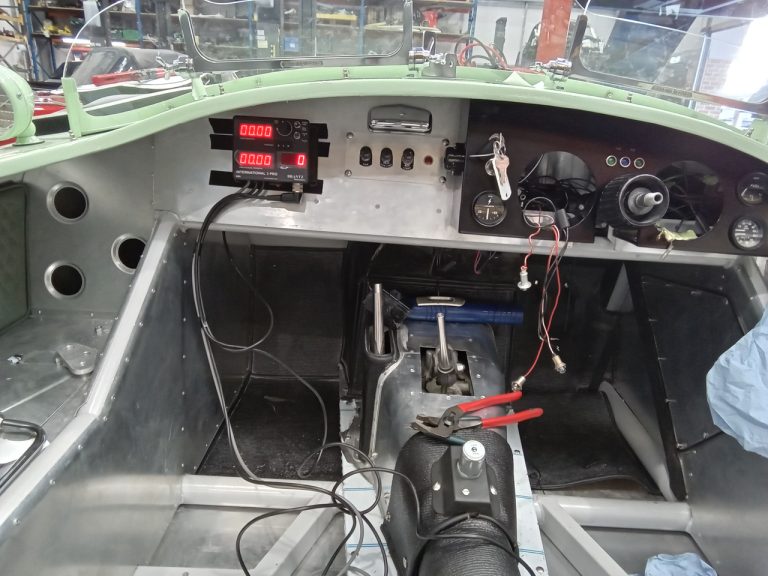
Over the weekend, John finished wiring in the dash of our 2022 Bridge C-Type Replica. He also fitted the Brantz system and trial-fitted the switches
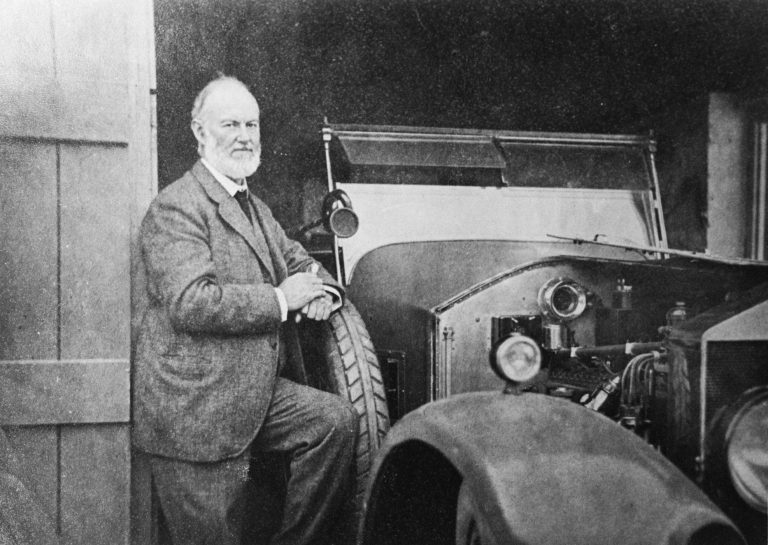
“Henry Royce’s life followed a truly extraordinary arc. From impoverished origins and with minimal formal education, he became a giant of 20th Century engineering and innovation,

Coming into contact with a wide range of classic cars every day, it is painfully clear to me that each and every classic comes with
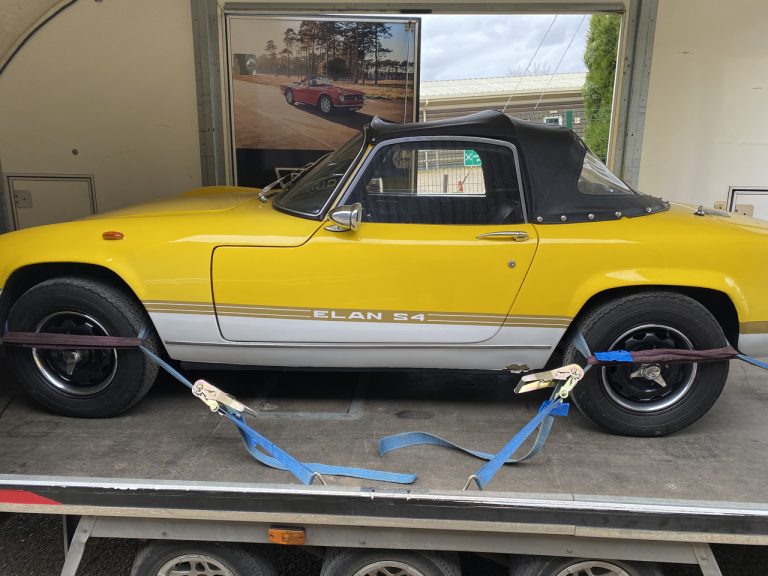
Our 1968 Lotus Elan has been safely transported to our secure storage facility. It will now be looked after in the company of other impressive
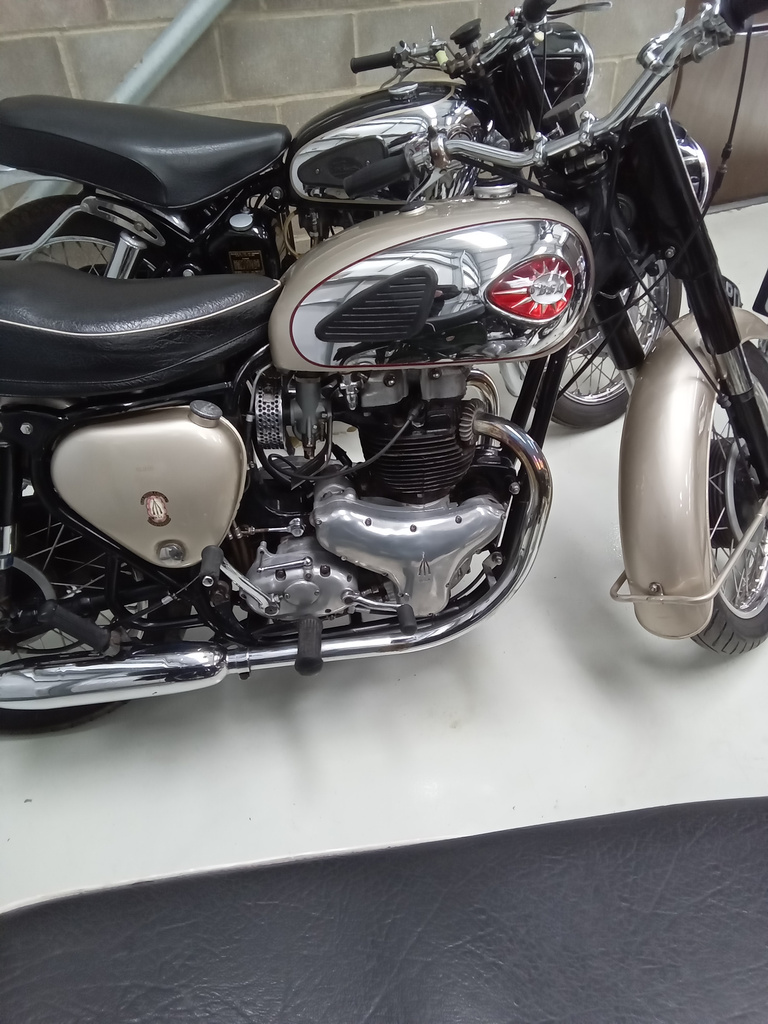
Paul has begun his inspection and assessment of 2 of our recently arrived motorbikes – our 1960 BSA 650 and our 1961 Matchless 350. On
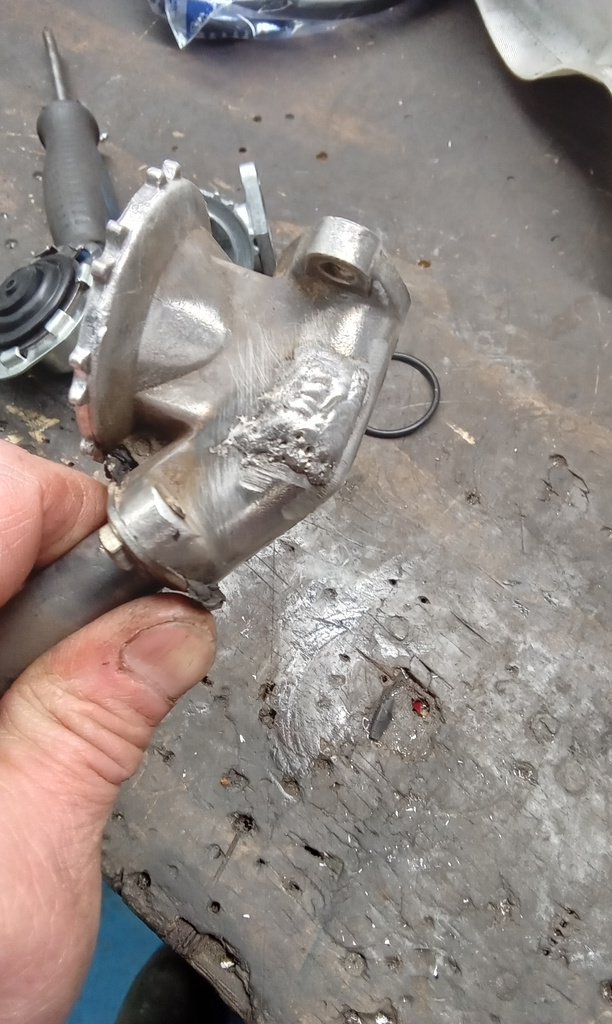
Here are Jonn’s notes following the pre-delivery inspection of our 1964 Ford Zephyr: Refit radiator now back from repair. Connect hoses and secure. Vacuum refill
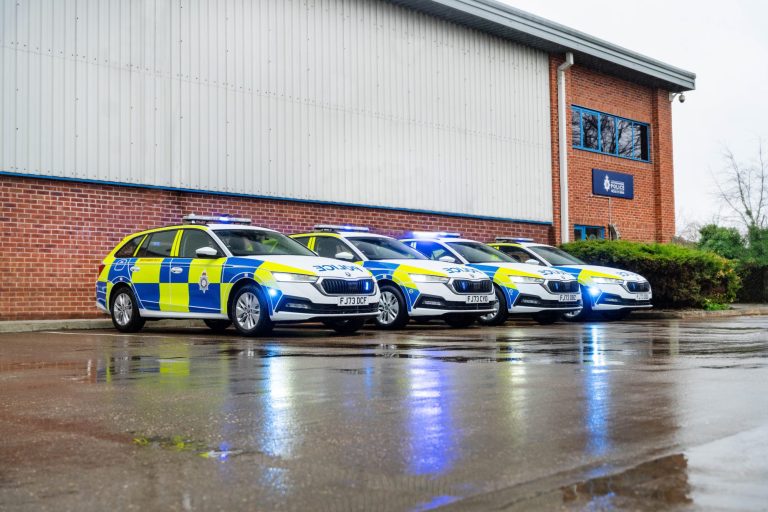
Nottinghamshire Police has recently taken delivery of 100 new Škodas. These will now form part of their expanding emergency vehicle fleet and will be utilised
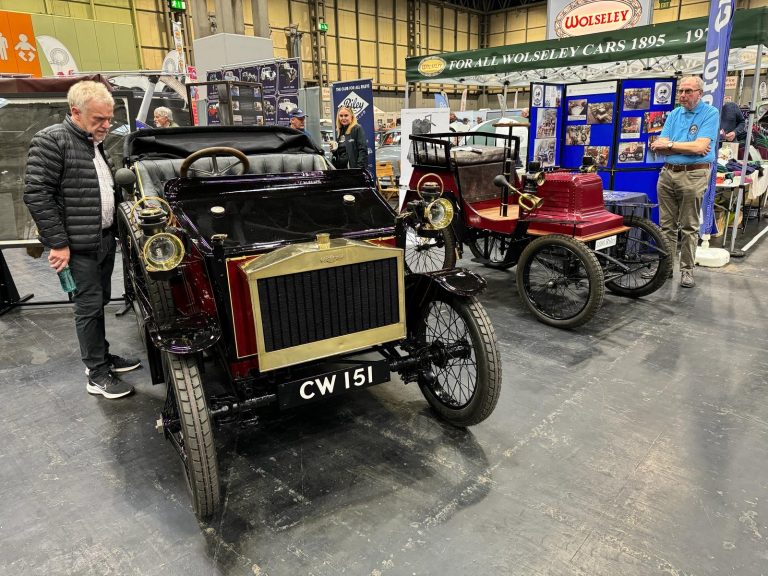
After several years of research and restoration, our 1905 Riley 9HP is ready to be revealed to the world! As a 1 of 1 prototype
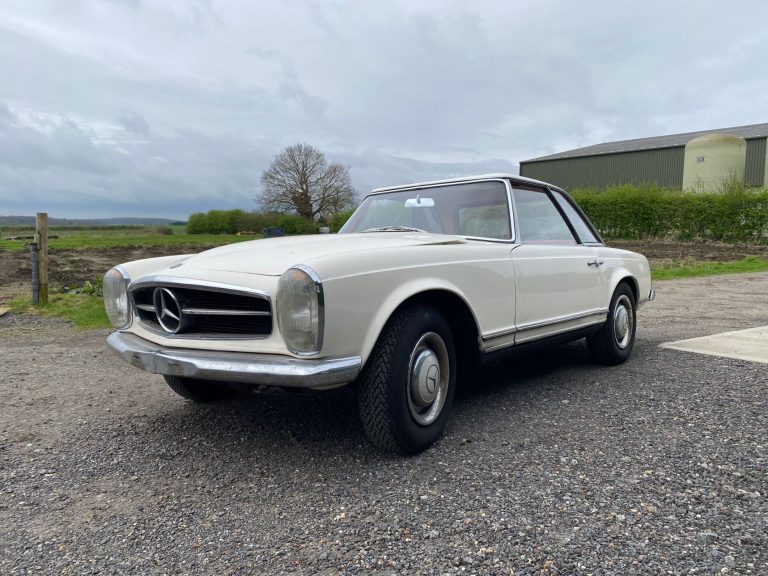
Arriving in with us this week is our 1964 Mercedes 230SL. The car has come in for a possible engine rebuild but at this stage

Regarded as a masterpiece of Mercedes-Benz craftsmanship, chassis number 5500332 stands out as one of the rarest and most authentically preserved of the twenty-nine 300

Born in Halifax, West Yorkshire, on March 20, 1853, Henry Edmunds was fascinated by electricity from a young age. His father, an engineer and iron
Last night, we hosted our second Bike Meet, and it was a great success.
With delicious food from Prestige Bars & Catering, relaxing music, and a whole lot of motorbikes to admire – plenty was going on to keep everyone entertained.
As well as enjoying the event, everyone in attendance got to see the live draw of our 2004 BMW R1150 where we found lucky winner, Andrew White.
The whole Bridge Classic Cars team had a great night and we are extremely grateful to everyone who attended. We hope to see you all again at our next event.


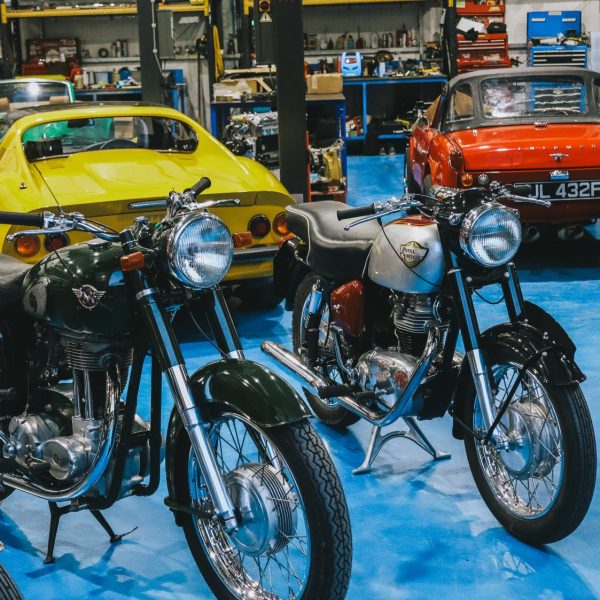
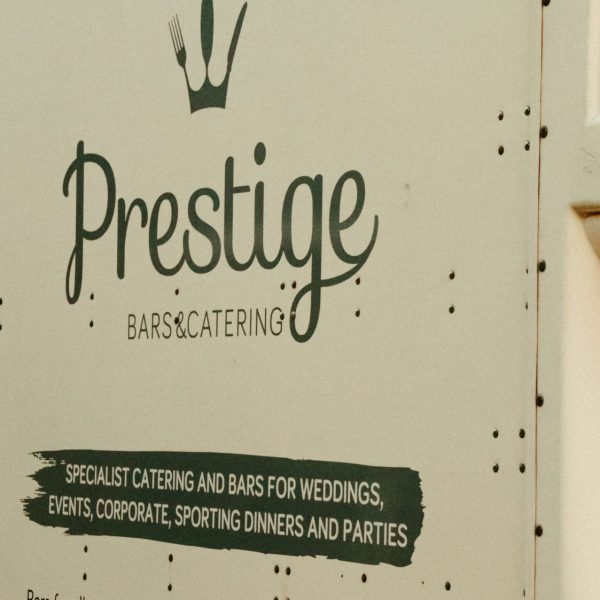


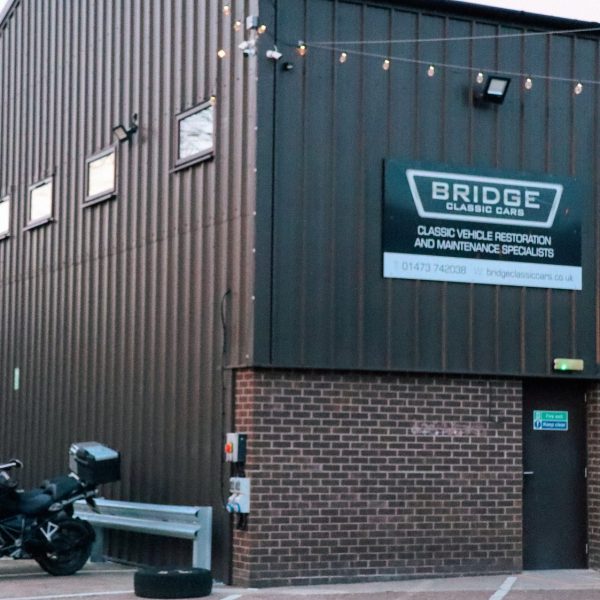
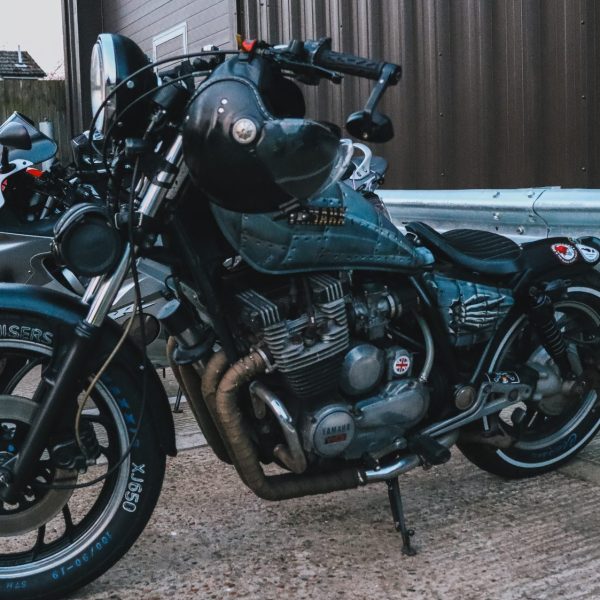
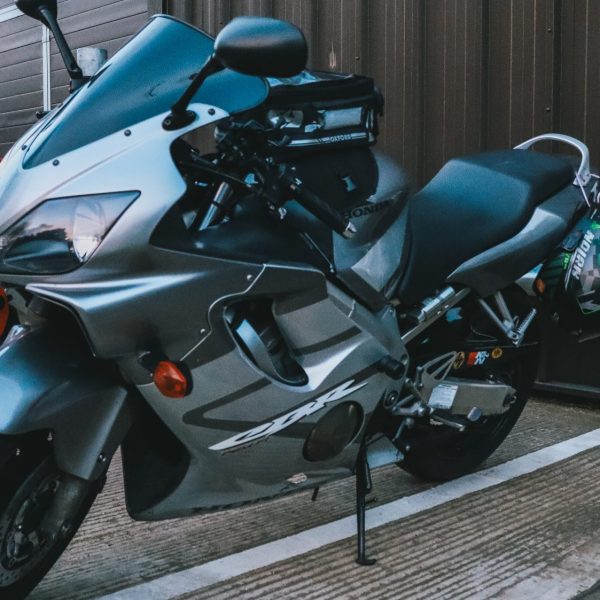
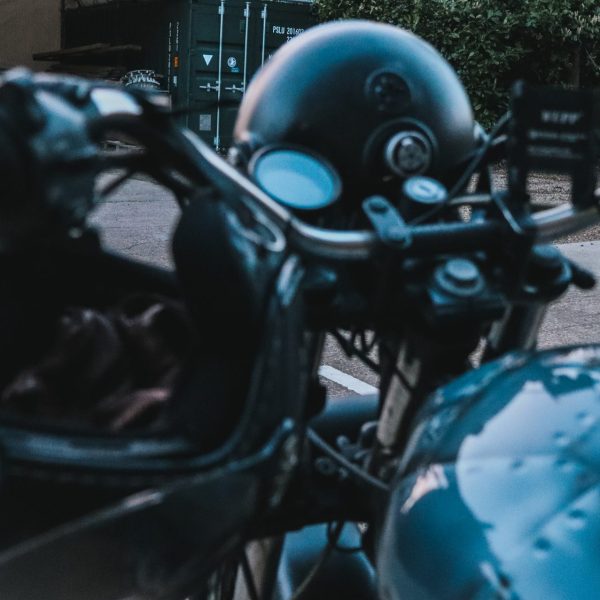


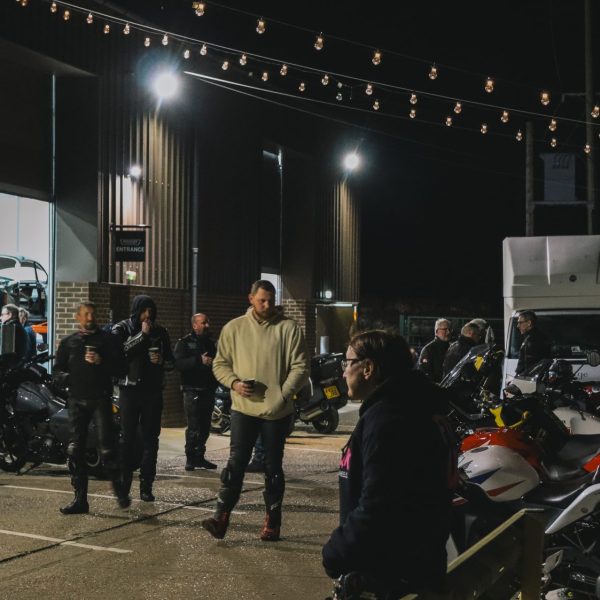
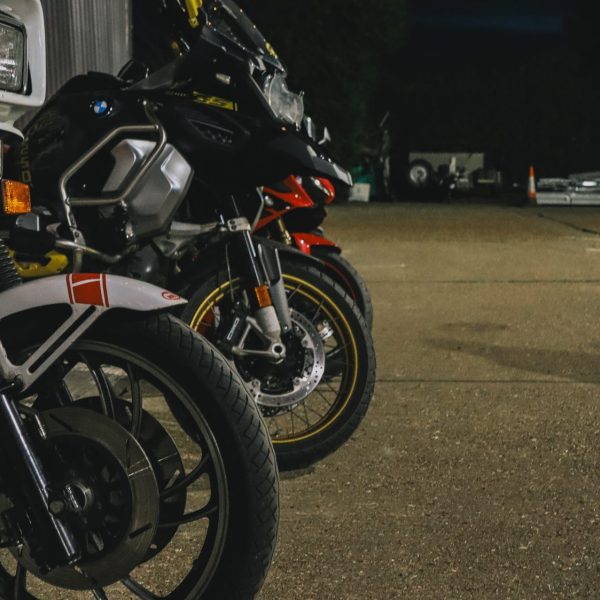
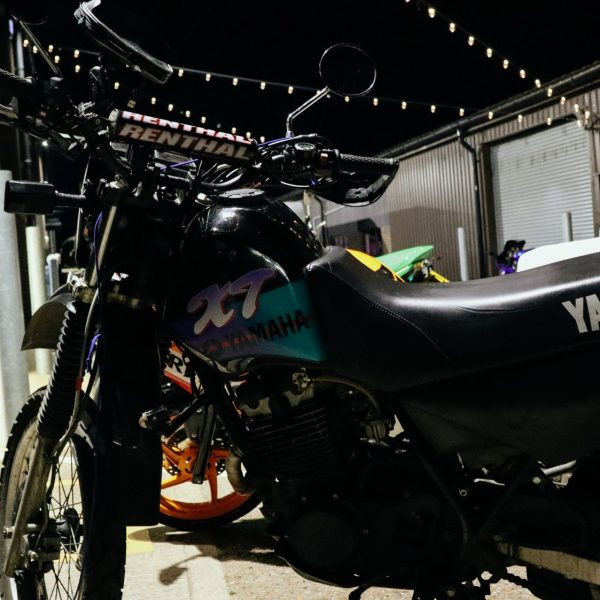

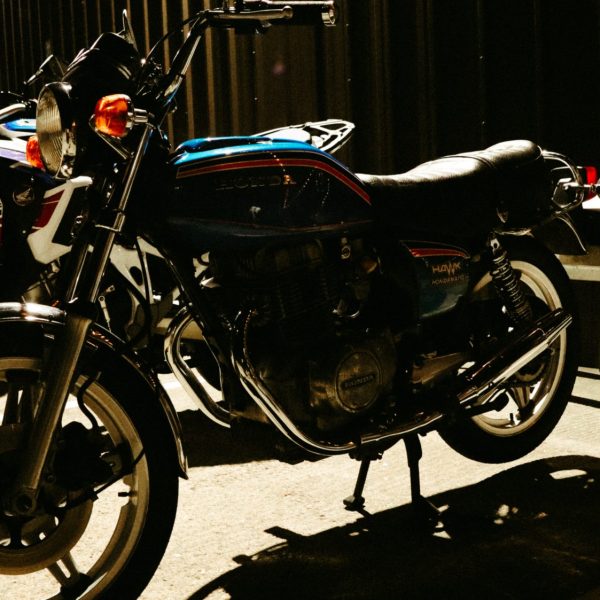

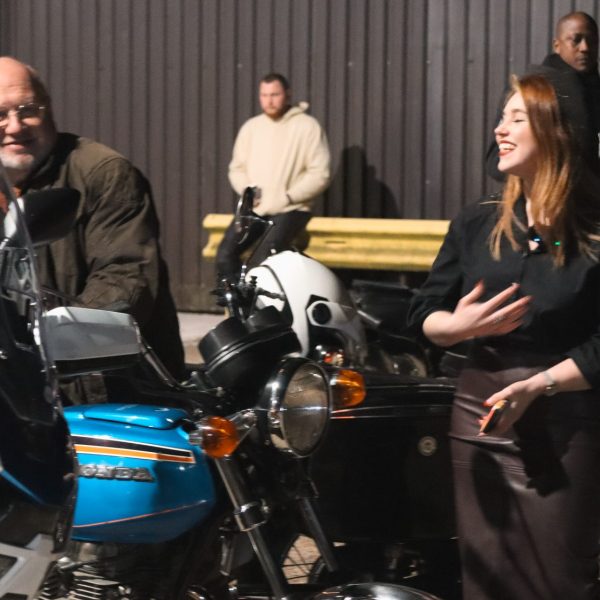

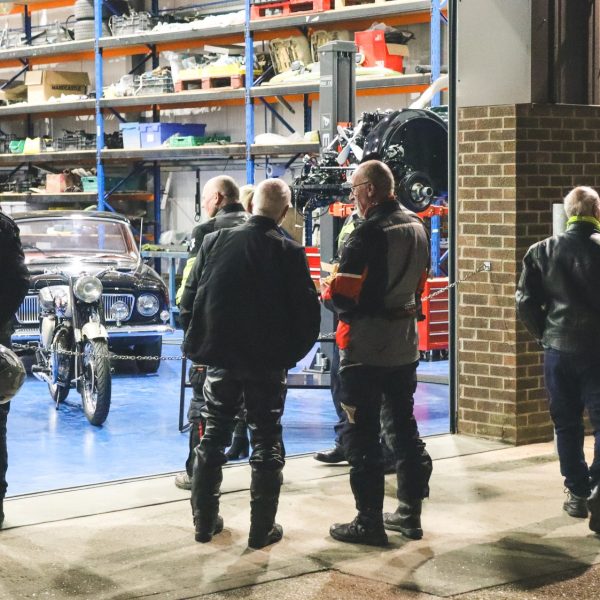
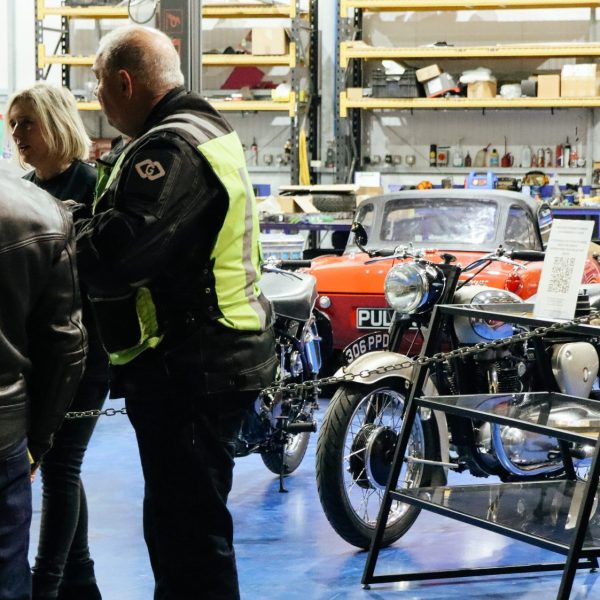
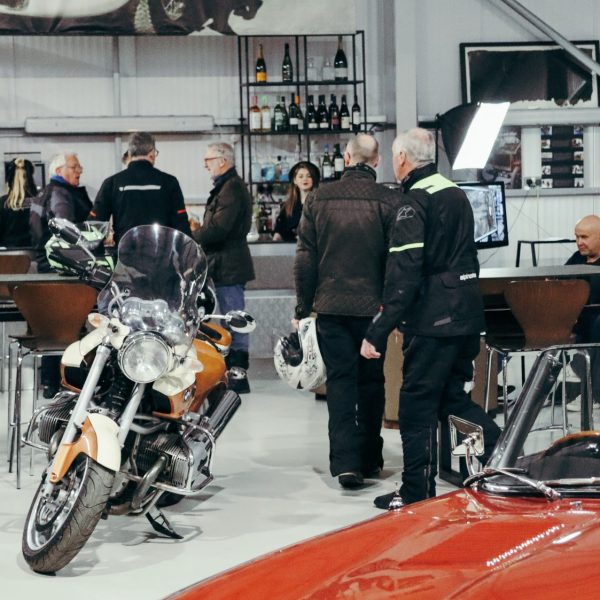
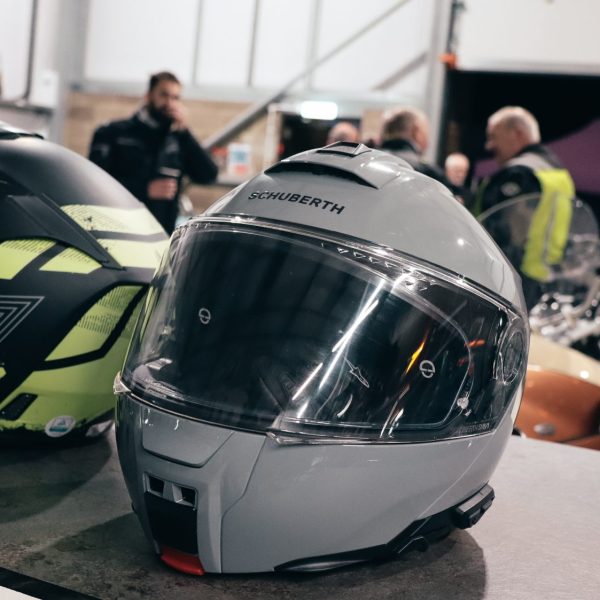

Our 1976 Leyland Mini Clubman was recently delivered to its lucky new owner.
We hope he enjoys owning this beautiful classic Mini.
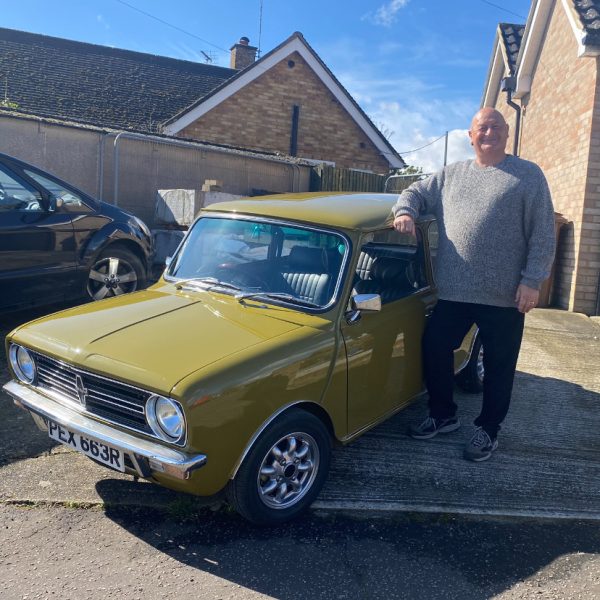
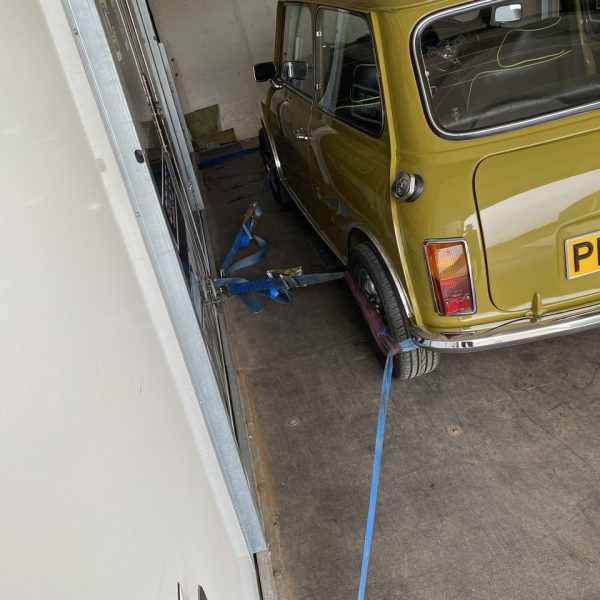


Tony recently collected our 1968 Triumph TR5 and bought it back into the Bridge Classic Cars workshop.
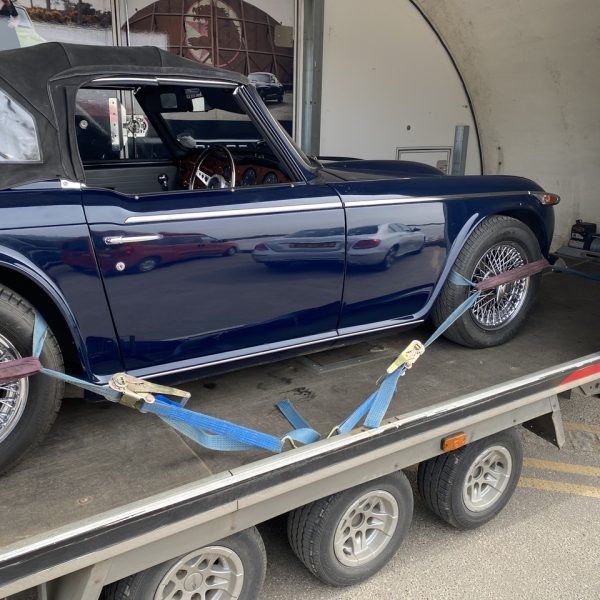

Our 1979 Triumph Spitfire has been in the hands of Jonn. Here are his notes:
Get in and finish the service. Fit new points and condenser. Refit cap and rotor and try to start. Won’t fire. Investigate and found wire from condenser insecure and barely making contact. Strip and solder both wires from condenser and to points into contact. Adjust points and try to start again. Ok now. Take outside and warm up. Set idle speed and carry out road test. Not too bad now but will require throttle cable (on order) as its very stiff.

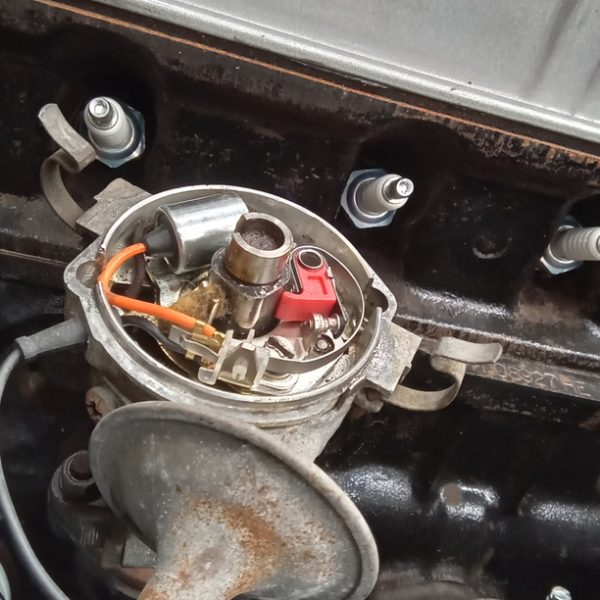
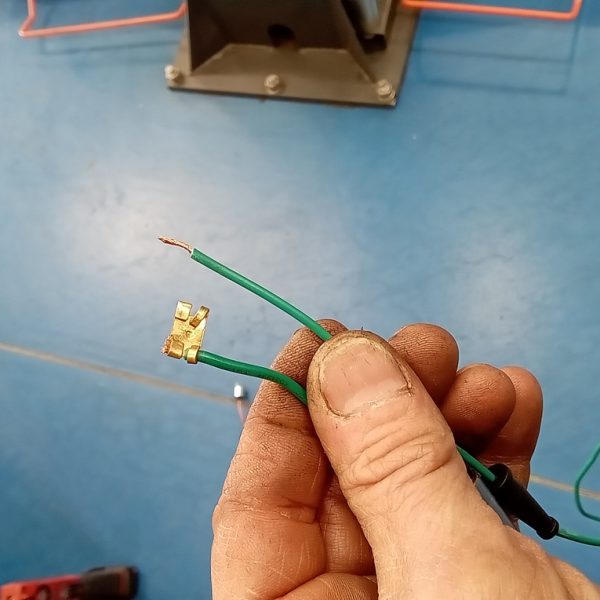

Here’s what Paul has been up to with our 1956 Jensen 541:
Finish and fit adjuster for dynamator
Finish wiring in engine bay
Refurb and fit tank sender unit
Fabricate engine breather pipe
Fabricate cover for fuel tank inspection cover inside boot
Modify brake pipe mounts and brake pipes to allow fitting of wings
Modify of wing to make room for the steering box,also modify steering box mount,fit engine breather pipe
He also fitted and aligned the o/s front wing,connect wiring to gearbox for over drive, fit gear lever and over drive switch,fabricate spacer for oil filter body and refit oil filter,fit clutch push rod.
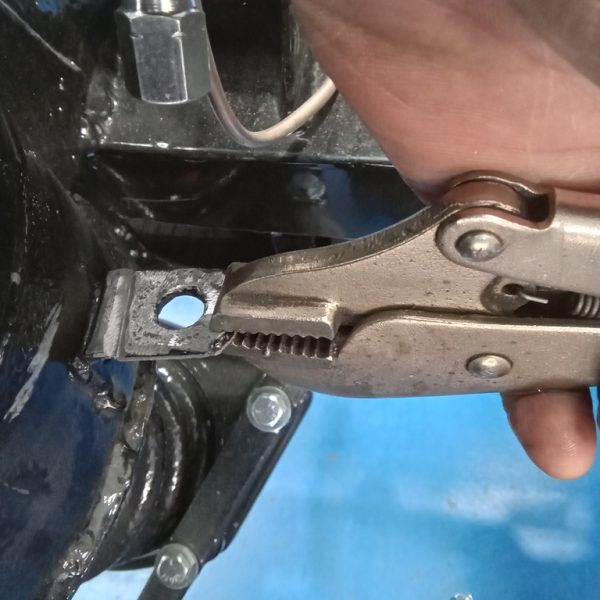

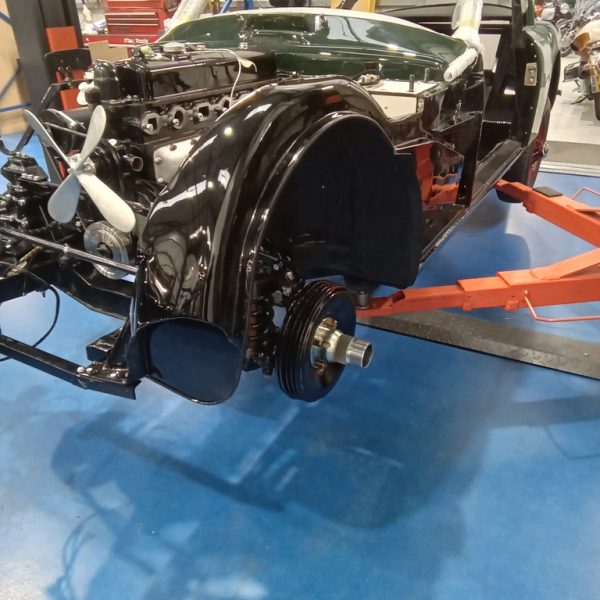
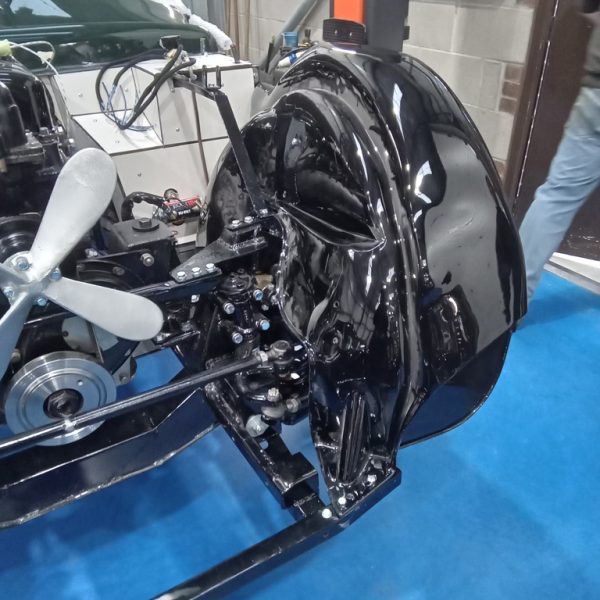
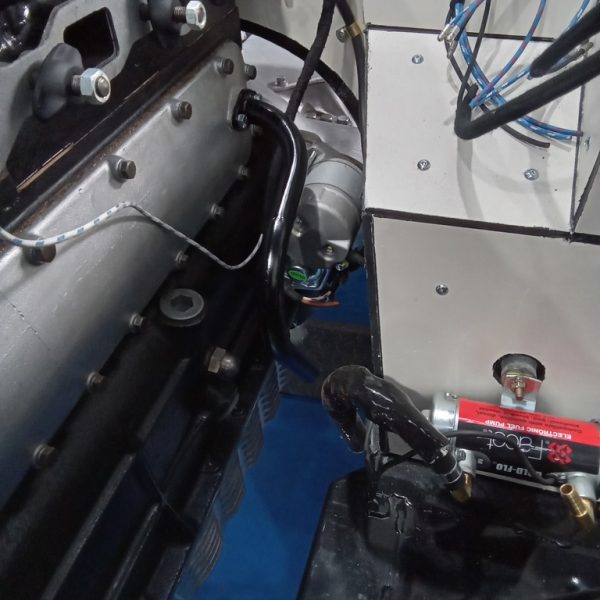

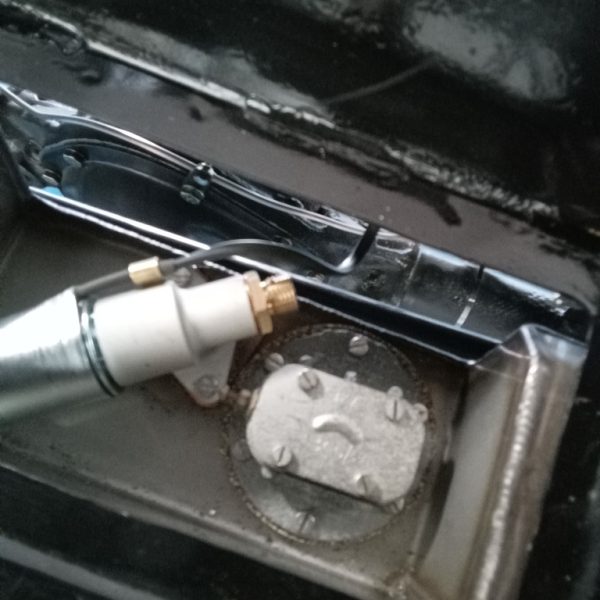

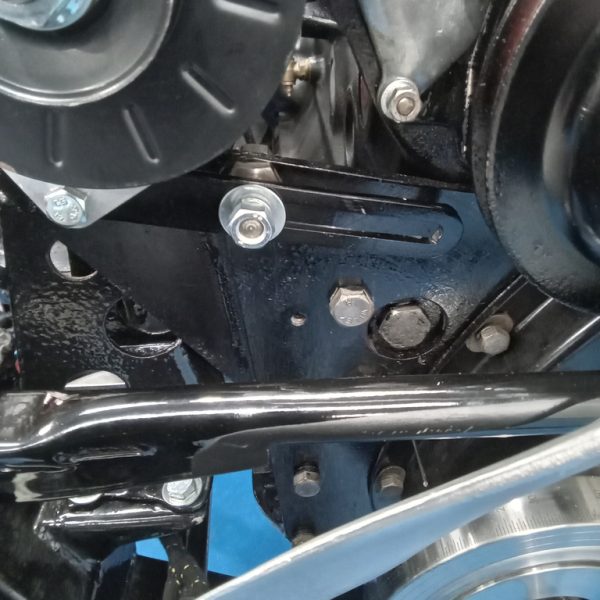
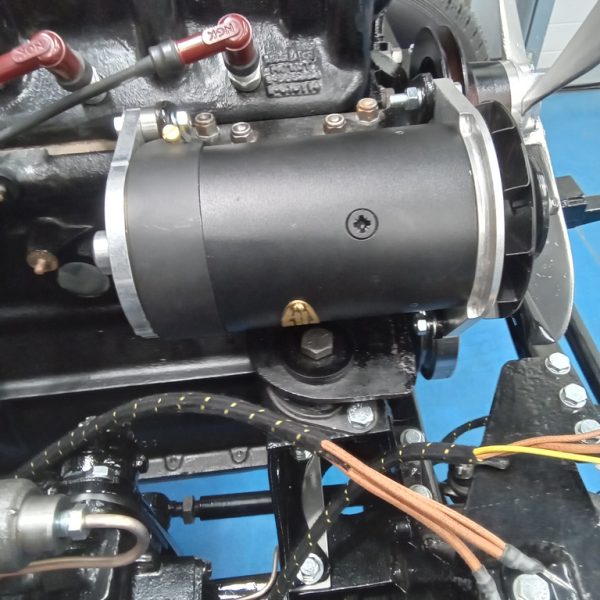
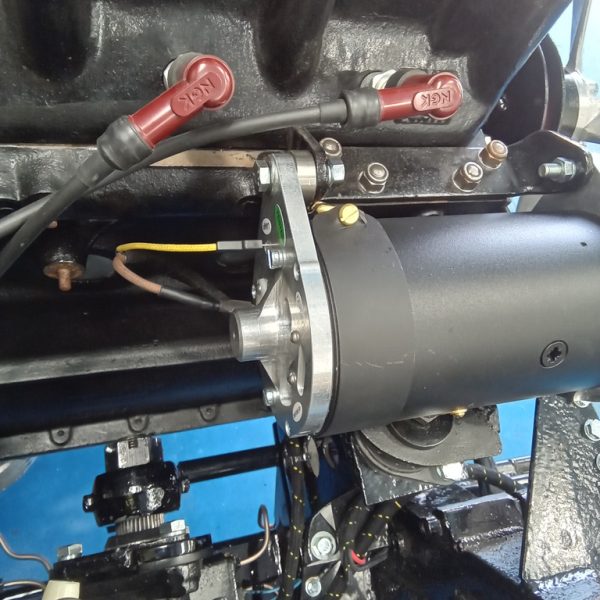
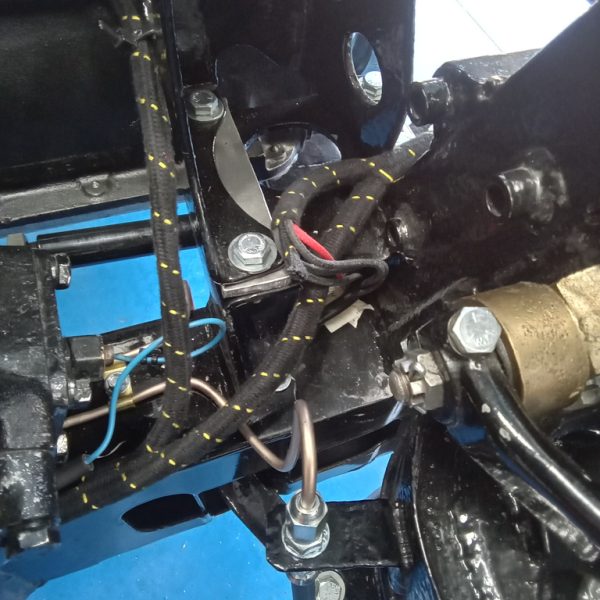

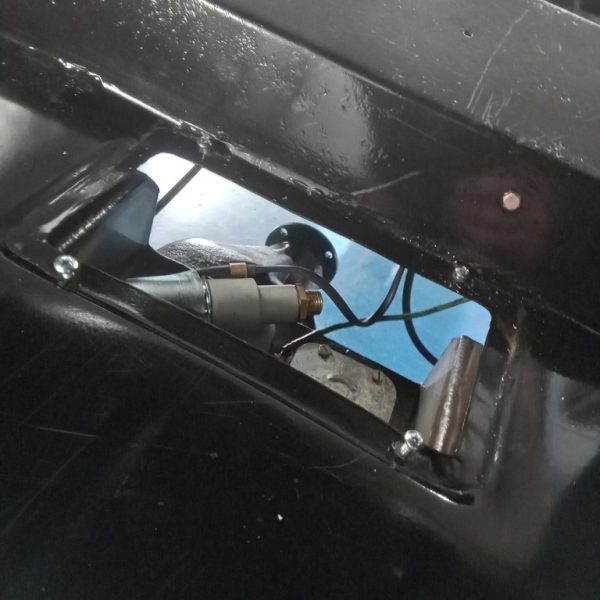
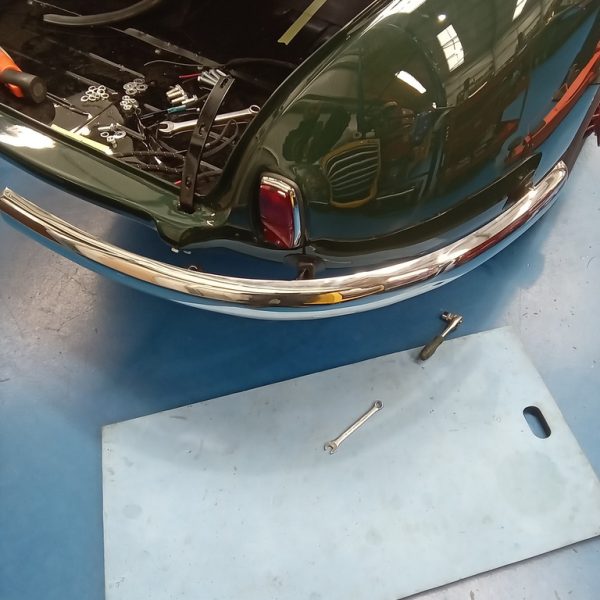
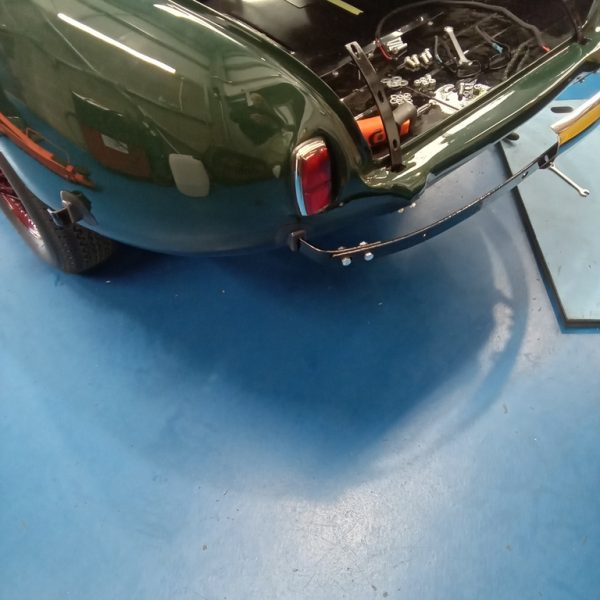
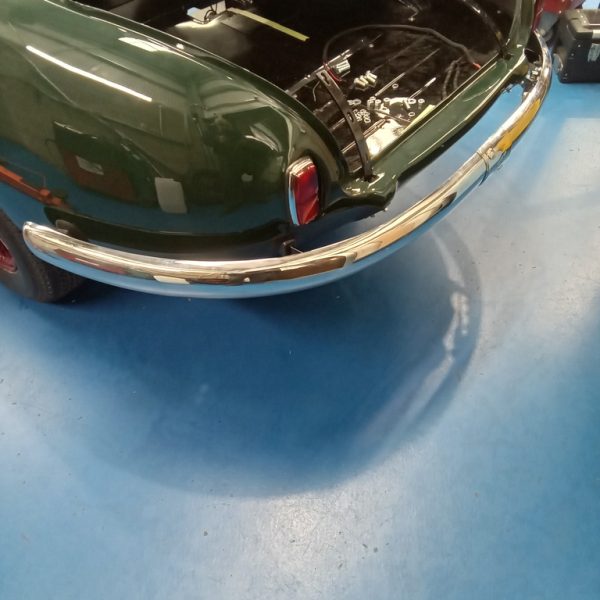


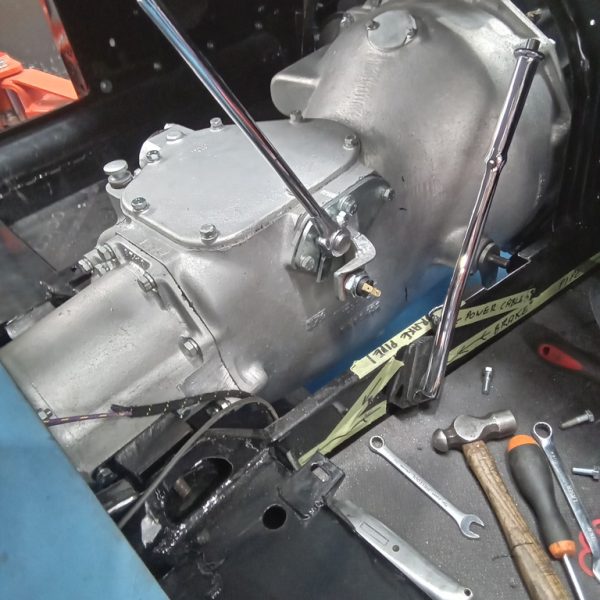
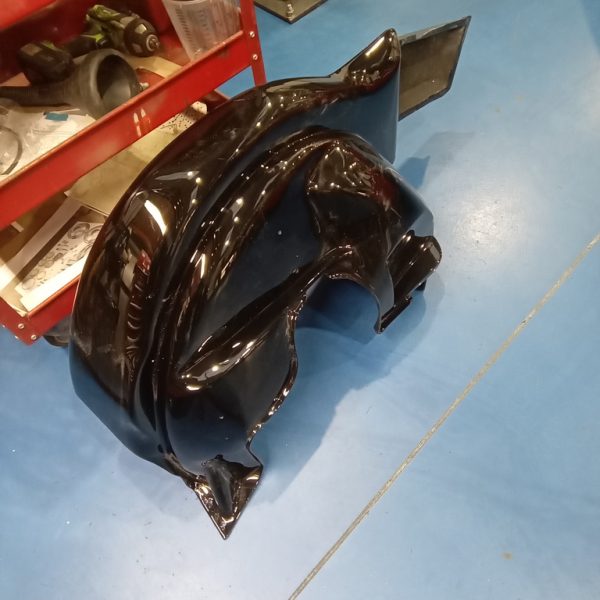
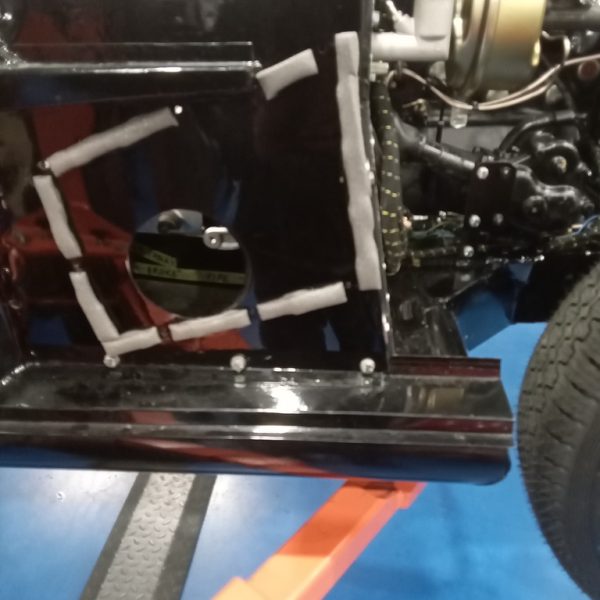
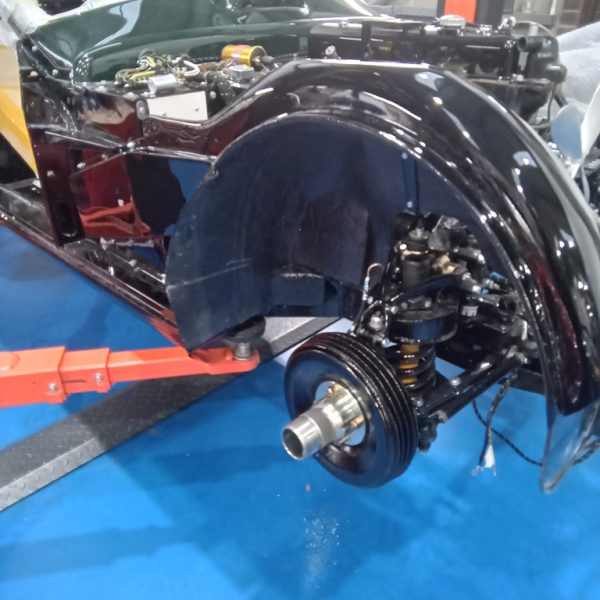
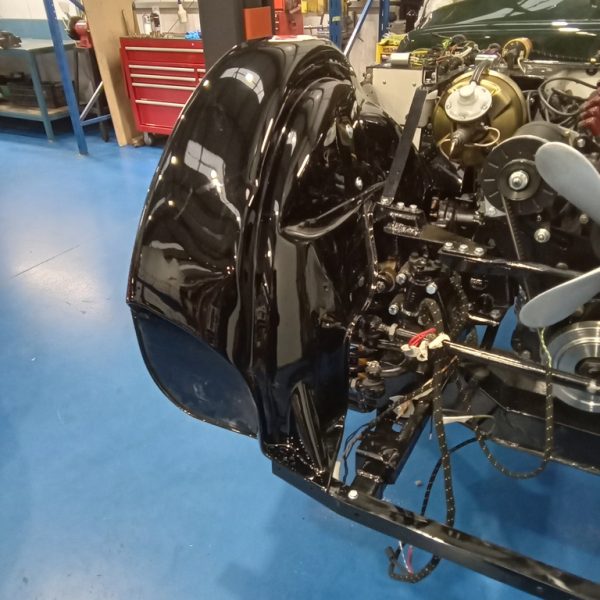

Steve has continued his work on our Transit Tipper.
He has fitted the wiring loom under the bonnet and in the cab. He repaired the N/S/F indicator wiring by soldering and using heat shrink tubing to seal the joint.
Steve also started to fit up the dash after the new wiring loom had been fitted before removing the radio front panel, cleaning years of dirt off from behind the dials and reassembling.
The headlamp adjusters have been stripped down, cleaned, and zinc plated.
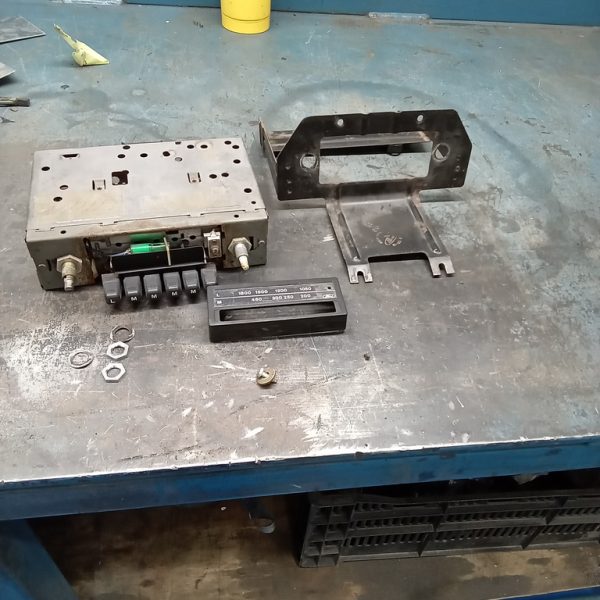
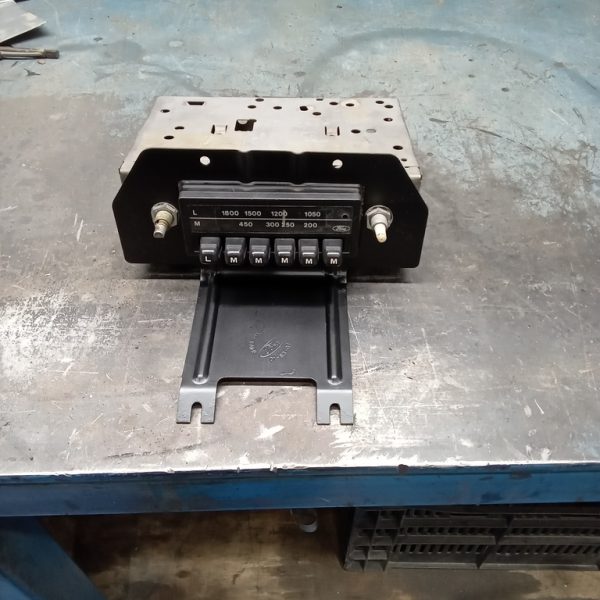
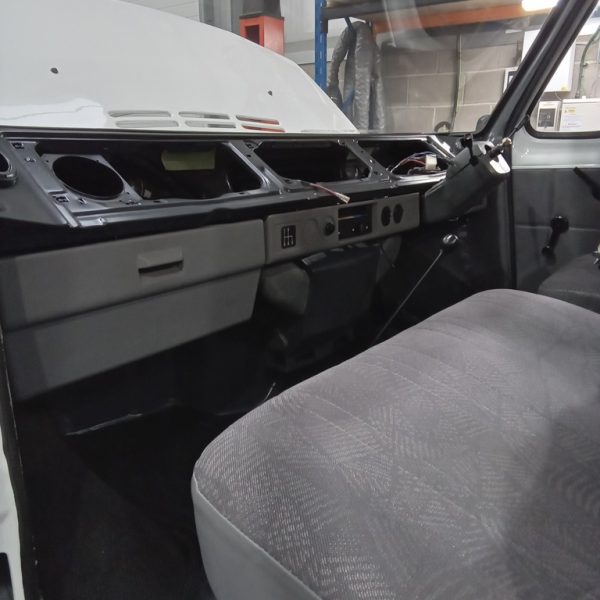

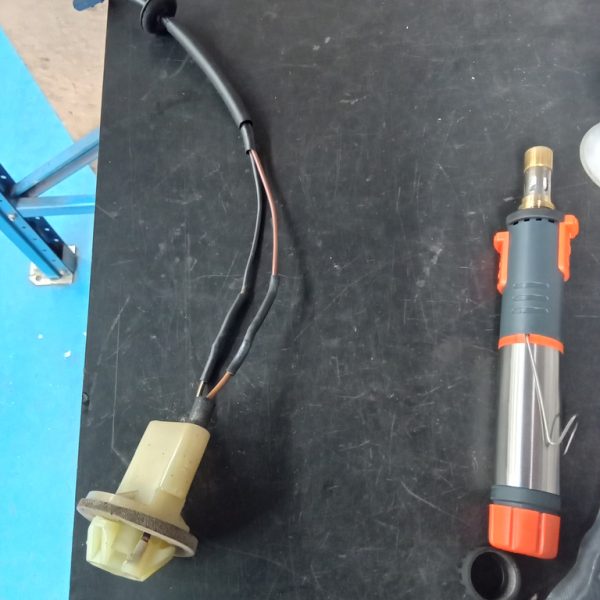



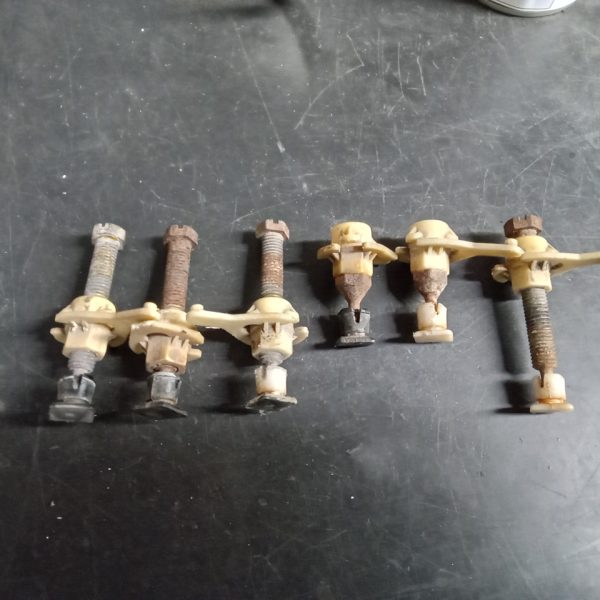
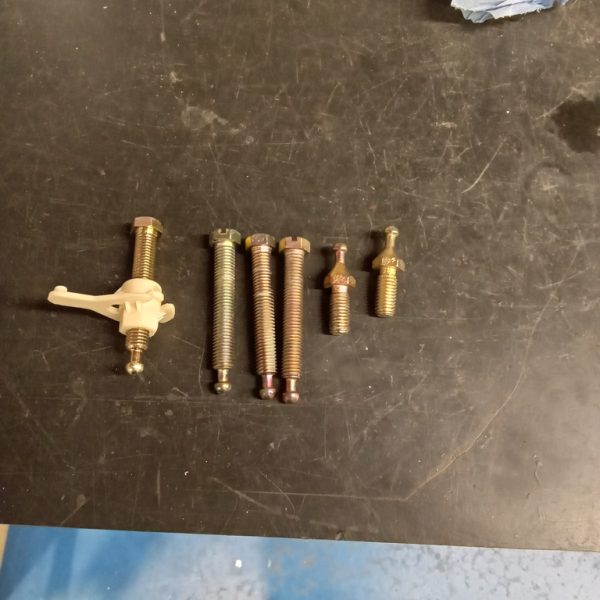
A customer wanted a quick interior refresh on her 2006 Nissan Micra Convertible.
Lydia made some custom-fitted floor mats, which fit much better than the generic shop-bought ones. She also added some extra-strong velcro so they don’t slip from their intended position.
Next, Lydia replaced the material which had become tatty and was starting to pull off the door cards. This was tricky because she couldn’t remove the panel, as it is attached with plastic rivets and a special tool. She managed to overcome this with the help of a soldering iron and some careful melting! The new panel is now covered in a smart black suede material and looks factory-fresh again.
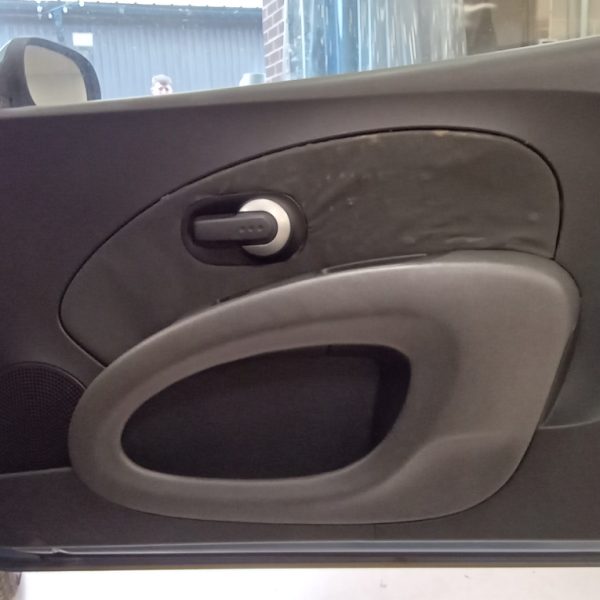
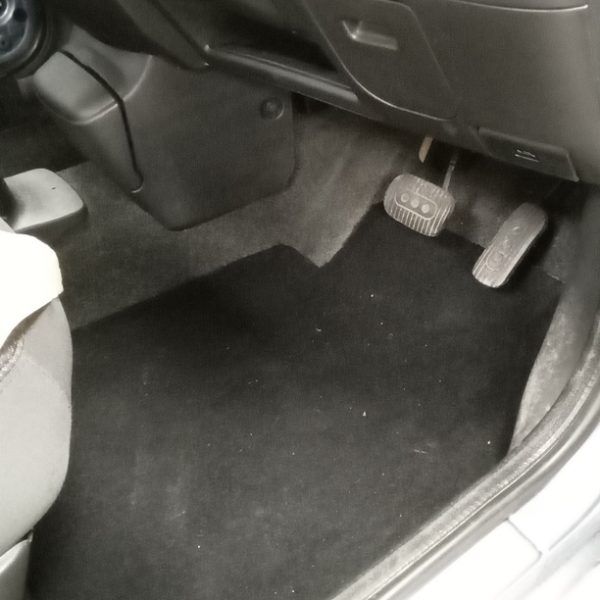
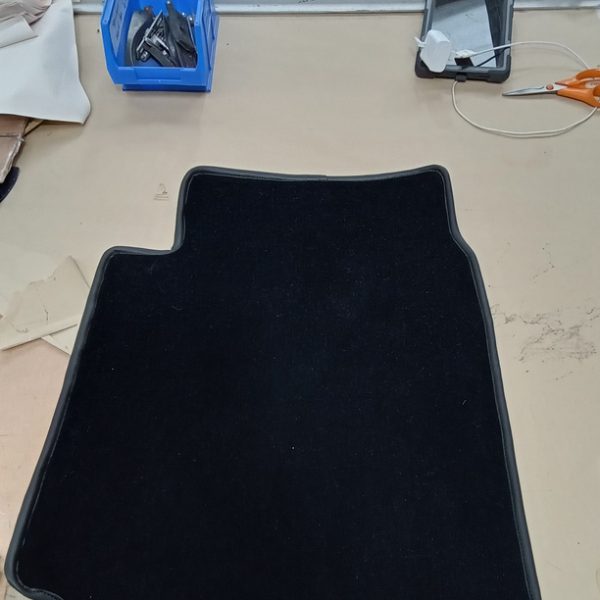
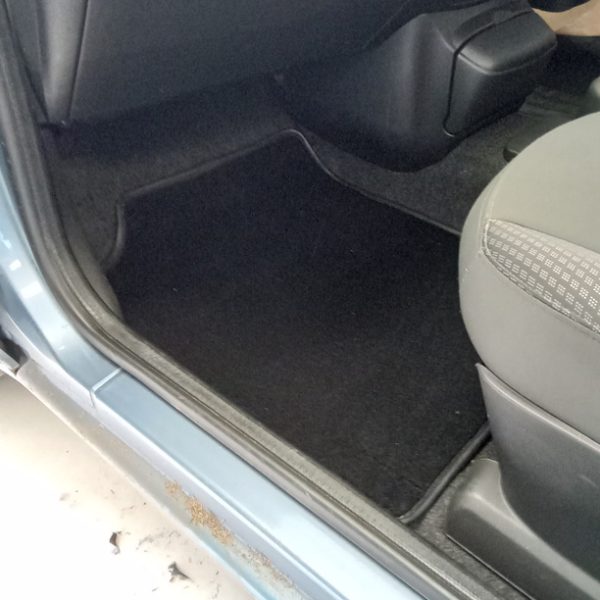


Jonn has been working on our 1964 Ford Zephyr in preparation for it to be delivered to its new owner. Here are his notes:
Carry out pressure test on heater valve before refitting to heater. Fill with water and use air to pressurise. Found small leaks from weld repair on side of valve and seal on inlet pipe. Remove pipe and clean. Fit new O ring and sealer and refit and secure. Mix and apply JB marine weld and leave to go off.
Fill and pressure test heater valve now repair has set. Seems fine. Reassemble heater box and fit back in car. Connect hoses and cables and secure heater to bulkhead. Vacuum pressu4e test system again, this time Vacuum held for approx 5 minutes ok. Fill system and check operation of cable controls. Adjust direction cable and test. Refit centre dash and shelf. Refit handbrake knob. Raise in air and adjust handbrake. Secure exhaust rear mount and get off ramp. Take outside and warm up. Check heater hot. Carry out road test. Found slight hesitation and clutch slow to engage. Bring back inside and strip and remove clutch slave cylinder. Clean out and refit. Bleed clutch and test. Adjust carb secondary air screw and idle speed.
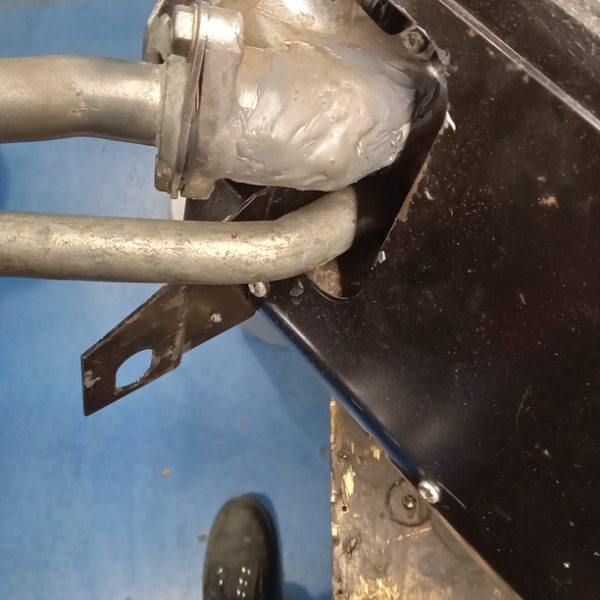



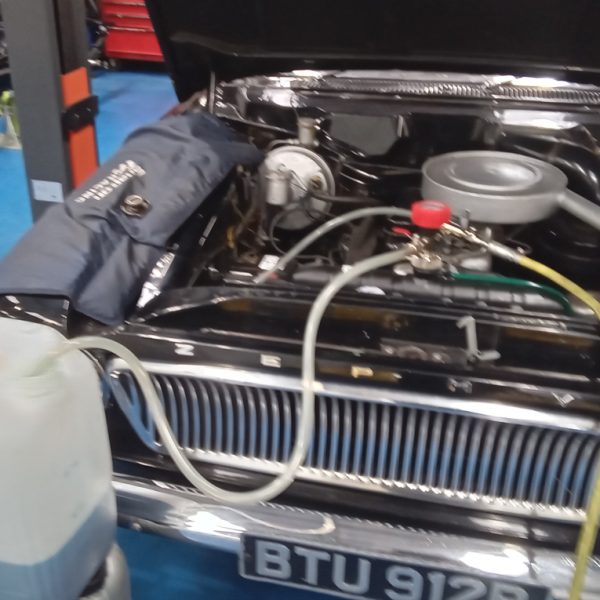
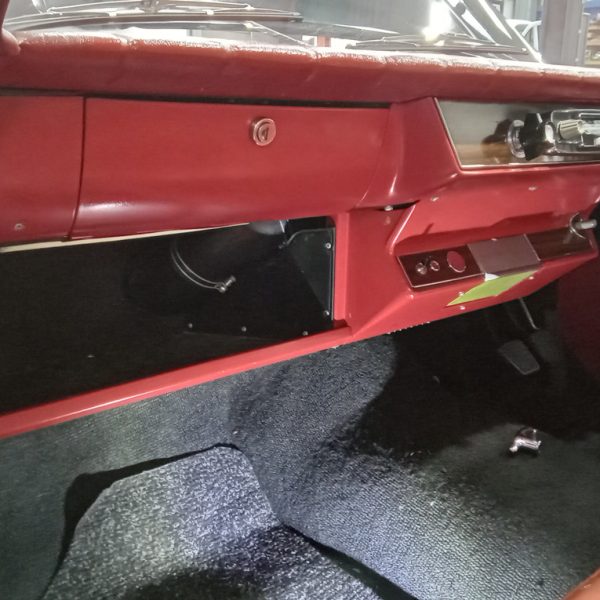
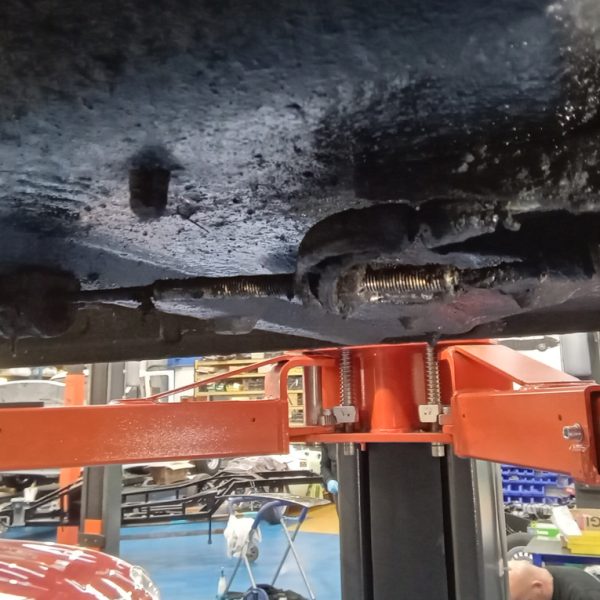

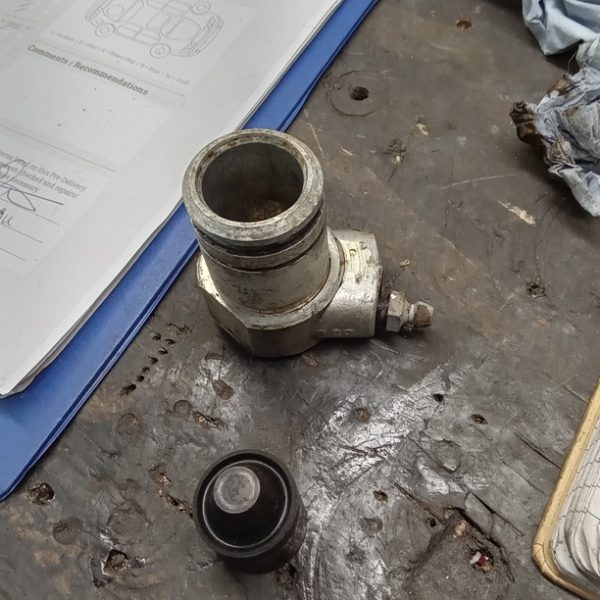
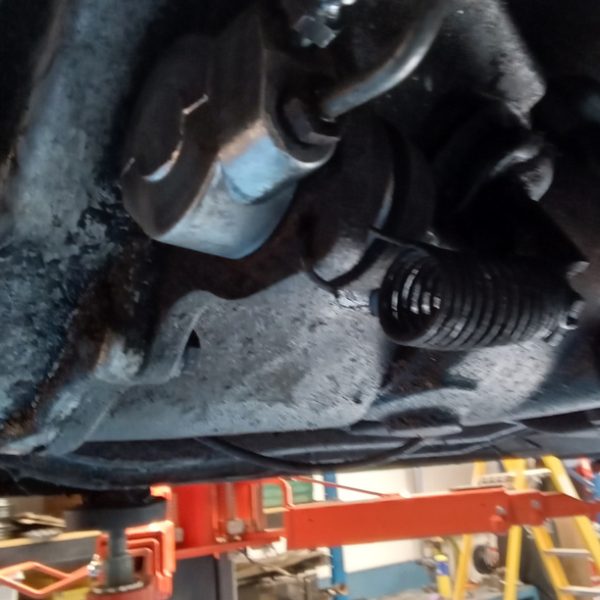
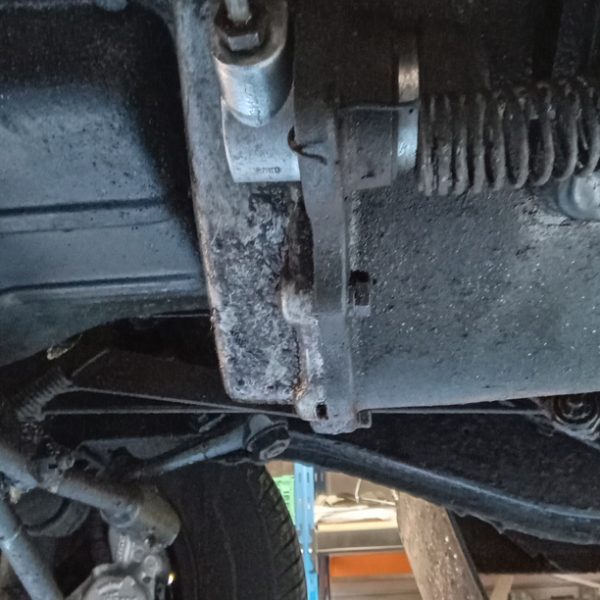

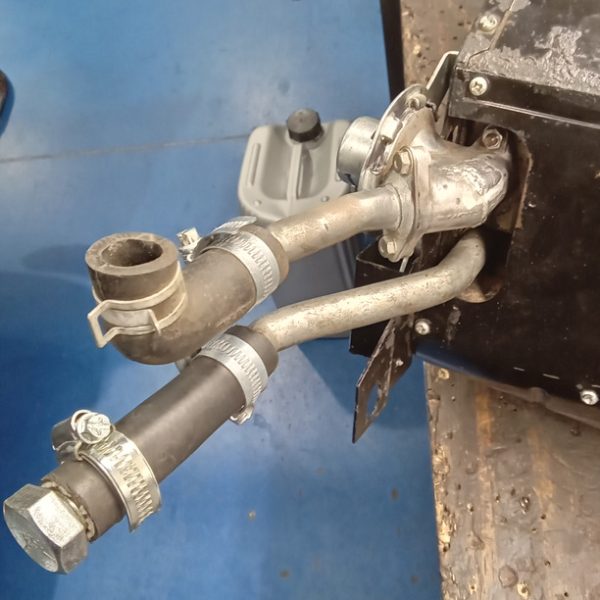
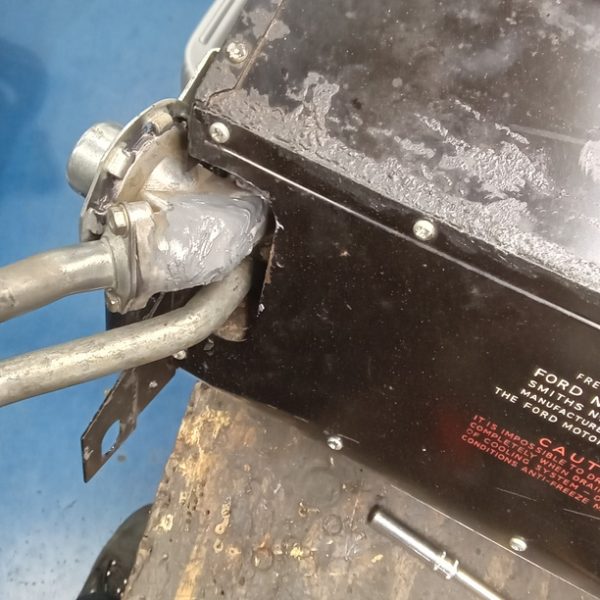

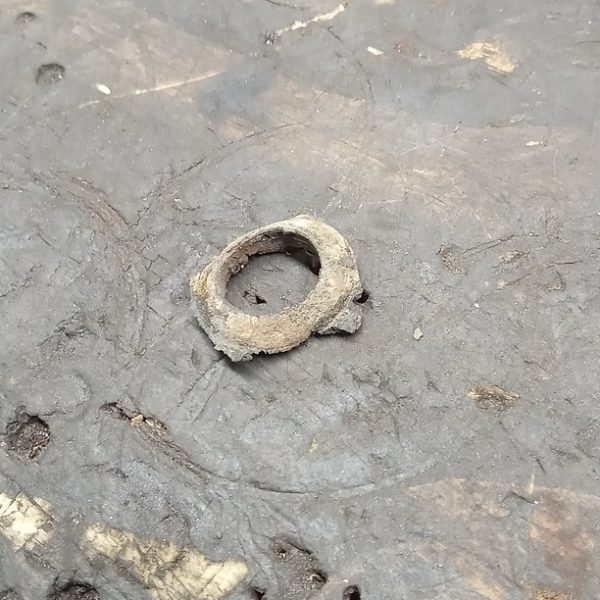
Volvo has officially built its last diesel car!
Back in early February, the Volvo plant in Ghent, Belgium, produced its last diesel-powered car, a V60 and now, a few days ago, the plant in Torslanda, Sweden, saw its last XC90 diesel car roll off the production line.
This is a major event in Volvo Cars’ 97-year history as they now take a big step towards their goal of becoming a fully electric car maker by 2040 (and have net zero greenhouse gas emissions).

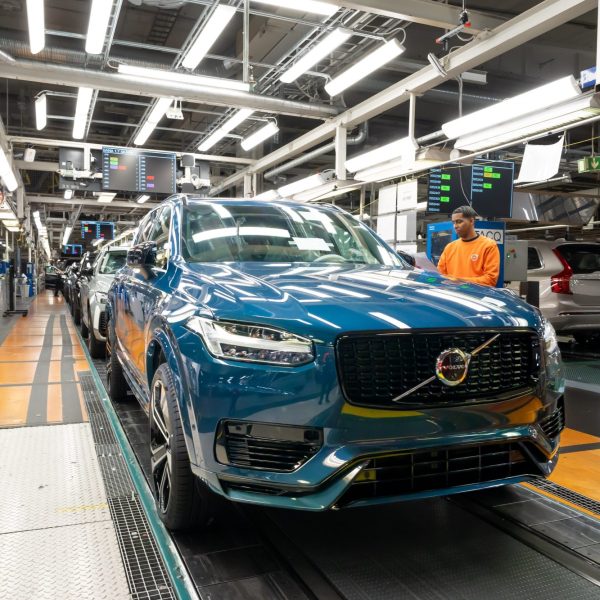

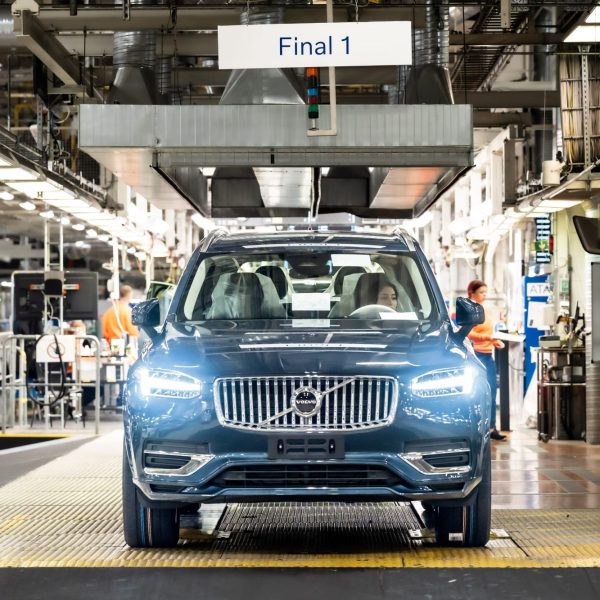
Diesel engines have long played a part in the history and success of Volvo. However, in recent years things have changed. Regulations, customer demand, and people’s increased focus on climate change and alike have meant that electric car sales have dramatically increased.
For example, five years ago, Volvo were selling more diesel cars than any other engine type in their range throughout Europe. Today, most of their European sales are electric! Last year, Volvo increased its sales of fully electric cars by 70 per cent, and its global electric market share by 34 per cent.
Although the future of Volvo will be electric, their current portfolio still includes plug-in hybrids and mild-hybrid models.
Sorry, Volvo……euer größter Fehler auf Elektro zu setzen. War schon falsch 5 Zylinder abzuschaffen, aber gänzlich die Verbrenner???
Ich werde nach dem Tod meines 5 Zylinder xc60, mir keinen Volvo und schon gar nicht elektrisch kaufen….. dann lieber,, alte co2 schon kostende Fahrzeuge“ kaufen und weiter nutzen bis zu deren kompletten Tod 😉
We recently welcomed the SCC | Private Members Club into The Atelier at Bridge Classic Cars.
While they were here, they had a look at all of our current restoration projects as well as spending a bit of time admiring each other’s cars too.
They arrived in an impressive fleet of supercars and it was great to see them all. We hope to see them again soon.
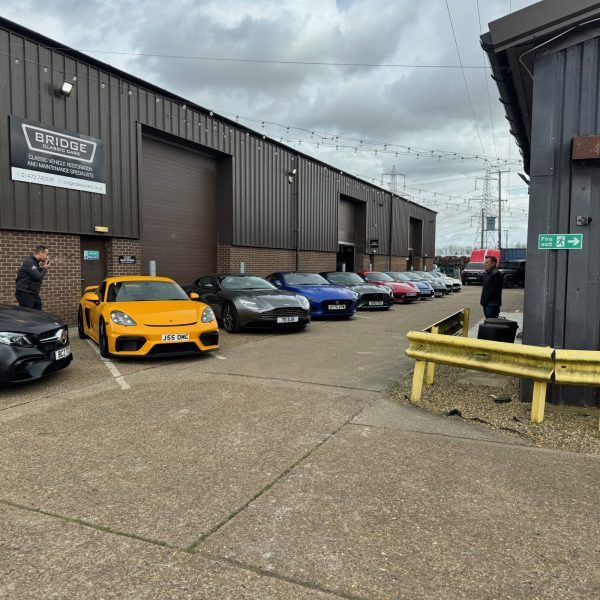

Our 2010 Land Rover Defender 110 was recently featured in a post by Georgie from GeorgieLostintheWild on Instagram.
It looks great out in the wild and we are very pleased she enjoyed driving it as much as we do.
Our very own Captain Jack recently had an article published on Superyacht Content.
Entitled ‘Private or Charter, Which is Better for You?’ Jack’s article discusses whether it is better to work on a private or charter yacht.
The full article can be read here.
John has been fitting the temperature sender to our 2022 Bridge C-Type Replica. He also routed the wiring and secured it under the manifold.
He then started to fit up the bonnet before fitting the headlight mounts and headlights to both sides.
The grille was fitted to the air intake which was then installed.
John then polished the front panels and radiator top as these are visible through the grille.
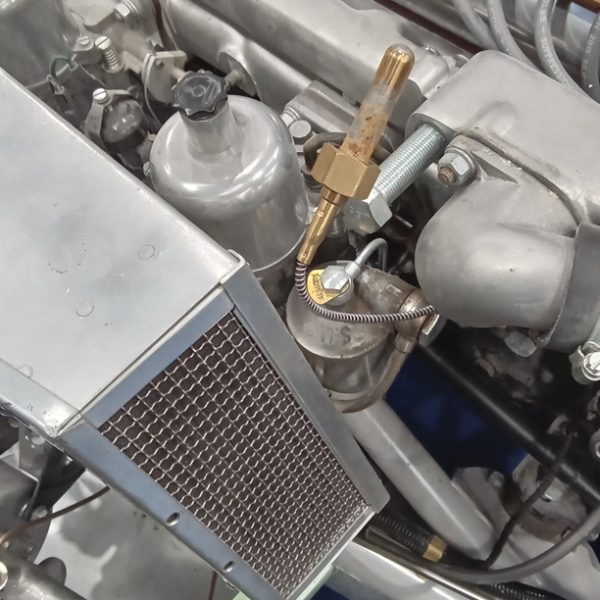

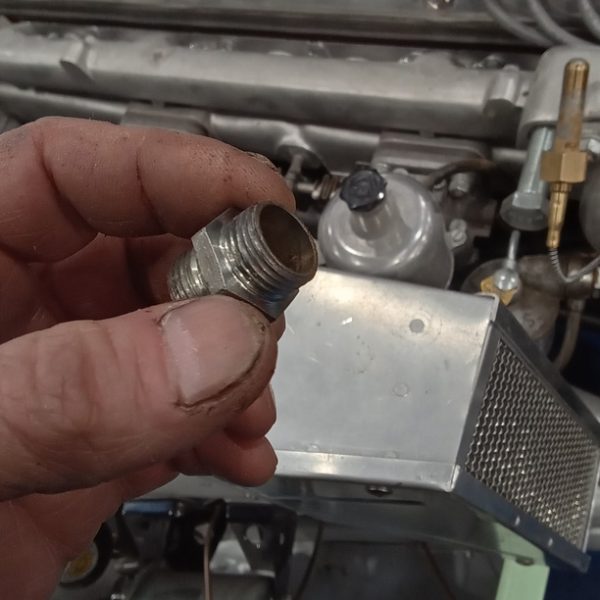
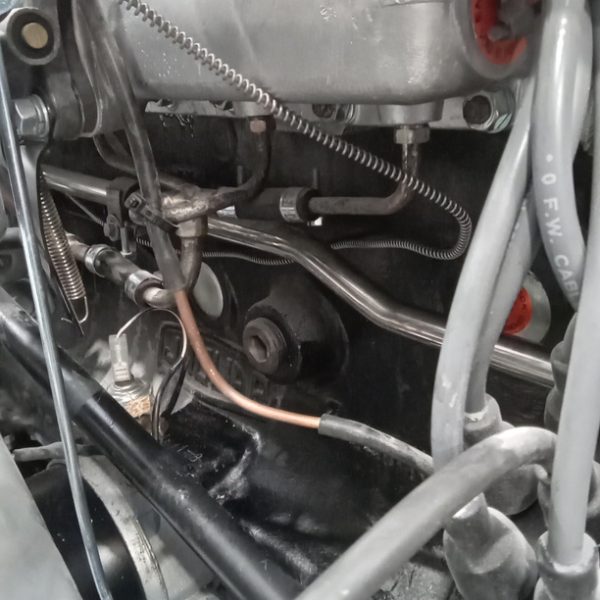

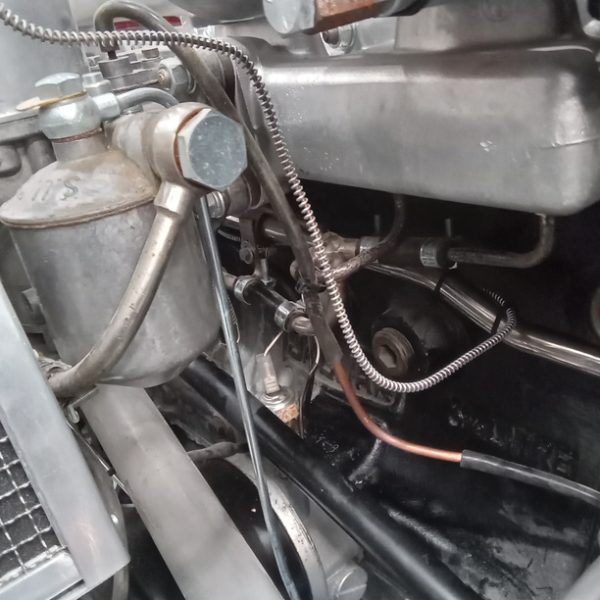
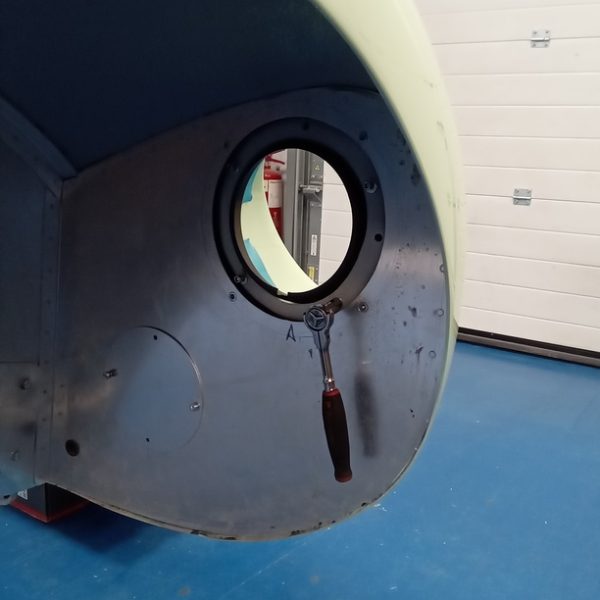
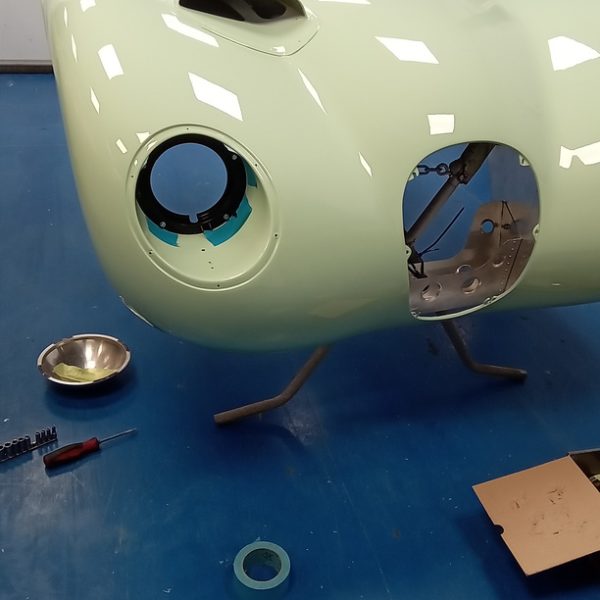

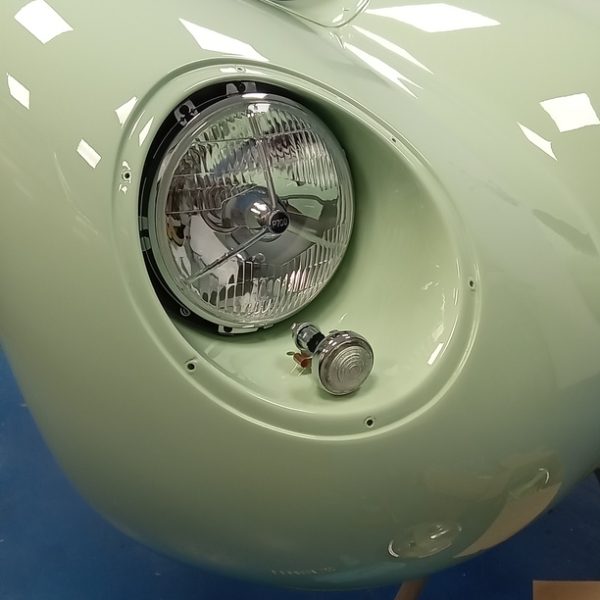
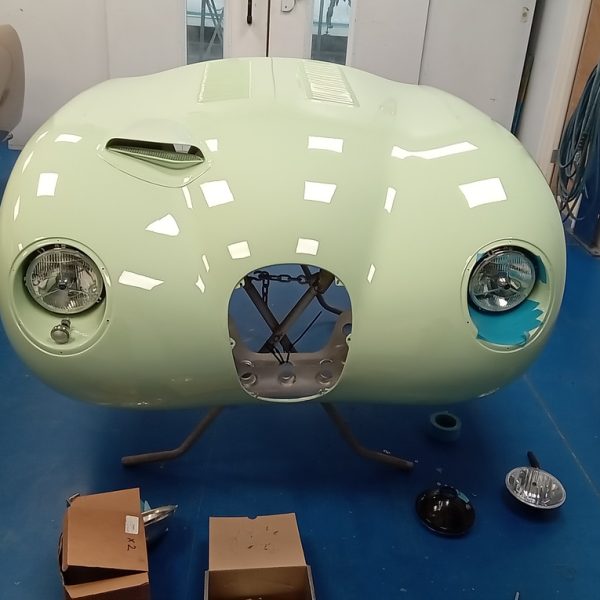

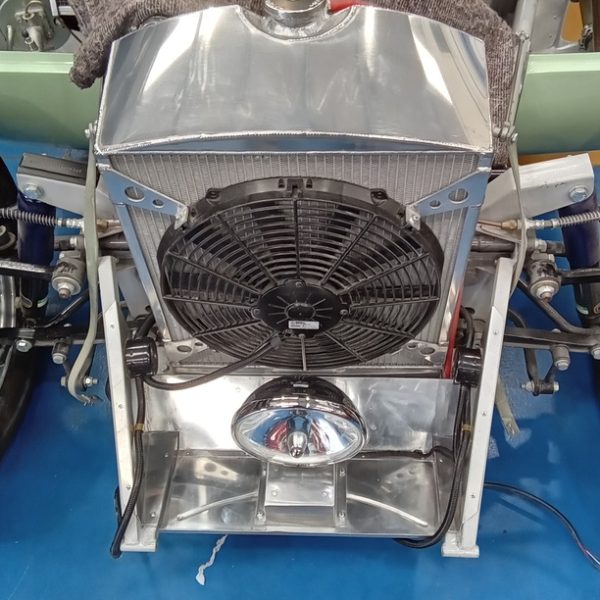

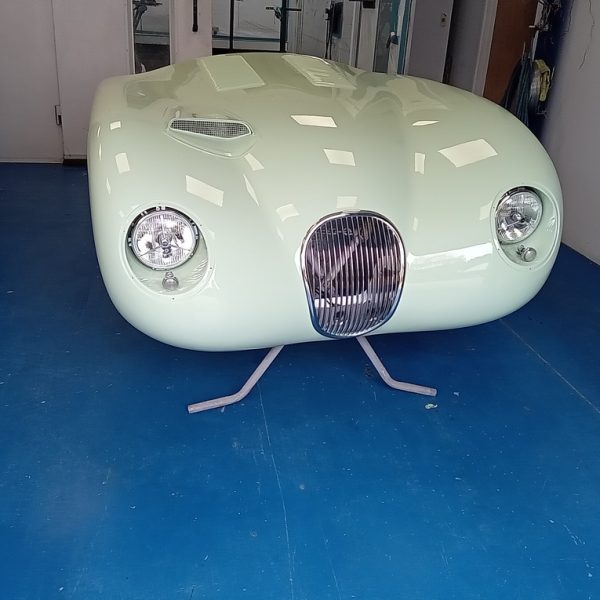
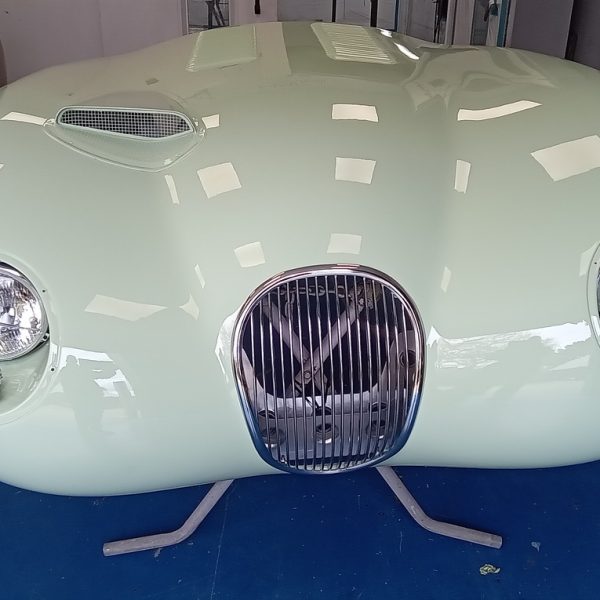
In the hands of Lydia, our expert chair do-er upper, our office chairs are about to get a bespoke makeover in preparation of the opening of our new events space.
Although the chairs are your typical office chairs with no real character we didn’t want to see them scrapped so Lydia will look to strip them back and transform them into something special.
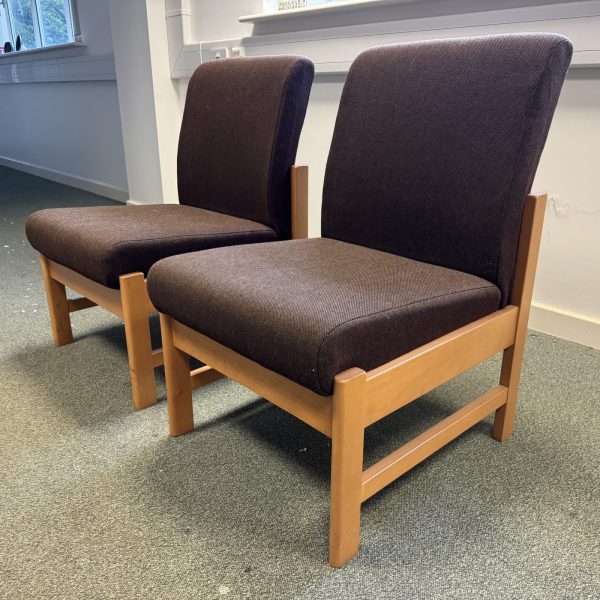
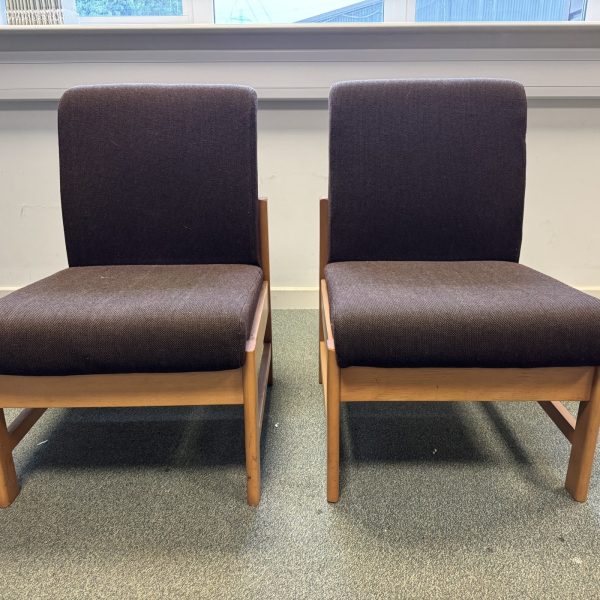
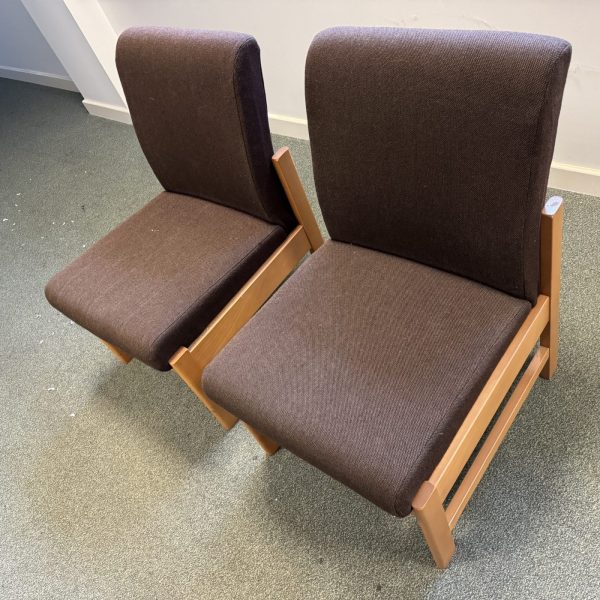
Our 1963 Bentley S3 Continental Coupe has been in the Bridge Classic Cars paintshop with Chris. He has been rubbing down, applying primer, and painting it this fantastic Gold colour (Sand II).
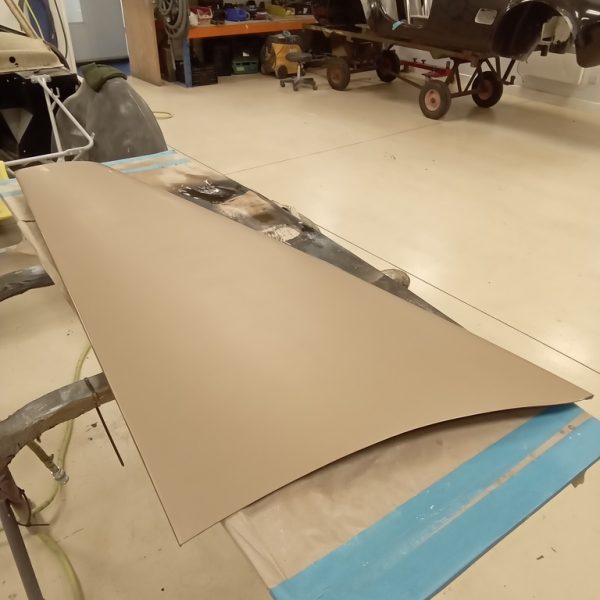

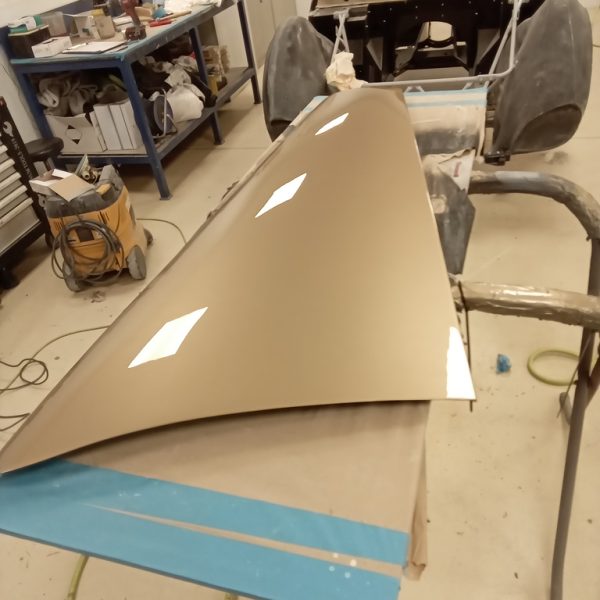

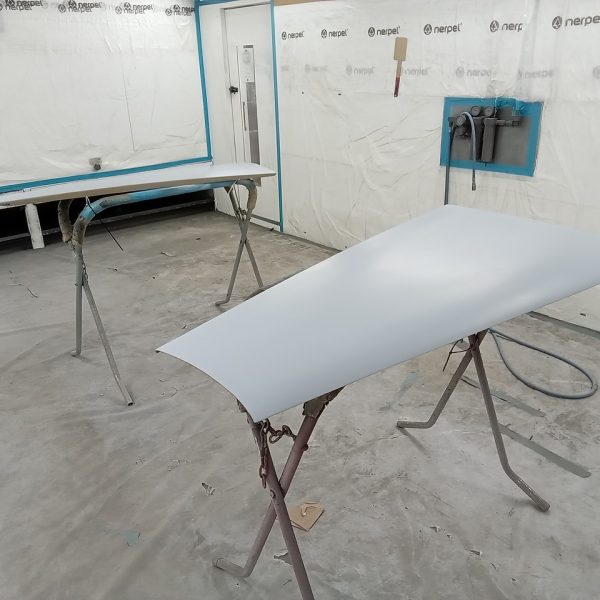

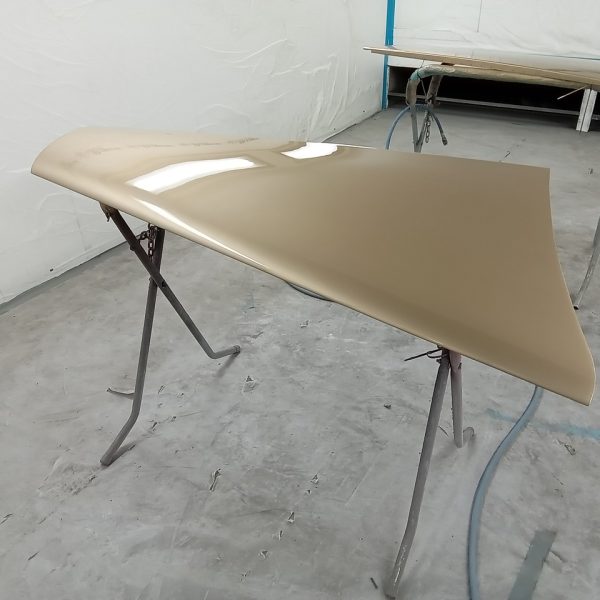
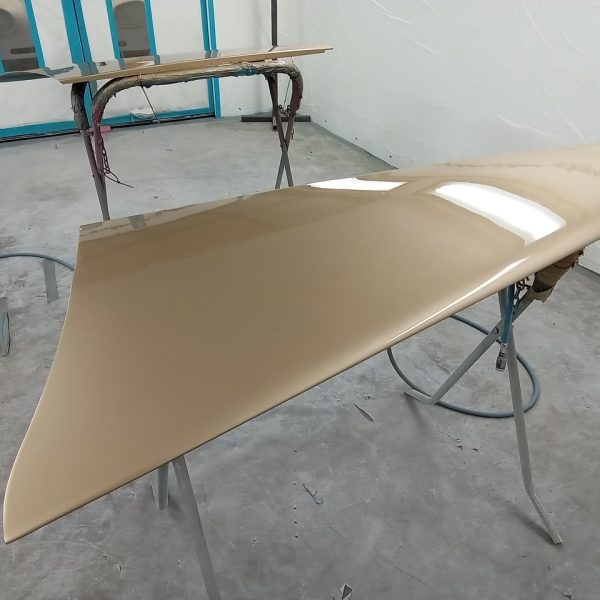
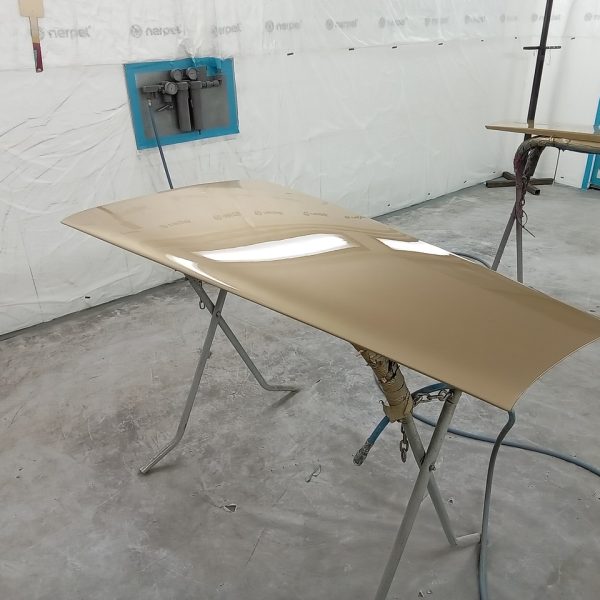


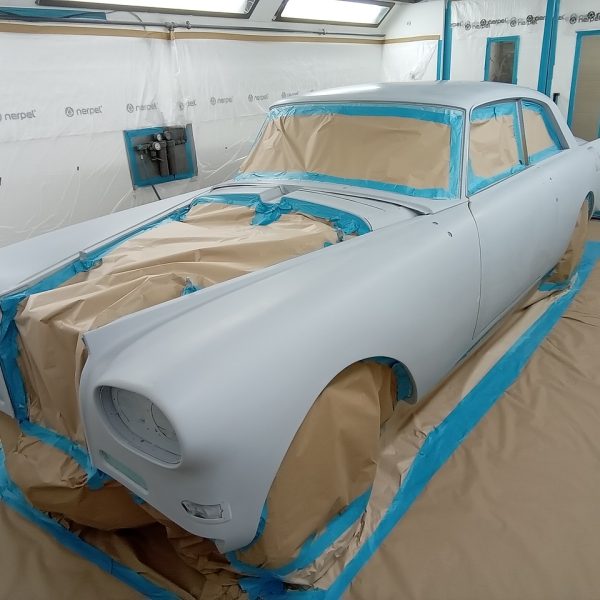

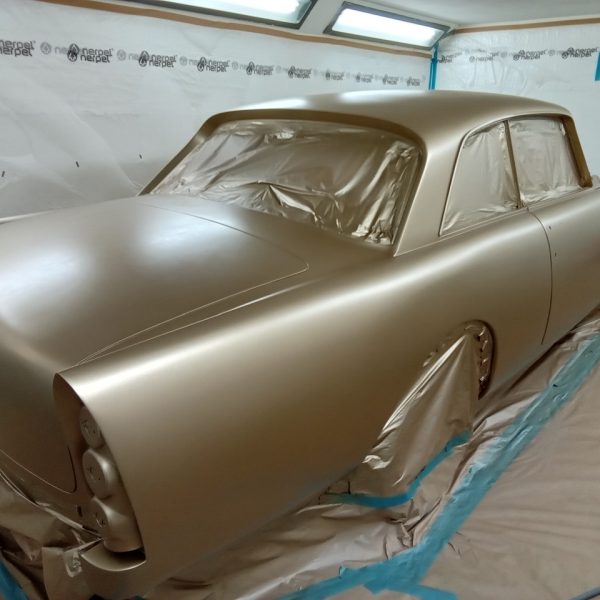

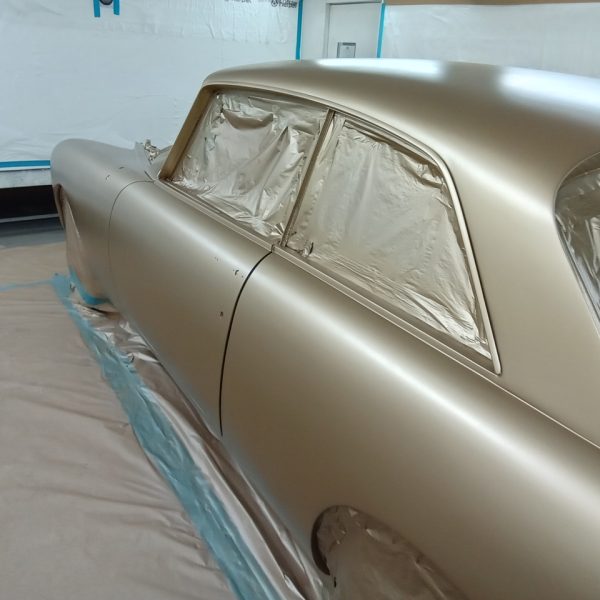
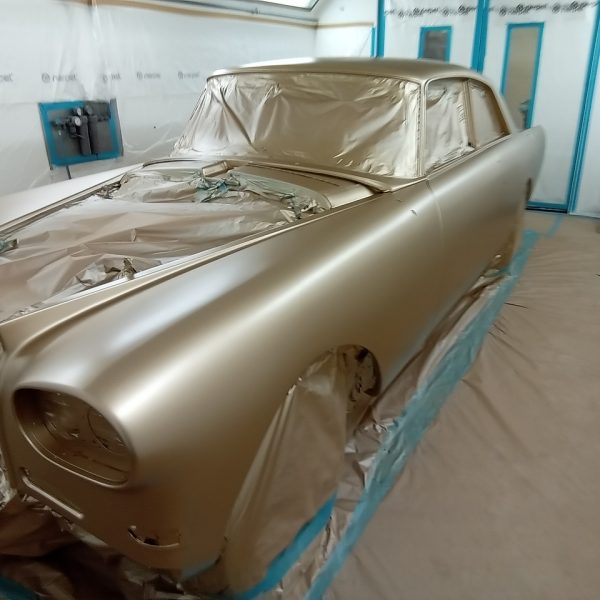
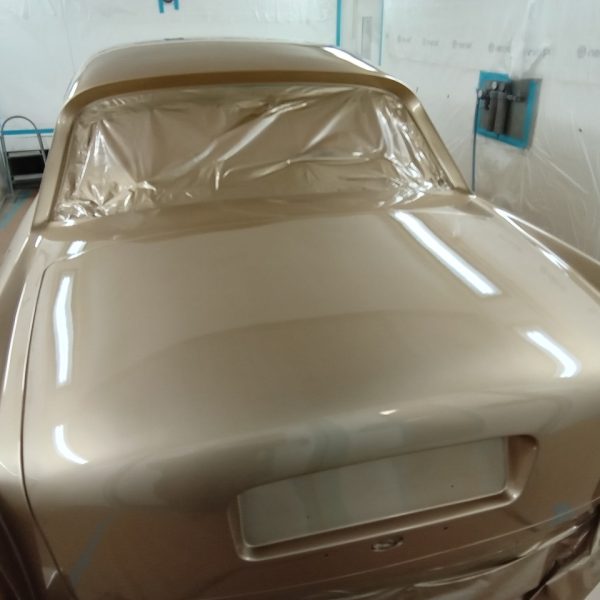
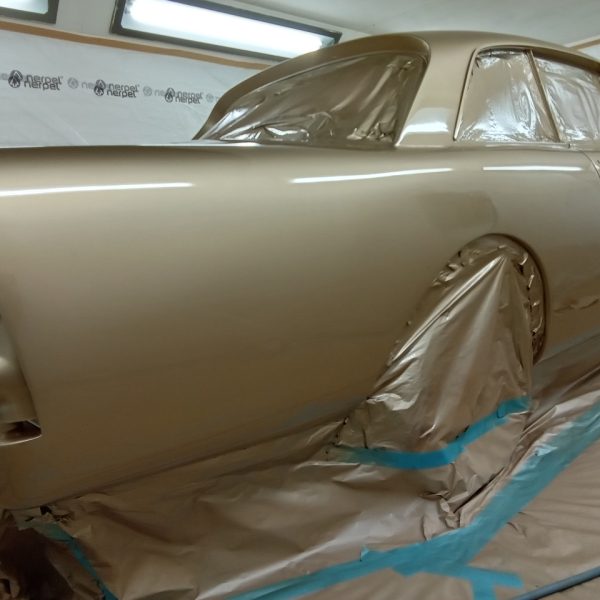
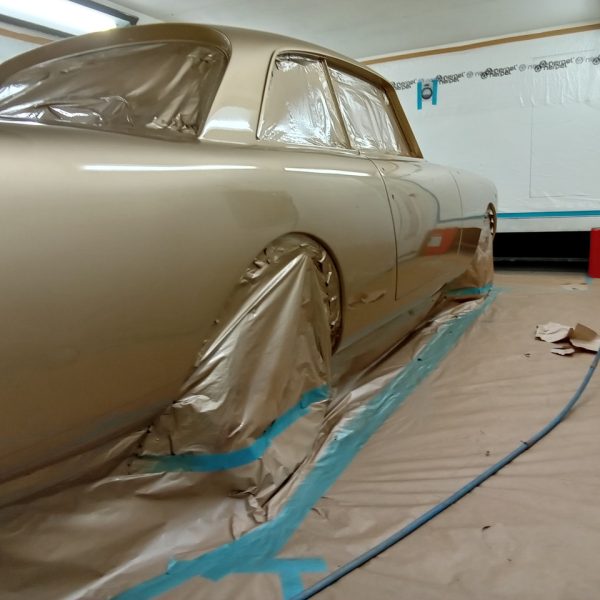


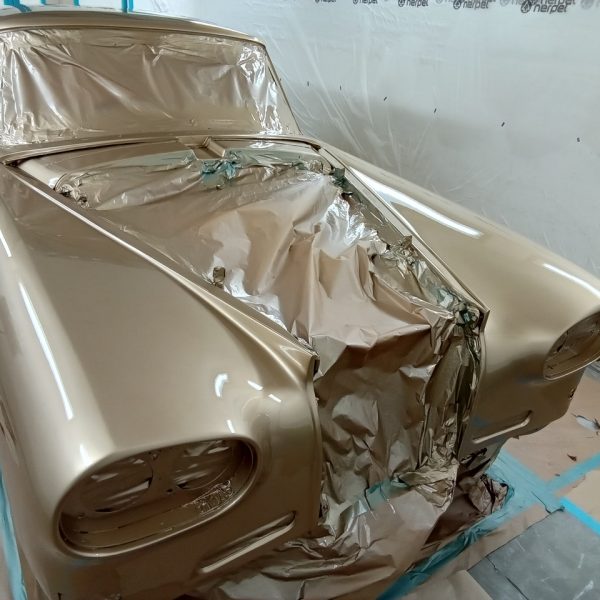
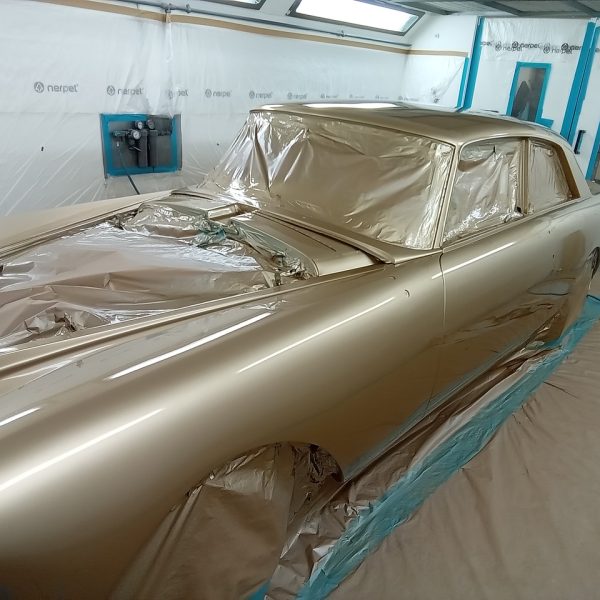
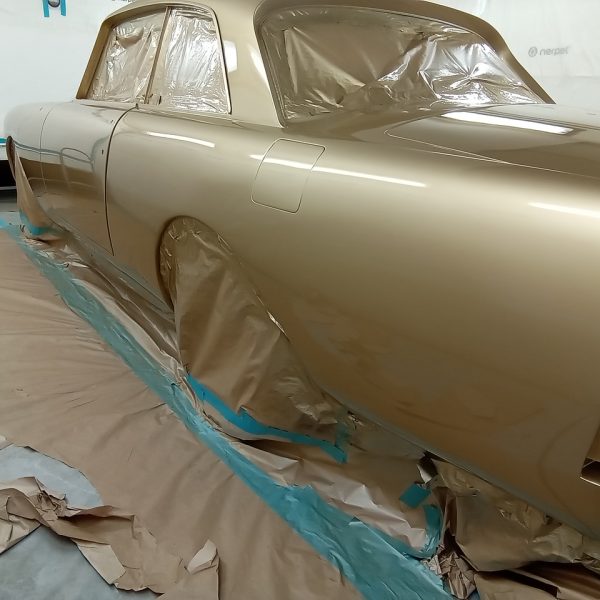
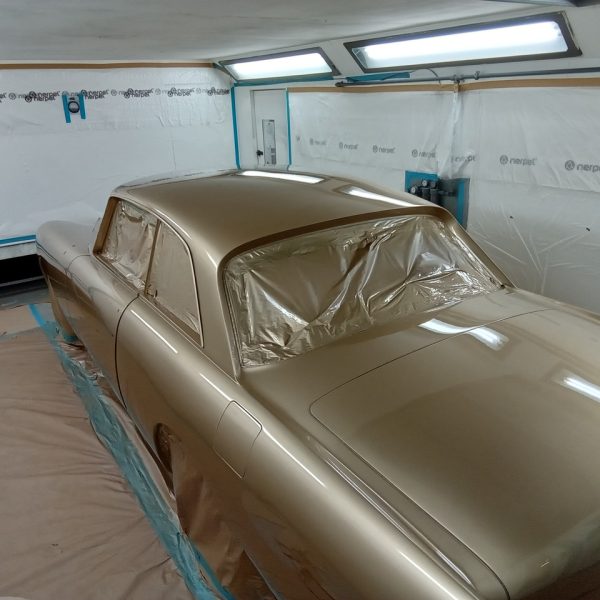

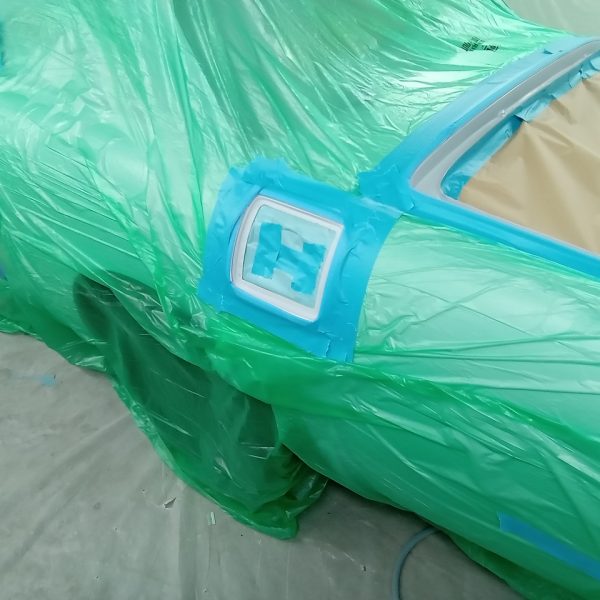


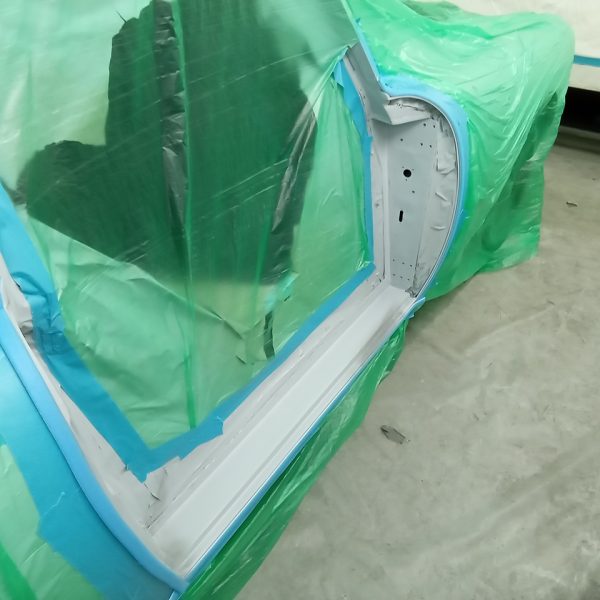
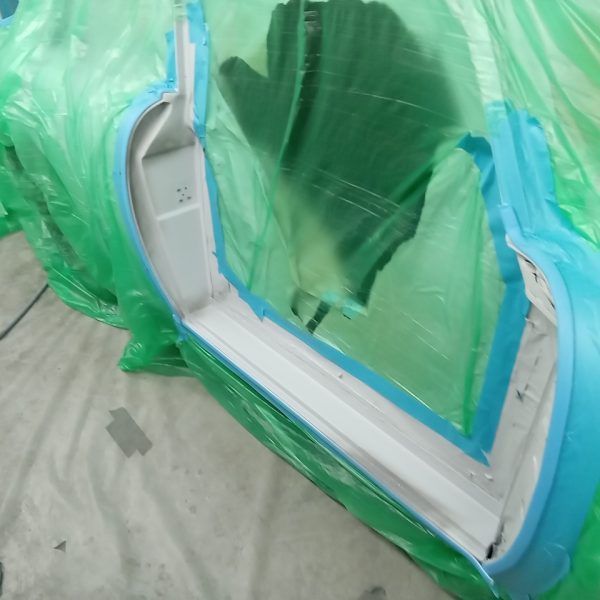
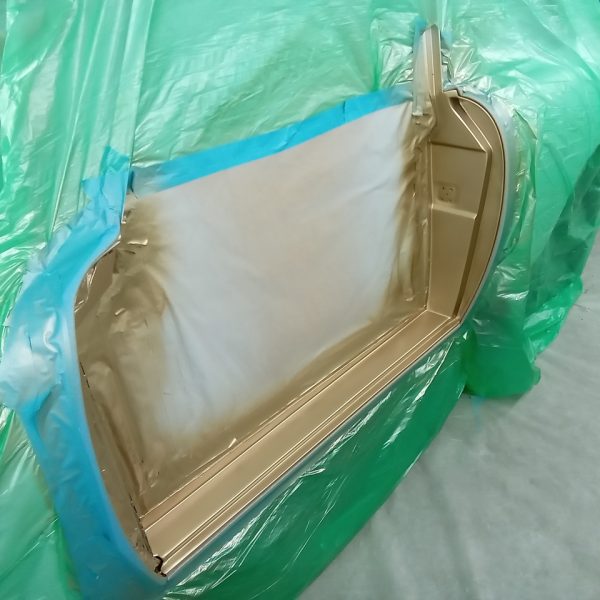
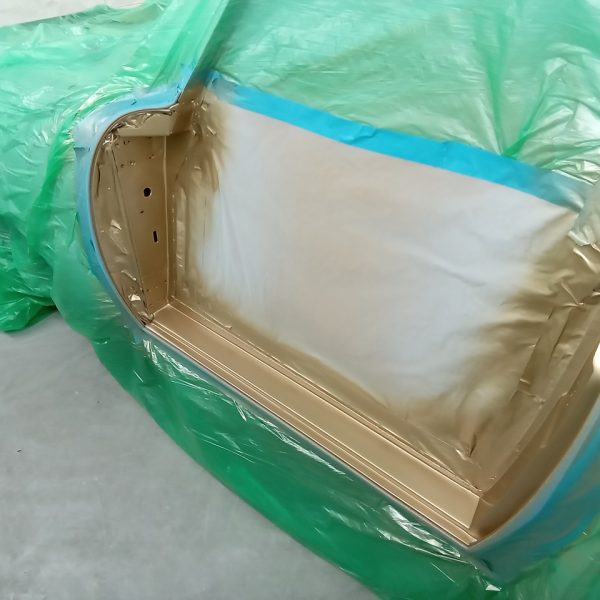



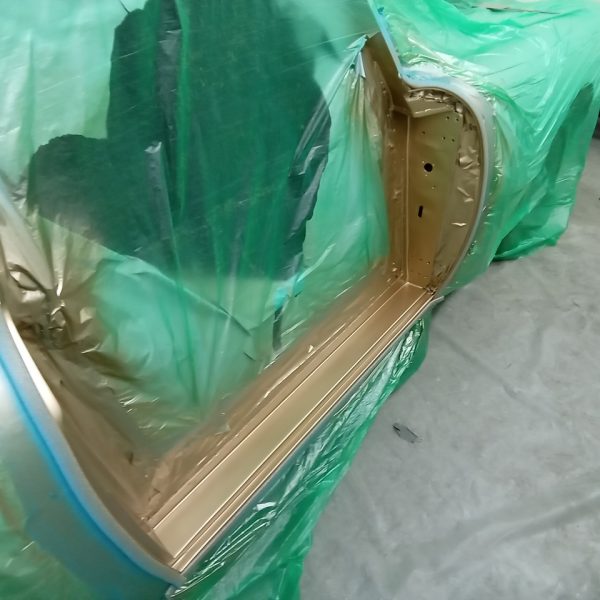
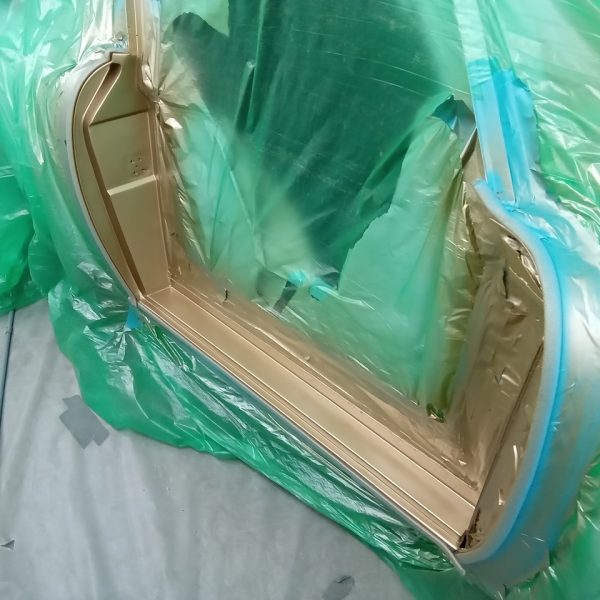


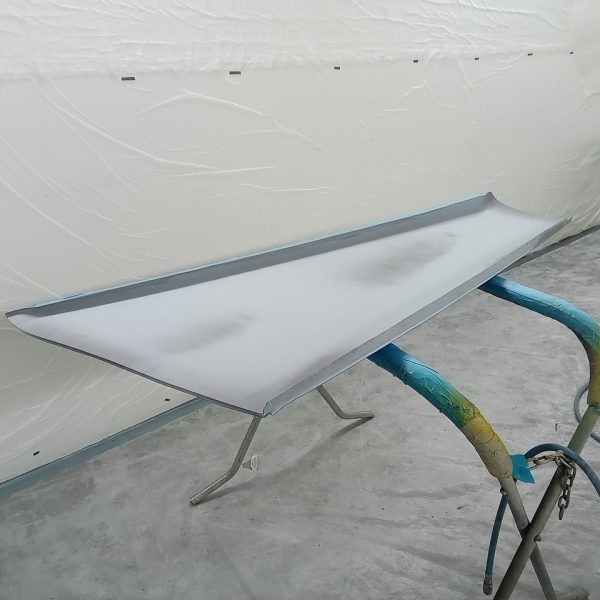

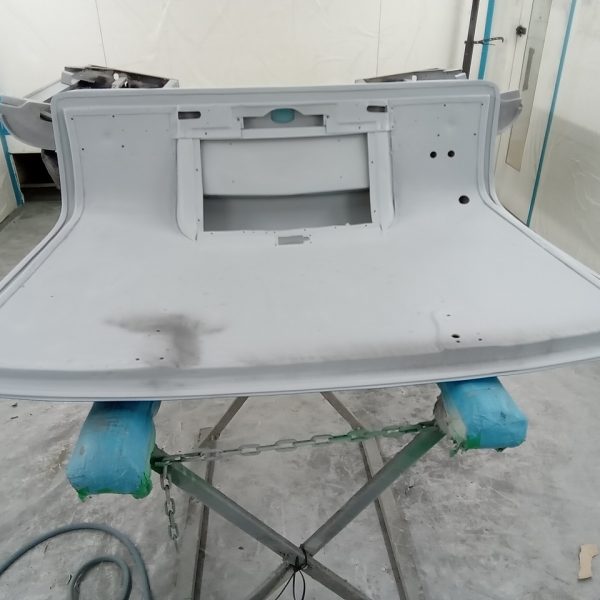



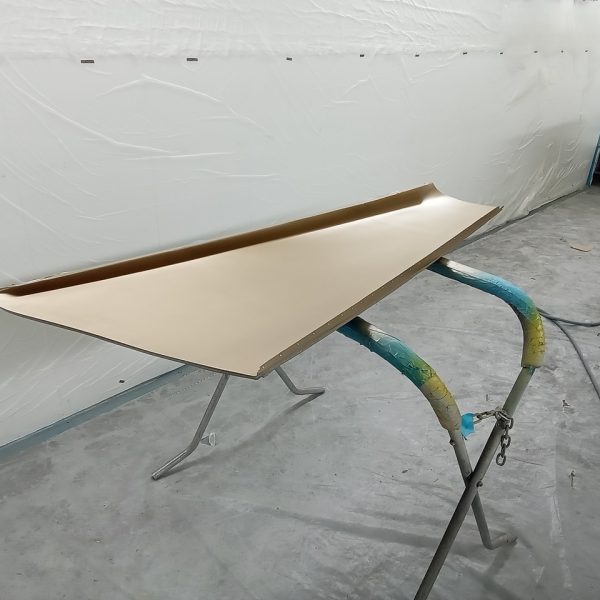
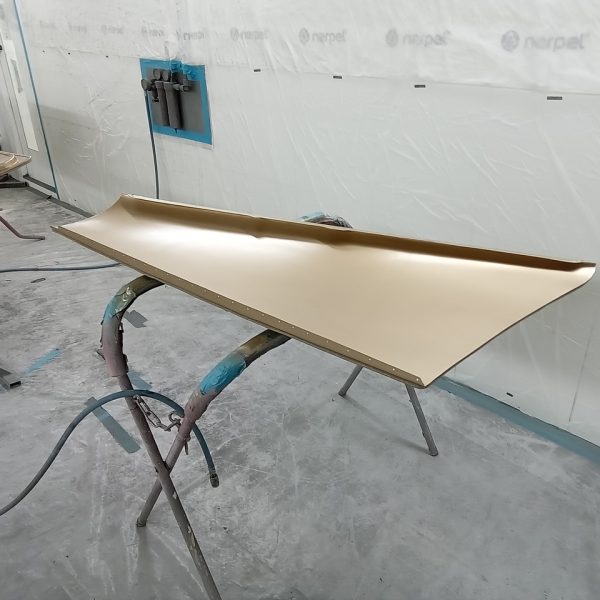




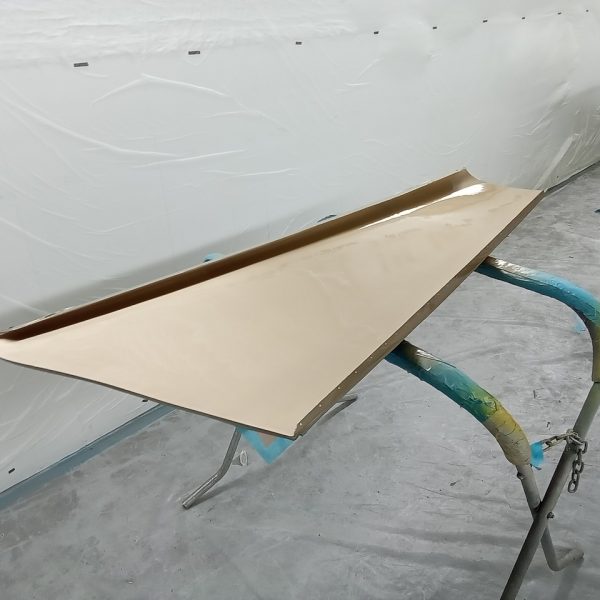

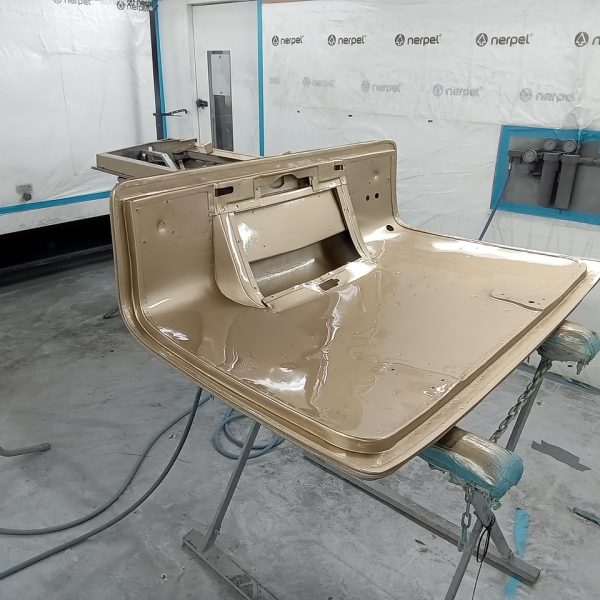
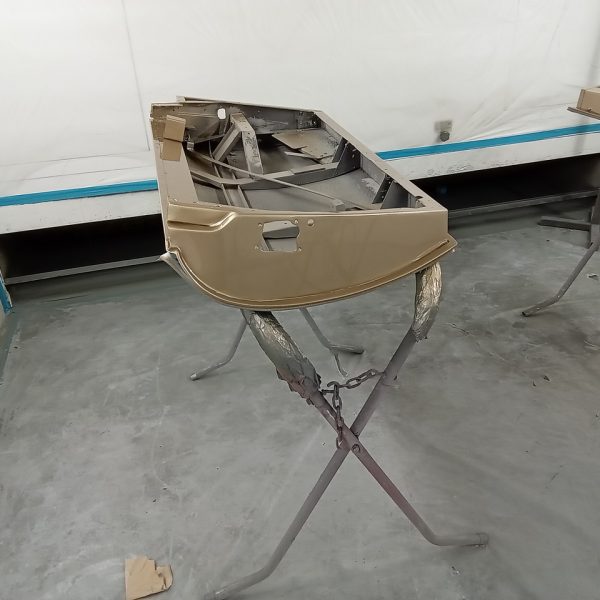
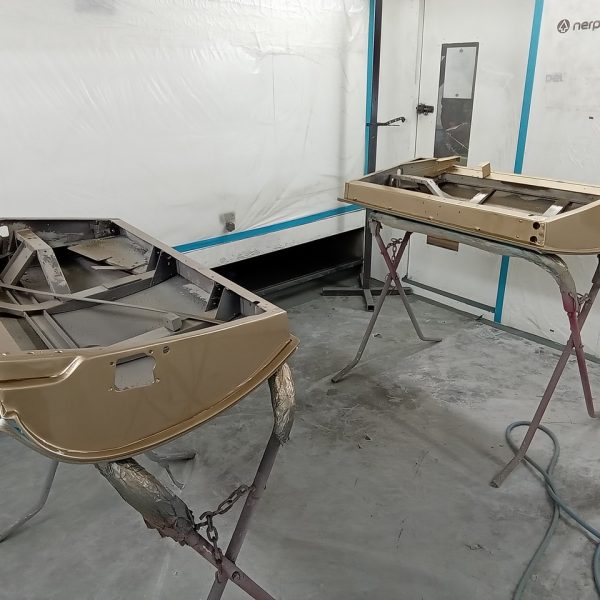
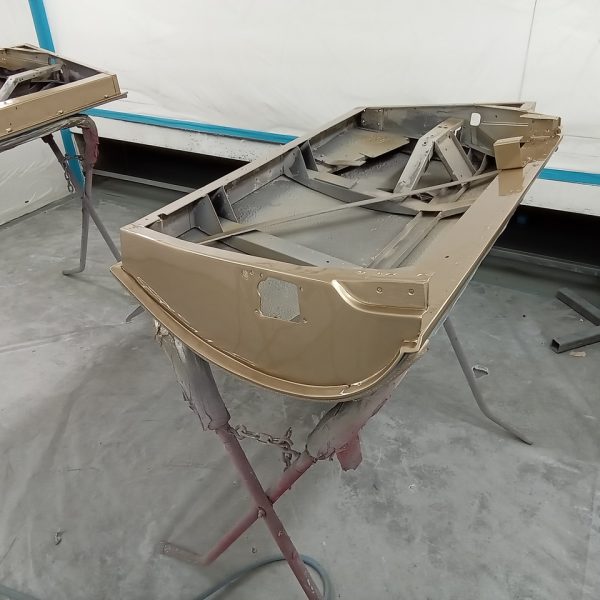
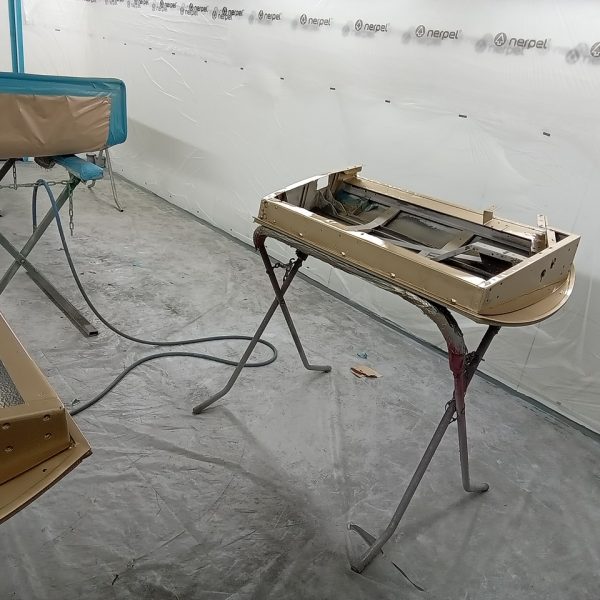
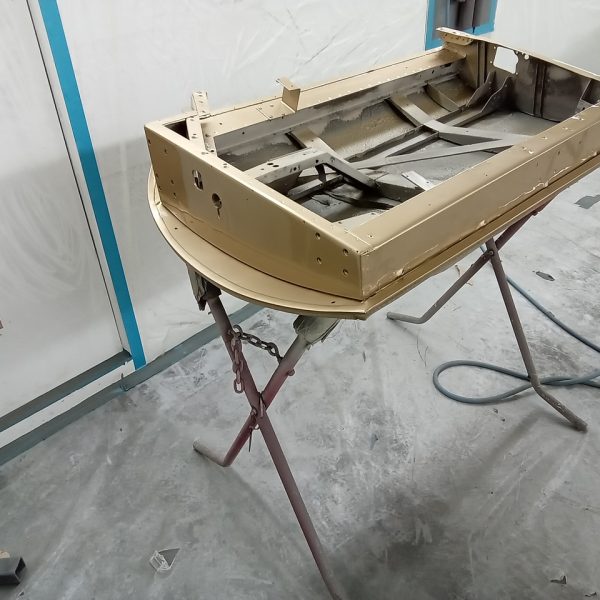
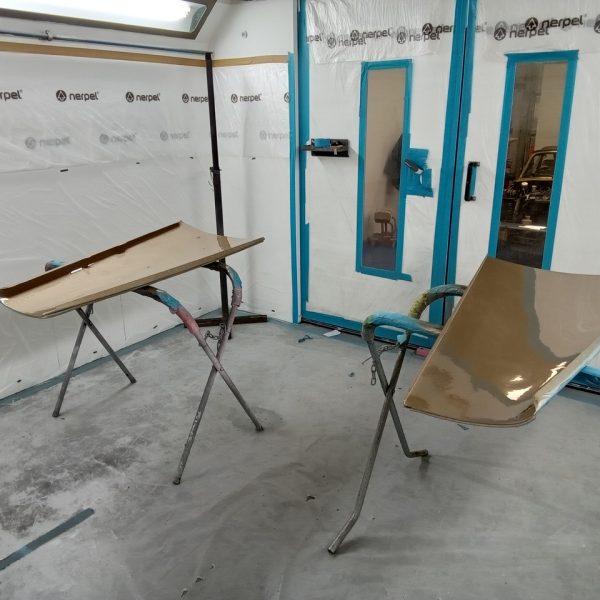
Tony recently collected our 1964 Mercedes 230SL from its owner and took it to our secure storage facility.
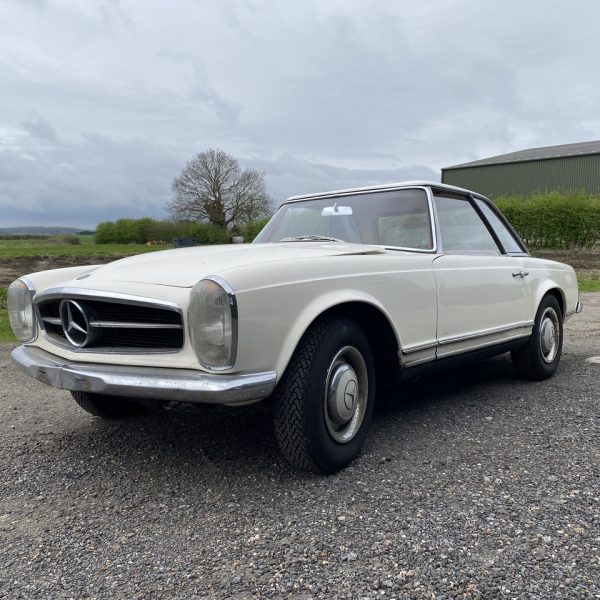
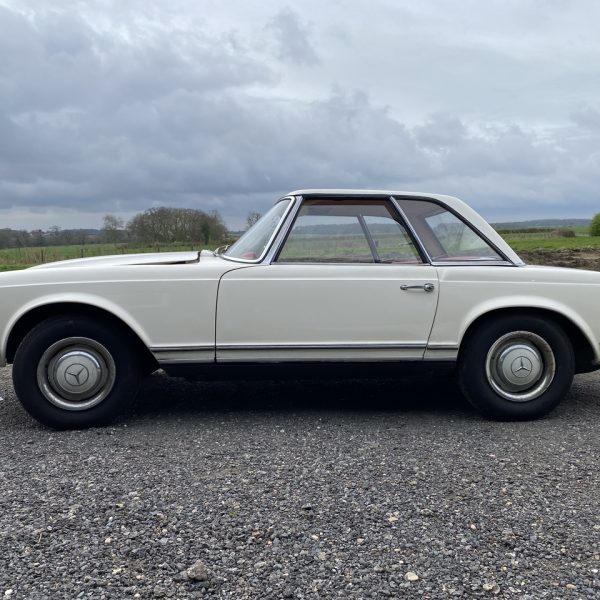

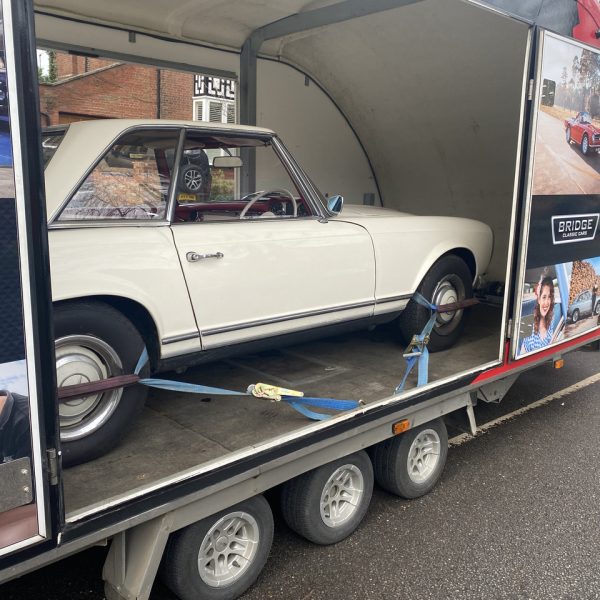

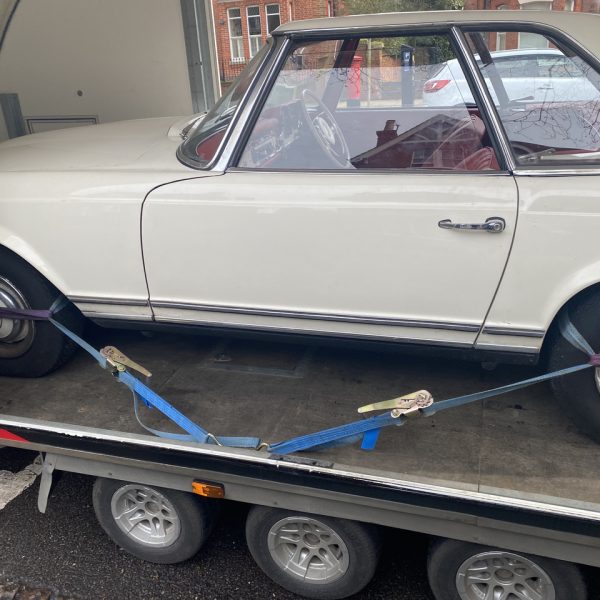
Our 1979 Triumph Spitfire was recently transported ready to be filmed in preparation for it to be available to win through Bridge Classic Cars Competitions.
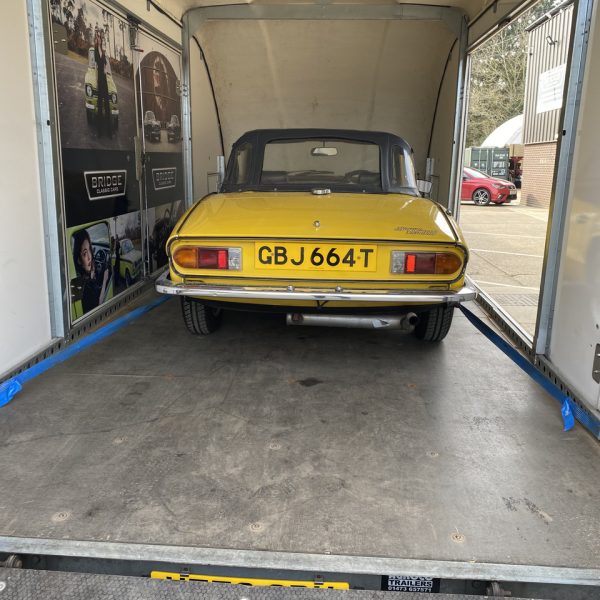


In a recent survey, commissioned by Volkswagen Commercial Vehicles, 49% of Brits said that they find parking stressful and take whatever measures possible to avoid certain manoeuvres.
Additionally, one in four UK drivers said parking with family members in the vehicle is even more stressful.
Of all the parking manoeuvres, reverse parking came out as the most stressful with 15% of the vote.
All of these statistics have led to more than half of UK families (57%) having concerns about buying or using a large car because of parking stress, despite the ever-increasing preference for a larger vehicle.
The average UK garage measures 2.4m x 4.9m. However, the average size of vehicles in the UK continues to increase as a result of greater demand and increased safety legislation. This means that more precise parking manoeuvres are needed to keep your car safe and secure.

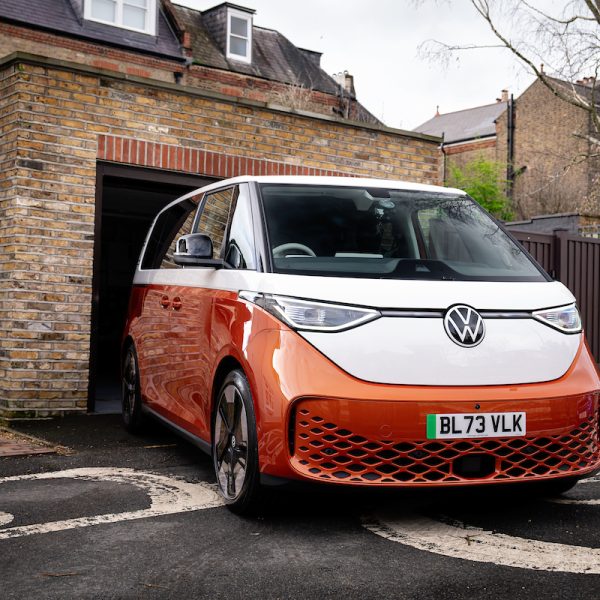

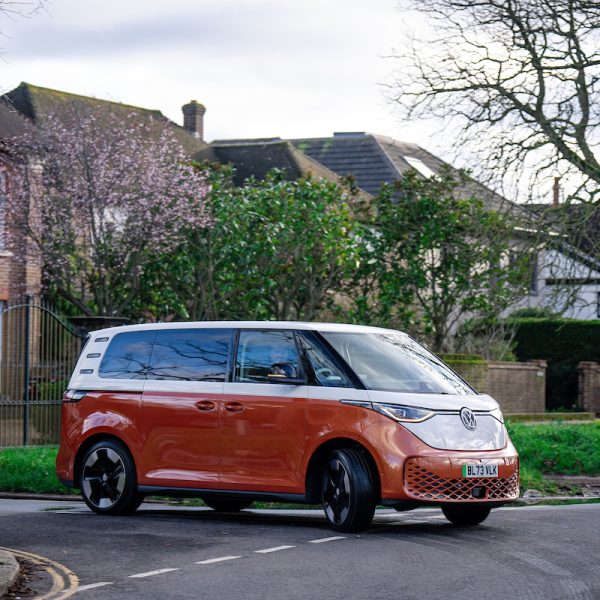
This survey was conducted as part of the promotion of the Volkswagen ID. Buzz. This is fitted with the new Park Assist Plus with memory function which can automatically reverse park the vehicle in both parallel and perpendicular spaces.
Available across the Volkswagen ID. Range, the Park Assist Plus system can be taught up to five different parking manoeuvres. The function remembers parking manoeuvres at speeds below 40km/h with a travel distance of up to 50 metres – for example, for reversing into a tight bay or garage. The driver just has to park once and save that manoeuvre, enabling the car to complete the same sequence autonomously, in future.
Before carrying out a parking manoeuvre, Park Assist Plus can also search for a parking space. It does this thanks to its intelligent assistance system which detects suitable parallel parking spaces at speeds of up to 40km/h and parking bays at up to 20km/h. Once a suitable spot has been found, the driver presses the brake and activates the parking procedure.
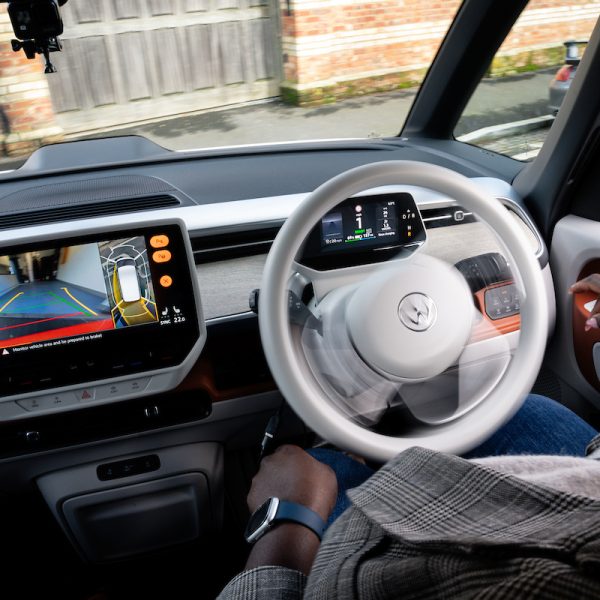
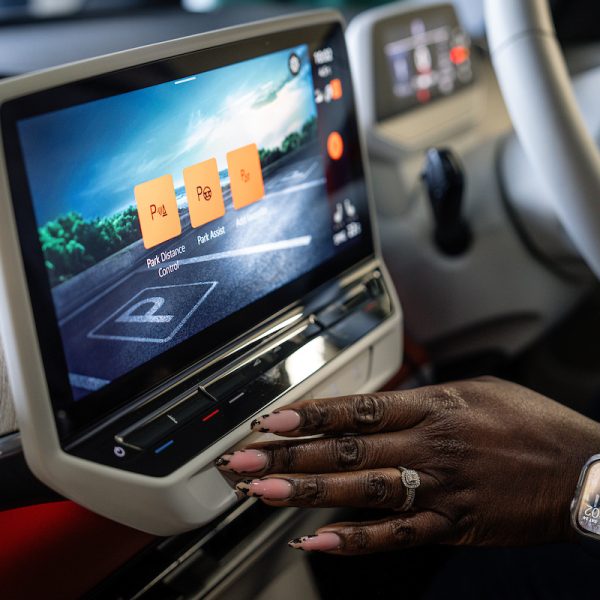
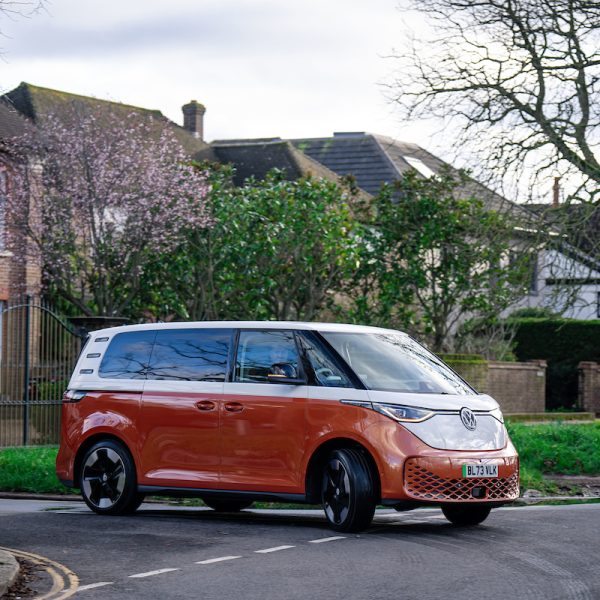
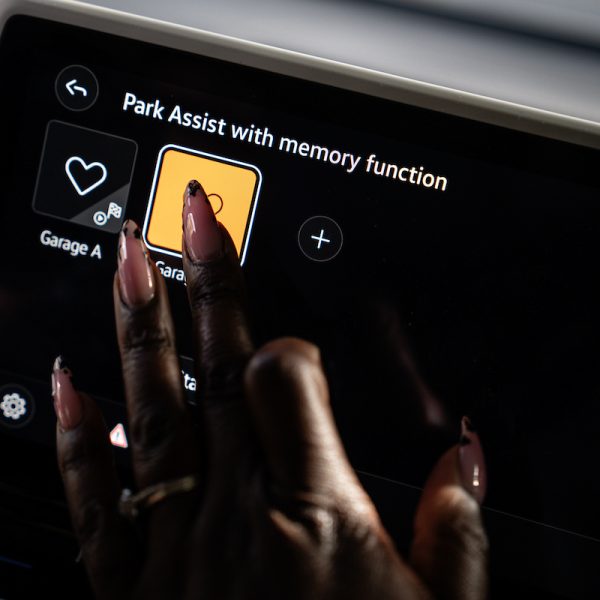
With 1,121 litres of cargo space, a practical and spacious interior for five, and up to 258 miles of range on a single charge, as well as six USB-C charging points and touchscreen infotainment, the ID. Buzz makes for an interesting family vehicle.
Built on Volkswagen’s electric-first Modular Electric Drive Kit (MEB), the ID. Buzz is Volkswagen Commercial Vehicles’ first factory-built all-electric model, providing customers with the ability to travel in a stylish, zero-emission commercial vehicle.
Results are taken from a OnePoll survey of 1,000 drivers, with a family, in the UK, conducted in December 2023, commissioned by Volkswagen Commercial Vehicles.
Arriving to us via H&H Classic Auctioneers, from world renowned luxury and performance car specialist Hilton and Moss, here we have the absolutely stunning 1988 Mercedes 300SL. Being a 500SL R107 owner myself I have a real soft spot for this model. In my opinion, one of the coolest cars to own, as an everyday run around or a show winner. Like many classics, over the years we have witness a gradual rise in rarity and value on the R107, thanks to the increase in market value of the previous models.
Let’s discuss our latest addition. The 300SL was introduced at the September 1985 Frankfurt Motor Show, the ultimate six-cylinder derivative of Mercedes-Benz’s renowned R107 series. Sharing the same two-door monocoque bodyshell, all-round independent coil-sprung suspension and power-assisted steering as its V8 brethren it proved notably more fuel efficient. Fitted with a four-speed automatic transmission as standard, it further benefited from improved anti-corrosion treatment and ABS brakes. Only in production between 1985 and 1989, just 13,443 300SLs are thought to have been despatched worldwide.
Our stunning 300SL was delivered new by Mercedes-Benz main dealer Callanders of Glasgow to Cheshire Products Ltd on the 18th of March 1988.
It stayed with the company as a director’s vehicle for six years before passing into the hands of its second owner, a Mr Ian Jeffery, on the 25th March 1994. Mr Jeffery clearly liked the car as he kept it for the next 24 years.
The previous owner, Mr Martin Mitchell, acquired the Mercedes on the 25th of May 2018. Finished in Nautical Blue Metallic with a contrasting Cream leather interior, this Mercedes roadster is fitted with an automatic transmission and comes with its original factory hardtop.
The overall condition of this classic 300SL is very good and stamps in the Service Booklet together with the old MOTs and the invoices on file seem to support the 85,611 miles currently showing on the odometer. The current vendor has in recent times spent well over £15,000 with a reputable specialist to recommission the Mercedes and bring it up to its current lovely condition. Ready to hit the road in style for some summertime cruising.
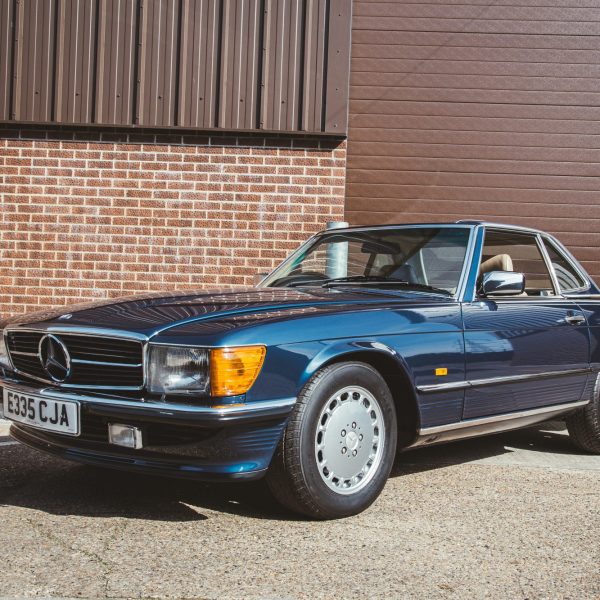




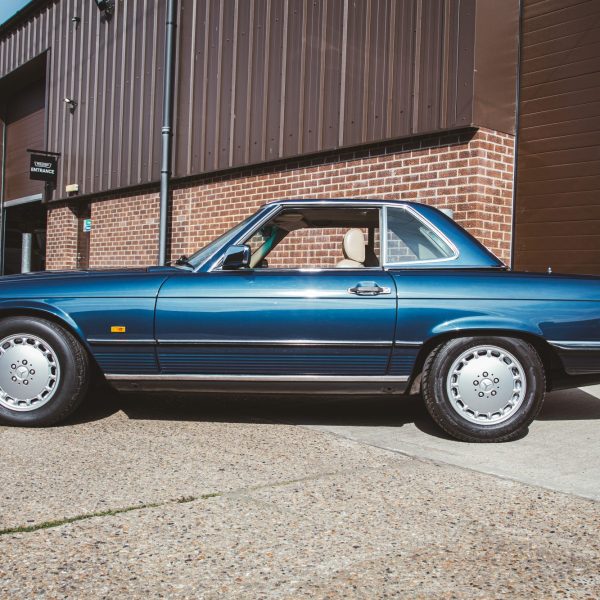
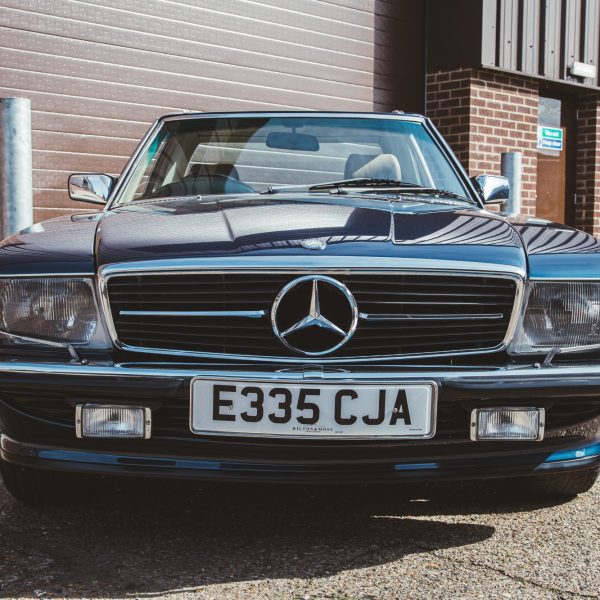
Also new to us here at Bridge Classic Cars is something really special. 1 of just 142 cars made to celebrate the Morgan 4/4 entering its seventy-first year of production.
1 of only two ‘1952’ examples complete with appropriately numbered steering wheel and St Christopher Plaque.
Ford Duratec 1800cc DOHC engine and five-speed manual transmission. Well maintained with a large history file. Entering its seventy-first year in 2006, the Morgan 4/4 was already well established as the world’s longest-running production model. To celebrate, the Malvern manufacturer commissioned a run of 142 ‘70th Anniversary Edition’ cars (two per build year). Each decade was given its own ‘identity’ in terms of paint colours, soft-top designs and upholstery etc. Although, every ‘70th Anniversary Edition’ featured a fold-flat windscreen, bespoke dashboard, sheepskin bonnet strap, rubber mats and steel wheels with chrome hubcaps not to mention a St Christoper badge and wood-rim Moto Lita steering wheel both of which were inscribed with the model year it represented. Mechanically identical to a standard Morgan 4/4 1800, the ‘70th Anniversary Edition’ cars were powered by a Ford Duratec 1800cc DOHC four-cylinder engine allied to five-speed manual transmission. Among Morgan’s most sought after limited edition models, the ‘70th Anniversary Edition’ cars still enjoy a strong following.
One of the two ‘1952’ cars, chassis 4L00134 is finished in the stunning combination of Duck Egg Blue with Black leather upholstery and Dark Blue weather equipment. Supplied new via Thomson & Potter of Perth, ‘SH06 NKR’ had covered some 11,988 miles by the time it entered the current (second) ownership during October 2020. Built to commemorate the year that Her Late Majesty Queen Elizabeth II took the throne.

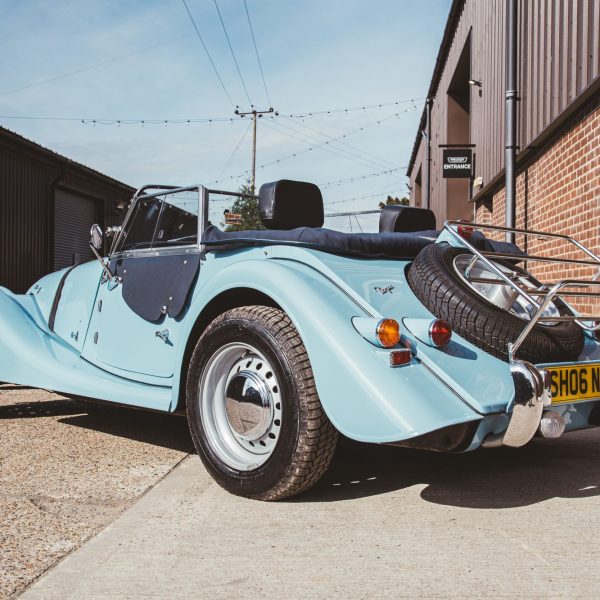
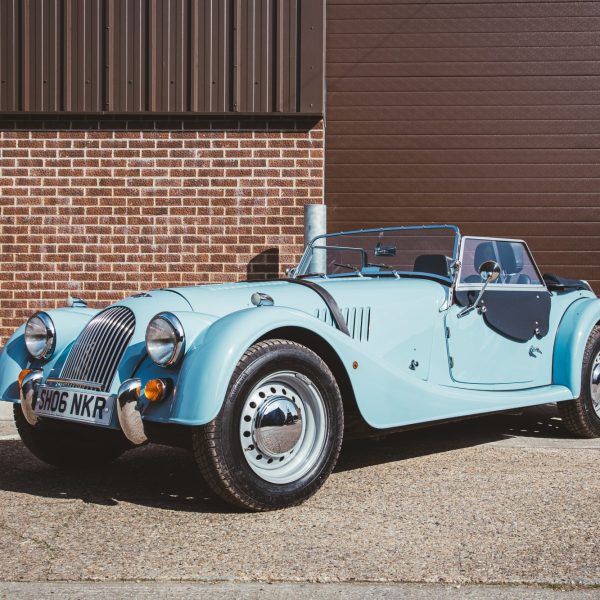


Over the weekend, John finished wiring in the dash of our 2022 Bridge C-Type Replica.
He also fitted the Brantz system and trial-fitted the switches and gauges to help find the best location for each one.



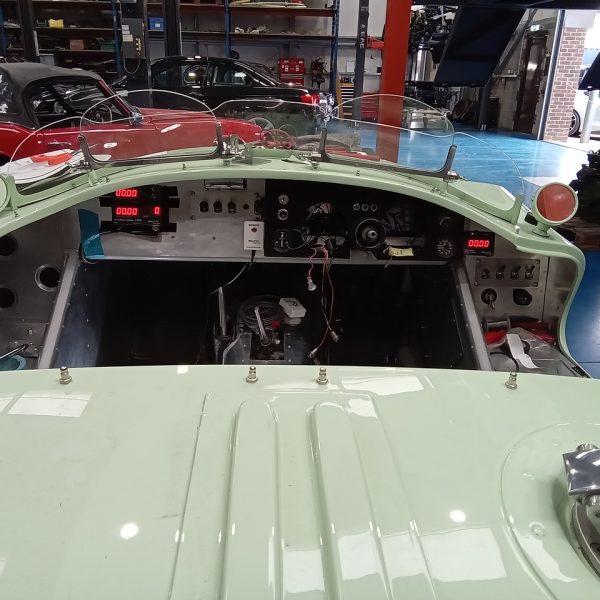
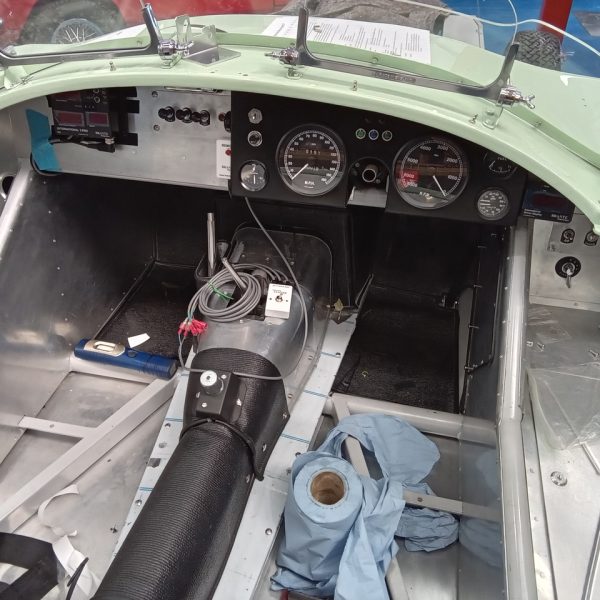

“Henry Royce’s life followed a truly extraordinary arc. From impoverished origins and with minimal formal education, he became a giant of 20th Century engineering and innovation, responsible for designs and technology that helped shape the world we live in now. But this classic rags-to-riches tale belies the complexity of the man, and understates the many challenges he faced during his remarkable life. After 120 years, his influence on the marque he co-founded remains powerful and pervasive; he literally made us who we are today.”
Andrew Ball, Head of Corporate Communications and Heritage, Rolls-Royce Motor Cars
Frederick Henry Royce was born on 27 March 1863 in Alwalton, near Peterborough. He was the youngest of five children in a family with extreme financial problems. After Henry’s father was declared bankrupt, he was put in prison (as was the law at the time!) Growing up in this situation had a deep affect on Royce’s character and health for the rest of his life.
When he was just 10 years old, Henry began working as a newspaper seller in London before later moving into a role as a telegram delivery boy. In 1877, with financial support from his aunt, he became an apprentice at the Great Northern Railway (GNR) workshops in Peterborough. It was here that his natural aptitude for design and working with his hands became clear. A set of three miniature wheelbarrows he made out of brass were early signs of the high standards he would set for himself and others throughout his career.
Just two years after starting his apprenticeship, his aunt ran into money troubles too. This left Henry unable to pay his annual apprenticeship fee. After returning to London, he began working for the Electric Lighting & Power Generating Company (EL&PG). Back then, electricity was still so new that it had no professional institutions, and therefore no formal examinations or entry qualifications. For someone like Henry Royce, who had only the most basic schooling, this was extremely fortunate.
His fascination for the subject, intense work ethic, and commitment to improving himself (he attended evening classes in English and Maths after work) meant that in 1882, the EL&PG, by now renamed the Maxim-Weston Electric Company, sent him to manage the installation of street and theatre lighting in Liverpool. When the company abruptly collapsed, Royce, still only 19, again found himself unemployed.
In late 1884, Henry founded F H Royce & Co in Manchester. Initially producing small items such as battery-powered doorbells, the company progressed to making overhead cranes, railway shunting capstans and other heavy industrial equipment.
By 1901, the years of hard work and a less-than-ideal home life were taking a severe toll on Royce’s health, which had probably been permanently weakened by the struggles of his childhood. Things got even worse the following year when the company found its finances stretched. This was mainly due to the influx of cheaper imported electrical machinery that undercut its prices. As he was such a perfectionist, Royce was not prepared to compromise the quality of his products, but this extra stress meant that, in 1902, his health took a big dive!
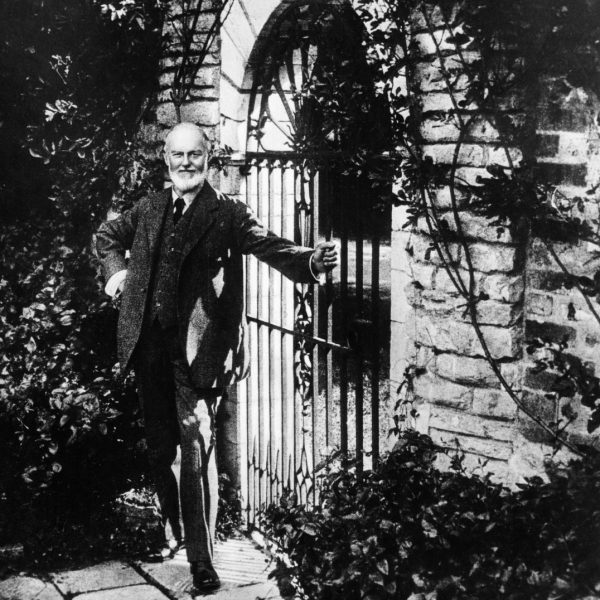

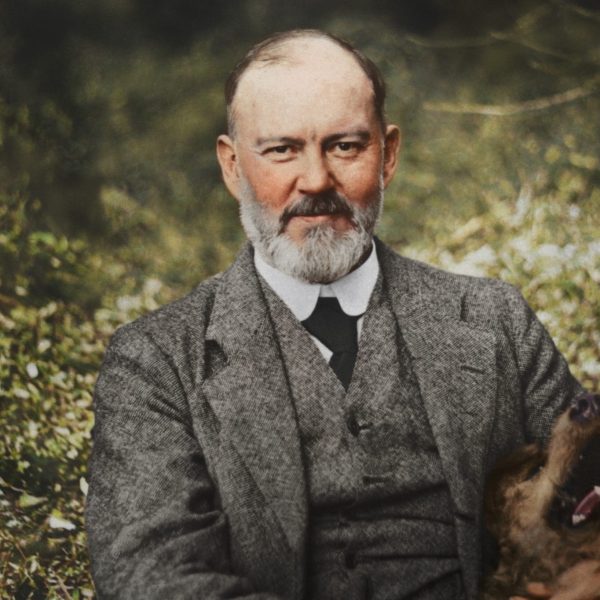

Royce’s doctors prescribed complete rest and persuaded him to take a 10-week holiday with his wife’s family in South Africa. On the long journey, he read a newly published book, ‘The Automobile – Its Construction and Management’. What he learned would change his life – and ultimately, the automotive world.
On his return to England, Royce purchased his first car, a French-built 10 H.P. Decauville. It is said that this first car was so poorly made and unreliable that Royce decided he could do better. In fact, his holiday reading had already made up his mind that he was going to produce his own car. He chose the Decauville because it was one of the finest cars available to him, in order to dismantle it and then, in his most famous phrase, ‘take the best that exists and make it better’.
He began by building three two-cylinder 10 H.P. cars, based on the Decauville layout. With these foundational machines, he demonstrated the analytical approach, attention to detail and pursuit of excellence in design and manufacture that would go on to define his life.
His friend and business associate, Henry Edmunds, borrowed one of these original Royce 10H.P. cars to compete in the 1,000-mile Slide Slip Trials organised by the Automobile Club of Great Britain & Ireland (later the Royal Automobile Club, or RAC) in April 1904. Edmunds was enormously impressed and realised this was precisely the high-quality, British-made model that a friend and fellow Club member was looking for to stock in his new London car dealership. That friend was, of course, The Hon Charles Stewart Rolls.
As the technical mastermind behind the new partnership, Royce’s output was astounding. From the company’s foundation in 1904 until his death in 1933, he personally created the initial concept for every mechanical item in every Rolls-Royce car. An instinctive, intuitive engineer, he had an unmatchable ability to assess components purely by eye. He firmly believed that if something looked right, it probably was – and he was almost always proved correct.
As demand grew, and the cars themselves became increasingly complex, he established a design team, led by his motto, ‘Rub out, alter, improve, refine’. Everything the team produced would then either be rejected and sent back for more work or finally signed off, by Royce alone. In contrast to modern motor manufacturing, where models are introduced, updated and replaced at defined intervals, Royce made continuous improvements to his products, without any announcement or notice. Some of these improvements were tiny, but the impact of these changes was that almost no two Rolls-Royce motor cars were exactly alike in every detail.
It is worth noting that Henry Royce never actually designed a complete car. Up to 1949, Rolls-Royce produced only a ‘rolling chassis’, equipped with an engine and drivetrain, upon which a specialist coachbuilder built the bodywork to the customer’s specification. The rolling chassis did, however, include the bulkhead and the radiator, which determined, at least in part, the finished car’s overall proportions.
Henry Royce was meticulous in his work and had an inquisitive mind that made him strive for perfection. His work and his ethos have outlived him and, to this day, his legacy lives on in every Rolls-Royce made.
Coming into contact with a wide range of classic cars every day, it is painfully clear to me that each and every classic comes with a unique story and history. Whether it be a rare car with a racing pedigree, being previously owned by a celebrity, or even a former everyday car that is full of nostalgia and memories of times gone by; there is always something to experience.
There is a worry that over the coming decades, as these automotive legacies continue to age, there will be a lack of people passionate about these cars to keep them on the road for future generations to enjoy and admire.
With this in mind, the Classic Car Loan Project has been formed to help keep the interest in classic vehicles alive and to help more people into the classic car world.
The Classic Car Loan Project (CCLP) stems from a very simple idea: what if young people could experience the joy and challenge of driving a classic car; not as a rare treat but as part of their daily lives?
This question led to the launch of the Classic Car Loan Project 7 years ago, starting with just one generous owner and one classic car. Fast forward to today, the project has grown to include over 20 classic cars with more owners joining every year.


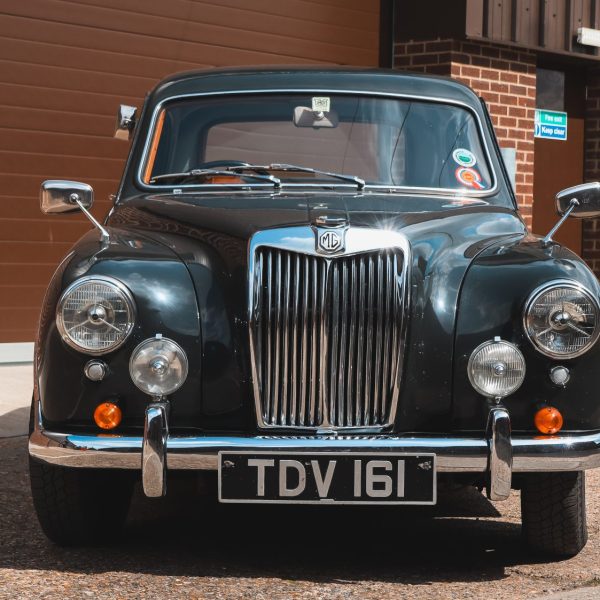
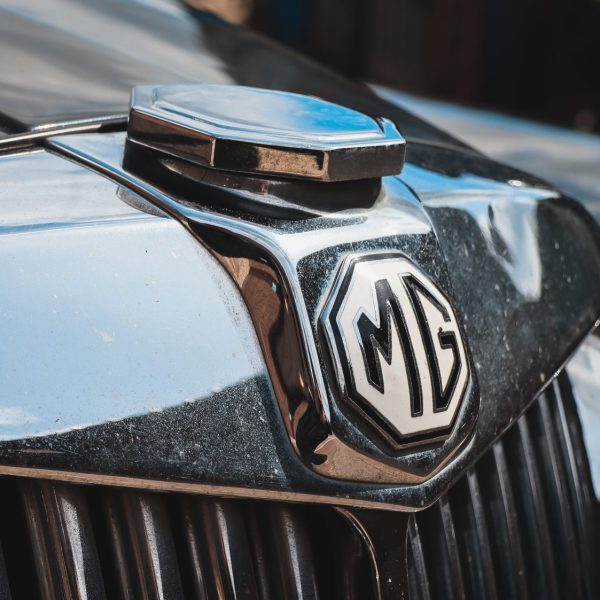
The Classic Car Loan Project operates on a straightforward structure: selected young drivers are given the opportunity to borrow a classic car for up to a year. This arrangement isn’t just about driving a historical vehicle though; it’s a comprehensive experience that involves caring for and maintaining a piece of automotive history. The project targets individuals who have a genuine interest in classic cars but might not have the means or opportunity to own one themselves.
At its core, the project serves a dual purpose. For young enthusiasts, it offers an incredible opportunity to immerse themselves in the world of classic cars, learning not just about driving but also about the responsibilities of maintenance and preservation. For the owners, it provides the satisfaction of sharing their passion and the assurance that their classics are being enjoyed and not left to gather dust.
Over the years, the Classic Car Loan Project has caught the attention of the classic car community. Each story of a young driver bonding with their borrowed car is a testament to the project’s success in bridging the generational gap in automotive enthusiasm. From attending car shows to interacting with clubs, borrowers have taken their temporary ownership of these vehicles seriously, contributing to a renewed interest in classic car preservation.
As the project continues to grow, the organisers are constantly looking for more owners willing to share their classic cars and for young enthusiasts keen to join the classic car lifestyle. The ultimate goal is not just to keep classic cars on the road but to ensure that the stories, heritage, and passion for these vehicles are passed down to future generations.
Our 1968 Lotus Elan has been safely transported to our secure storage facility.
It will now be looked after in the company of other impressive cars.
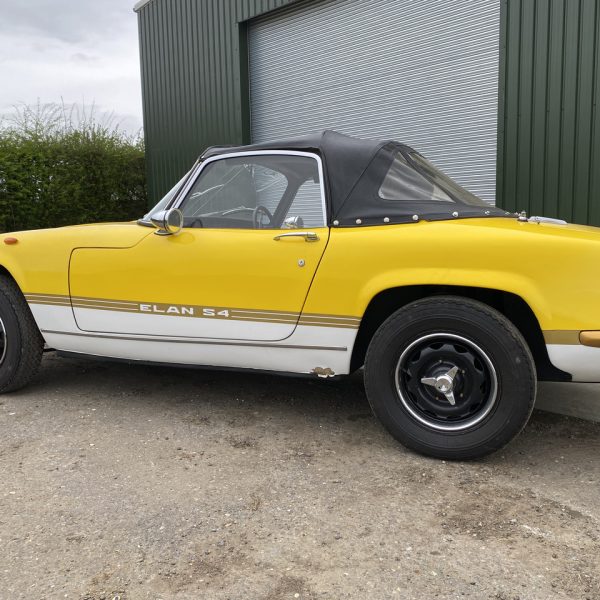
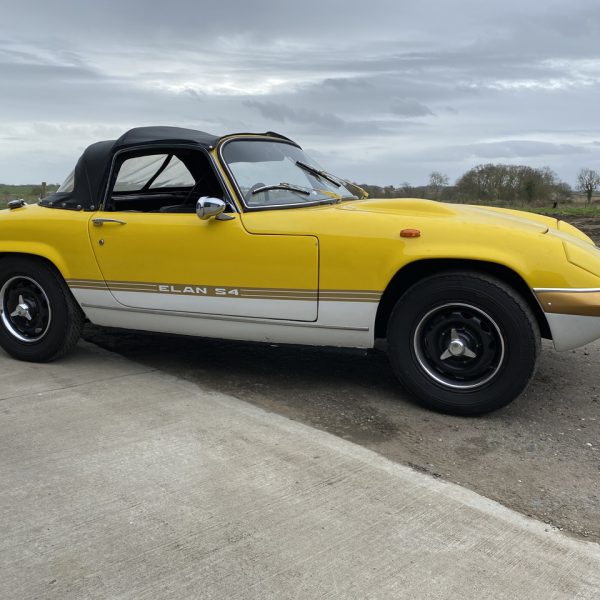
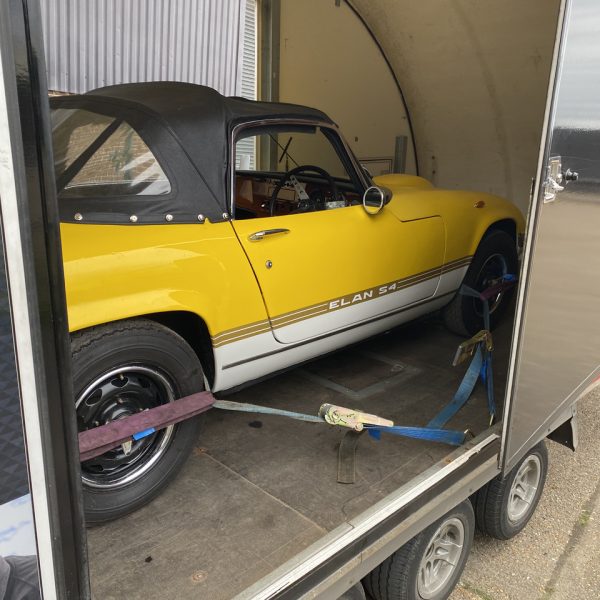

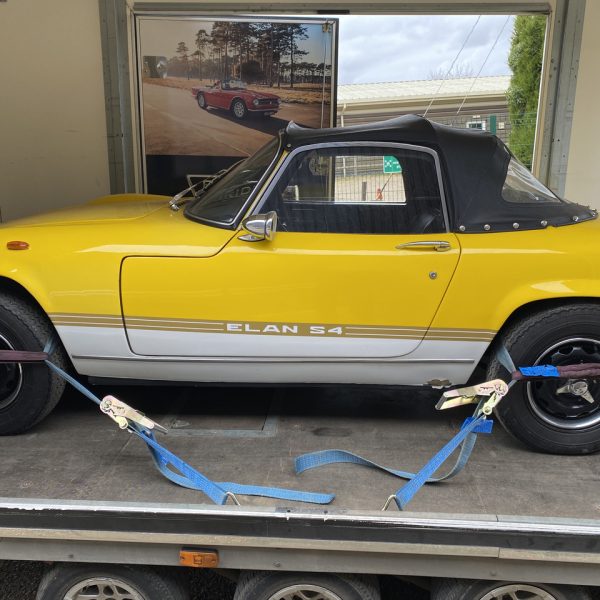
Paul has begun his inspection and assessment of 2 of our recently arrived motorbikes – our 1960 BSA 650 and our 1961 Matchless 350.
On the Matchless 350, he cleaned out the carbs and fitted a new spark plug before taking it out on a test ride.
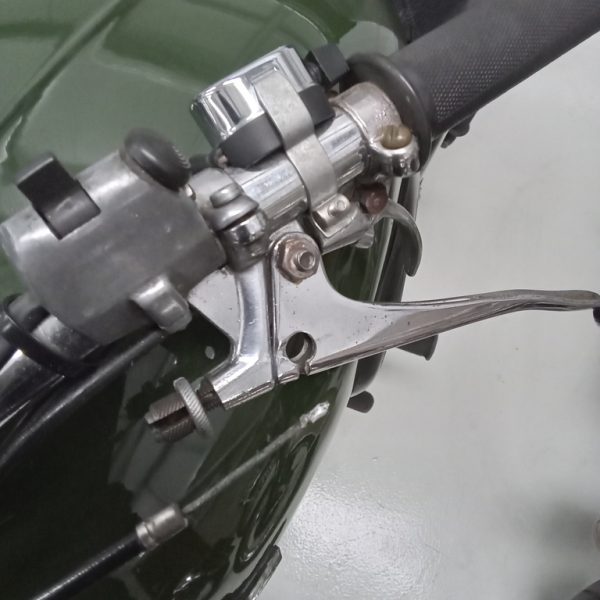

He then moved on to assess the BSA which he found to start and run ok.
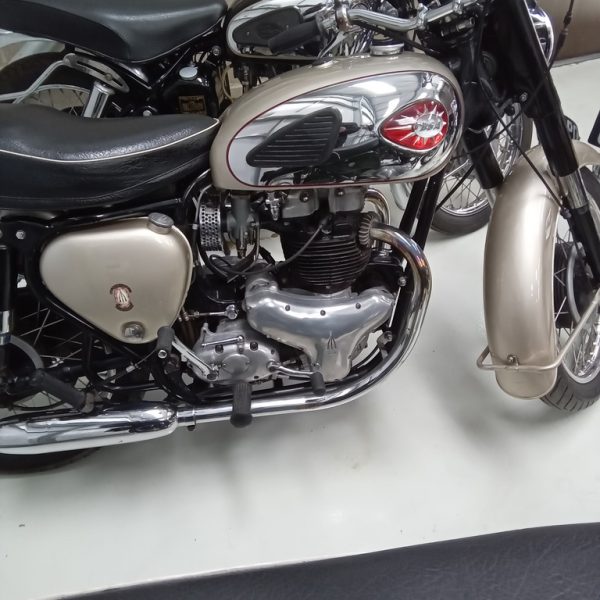
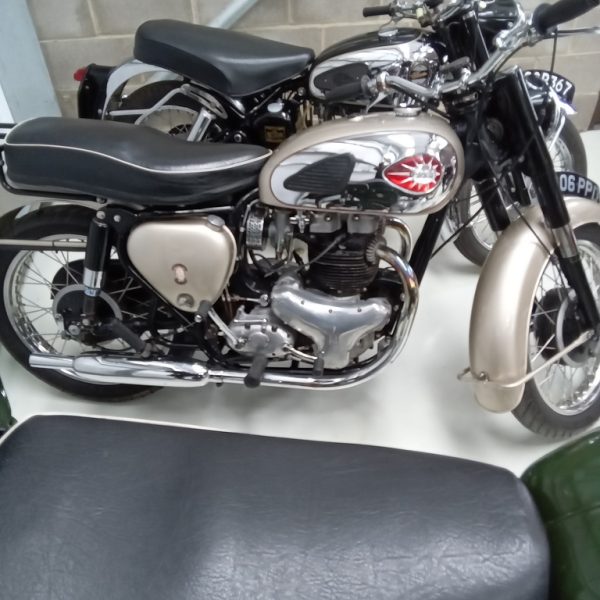
Here are Jonn’s notes following the pre-delivery inspection of our 1964 Ford Zephyr:
Refit radiator now back from repair. Connect hoses and secure. Vacuum refill system even though it had a minor pressure loss over 2 mins. Visually check round resecure all pipes and check for leaks. Ok at present. Fit refurbished offside front brake caliper and pads. With John’s help bleed entire brake system and pressure check for leaks, ok. Refit wheel.
Take outside to start up and check. Found door ajar and interior light on all night so battery flat. Run lead outside and battery charger and get started, but heater valve leaking almost instantly. Check charge light extinguished and switch off. Take back into workshop and drain coolant again. Strip and remove heater box assembly. Remove heater valve and strip. Get Christian to weld small hole in valve body. Use instant gasket and new O ring and reassemble in vice. Refit to heater and leave to go off overnight. Carry out pdi. Torque wheel nuts and refit wheel trims. Inflate/deflate tyres to obtain correct pressure. All tyres Found to be excessively high pressure as pictures will testify. Set to correct pressures all round.
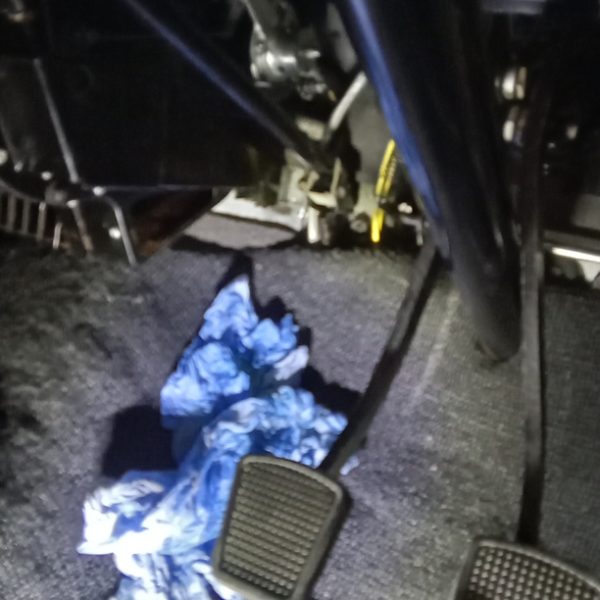

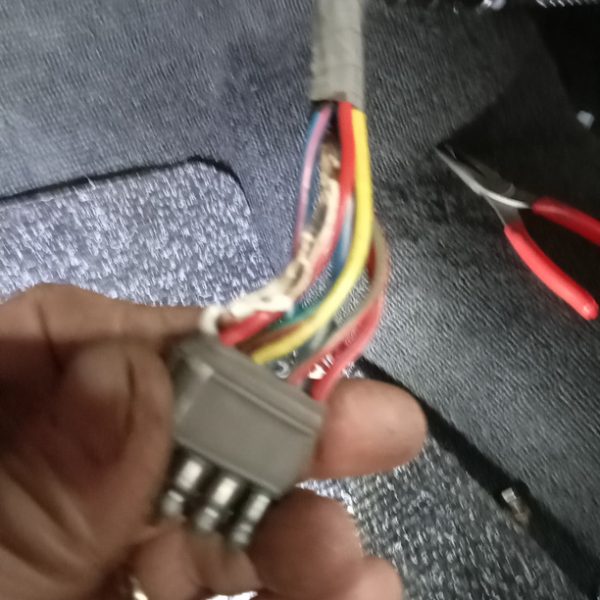
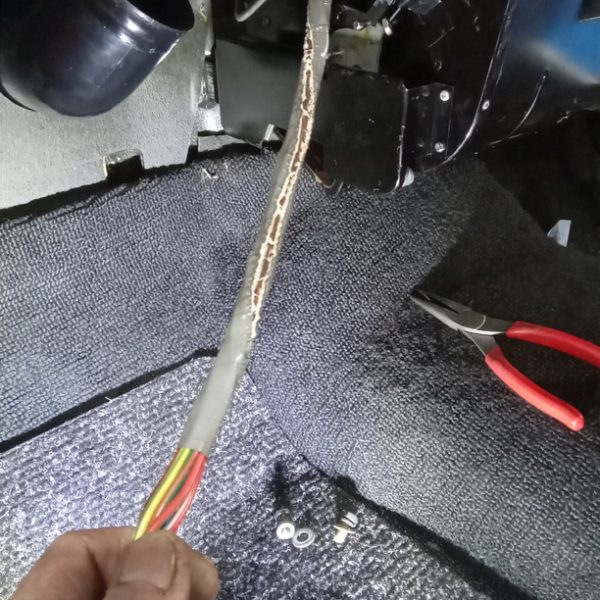
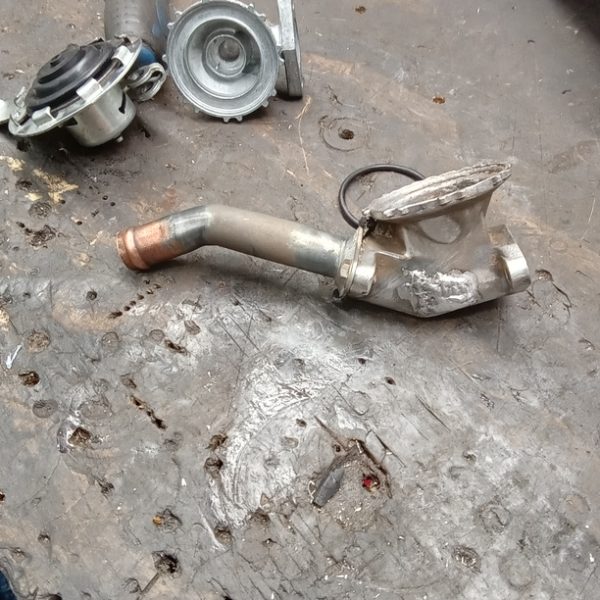
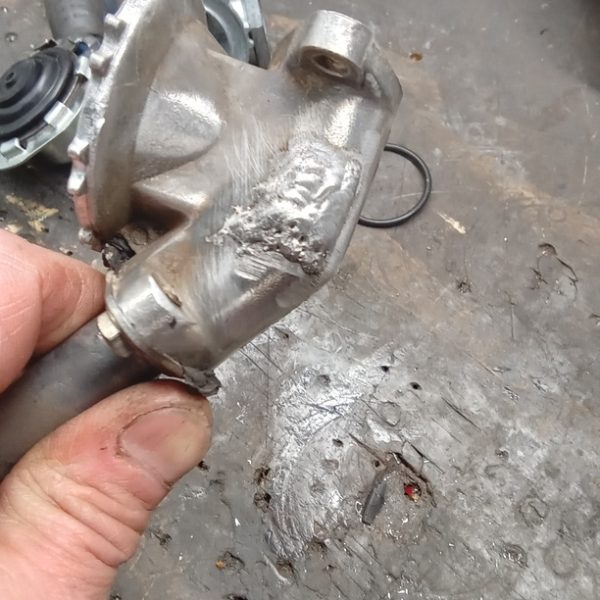

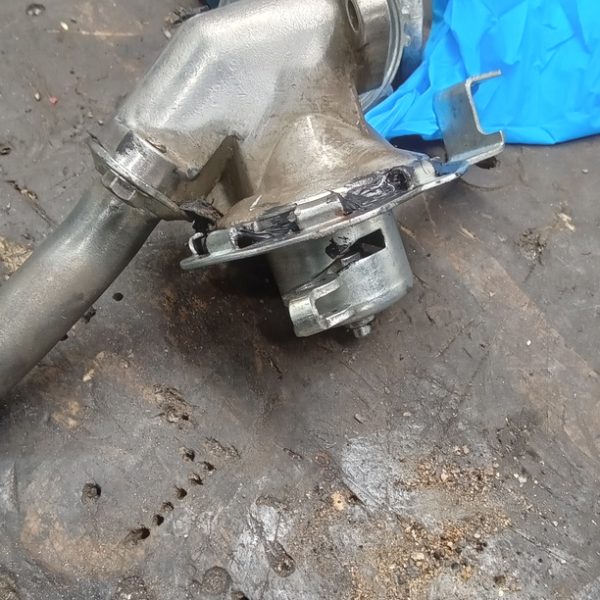
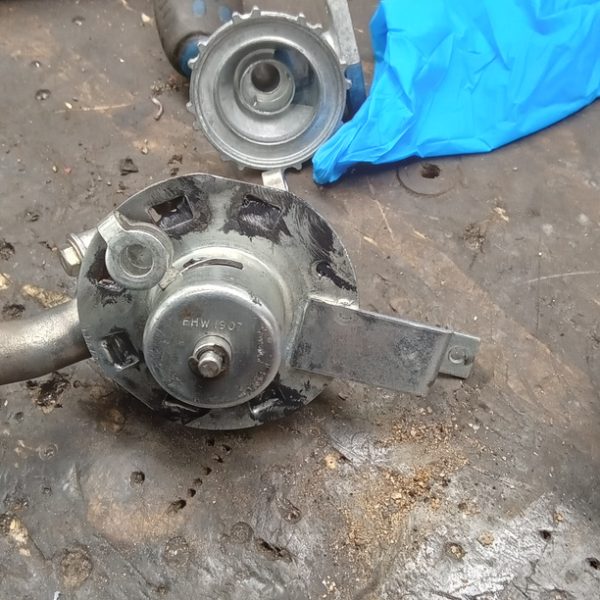
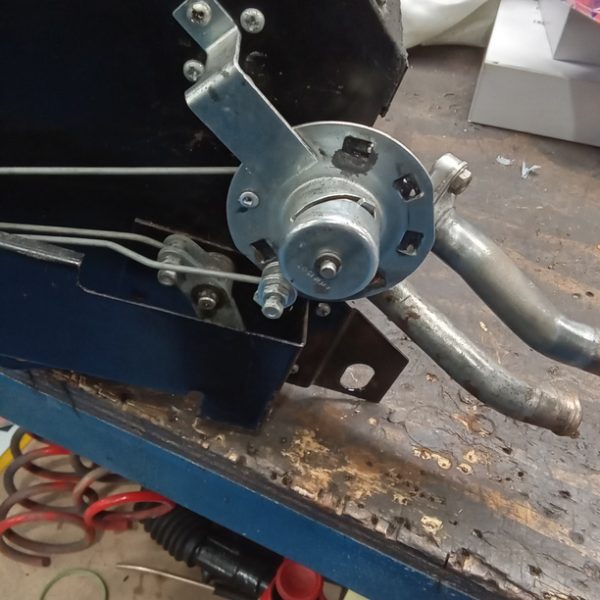
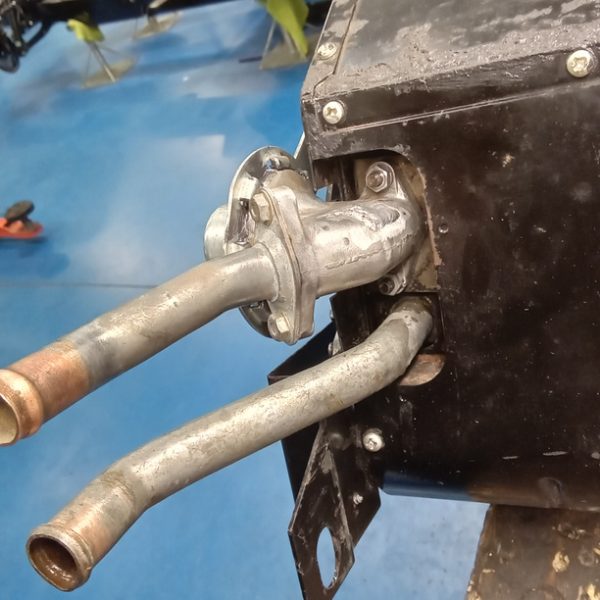

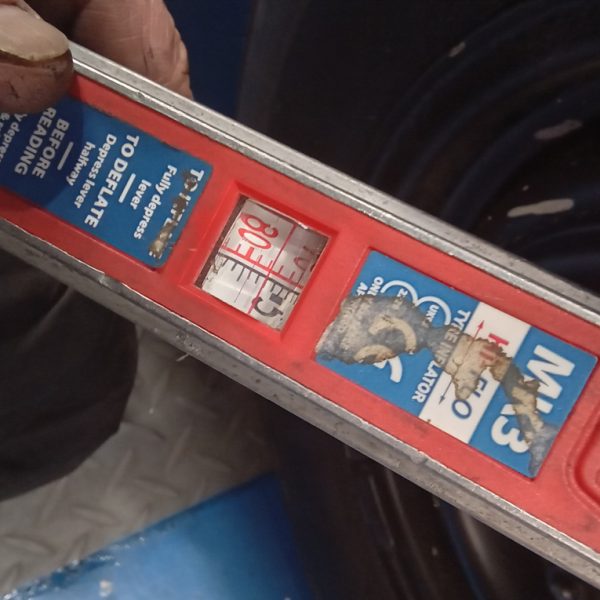
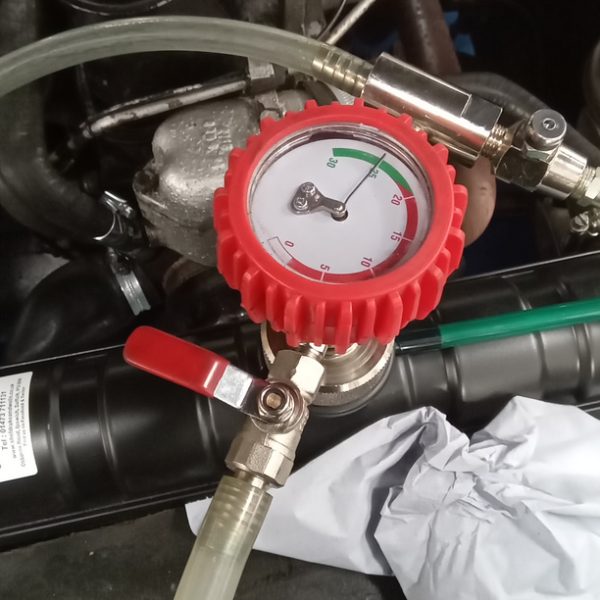
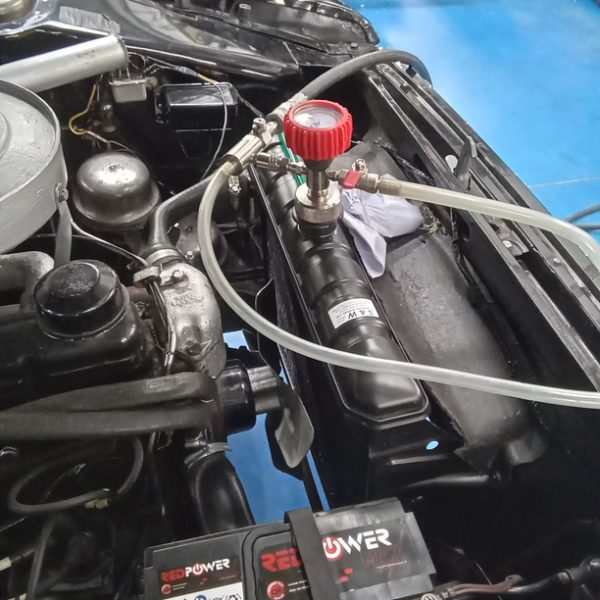


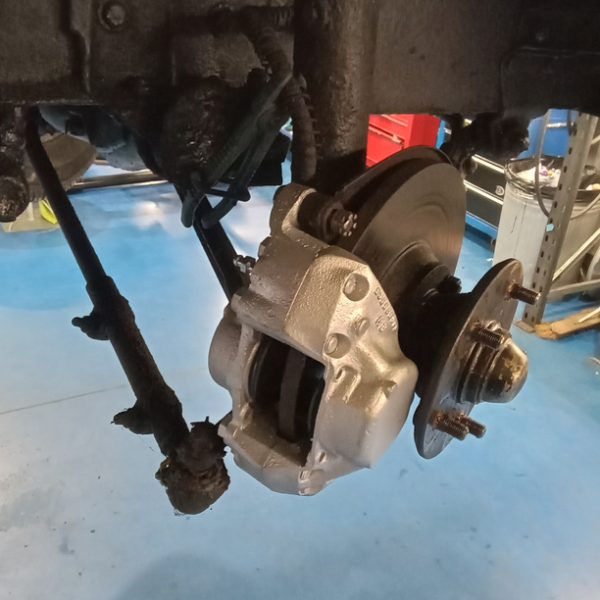
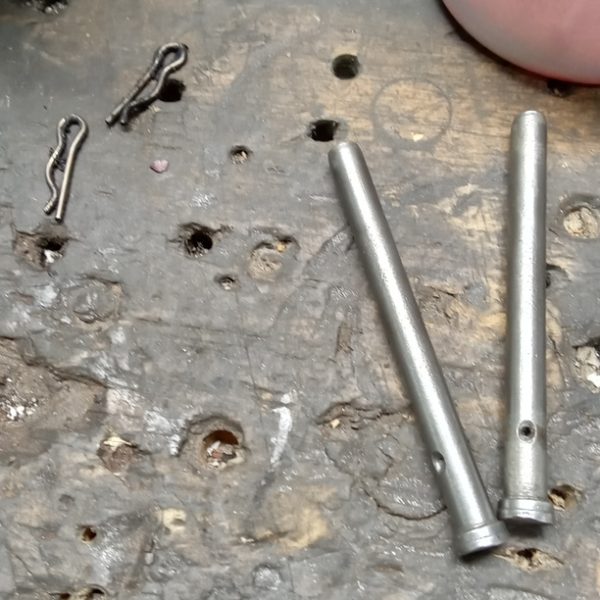
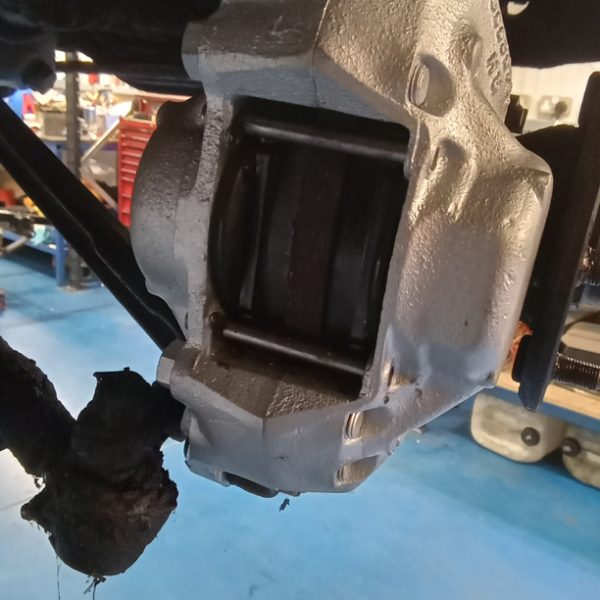
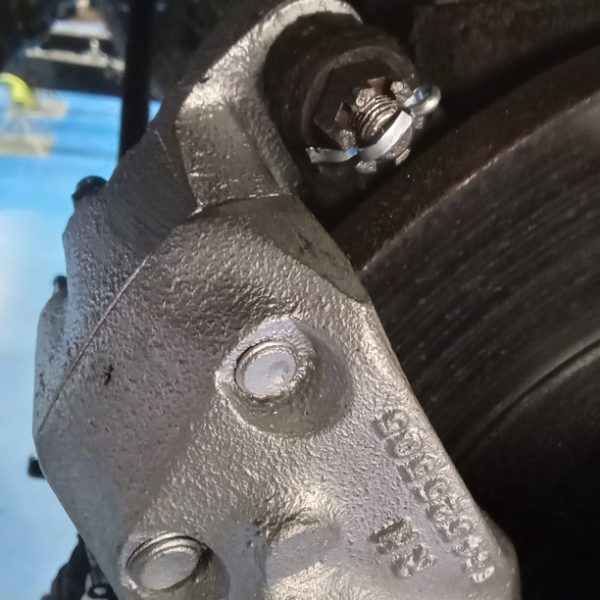


Nottinghamshire Police has recently taken delivery of 100 new Škodas. These will now form part of their expanding emergency vehicle fleet and will be utilised by a range of departments such as driver training, dog units, and road policing.
The force’s current collection of emergency vehicles already includes several Škodas which have been converted for use across a number of functions.
This new delivery comprises of 92 Octavia Estates and eight Superb Estates. The Octavias – 1.5 TSI and 2.0 TDI SE Tech models – will be used in response and neighbourhood policing roles, fitted with emergency warning equipment, full livery kit and light bar on the roof. They will also be used by driver training teams along with the Superb Estates – all in Sportline Plus 2.0 TSI 280 DSG 4×4 spec – which will be used in dog units and road policing roles too.
Vehicles used by the Dog units come with bespoke kennel conversions, developed by Pressfab EVO Limited – one of Škoda’s approved converters – in conjunction with Nottinghamshire Police to meet their specific requirements, with specialist air conditioning and blue light fitment. Road policing cars get a full blue light fit, ANPR (Automatic Number Plate Recognition) and matrix board.
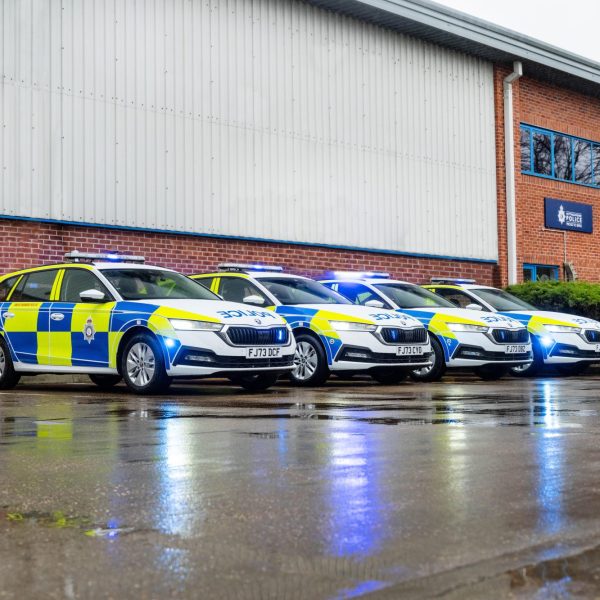
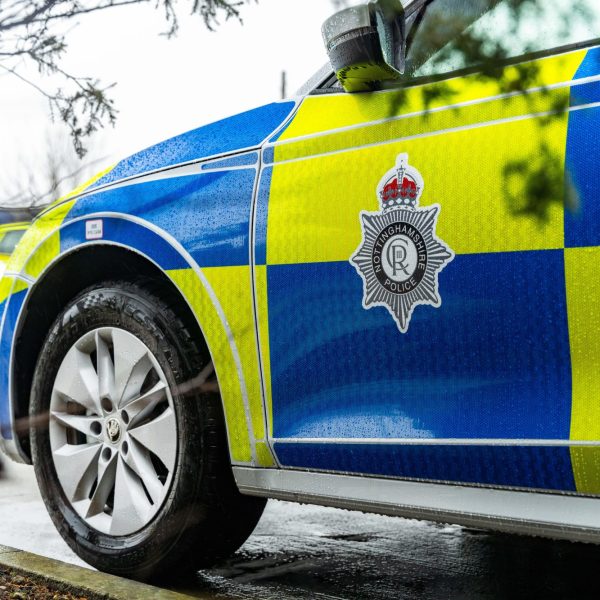

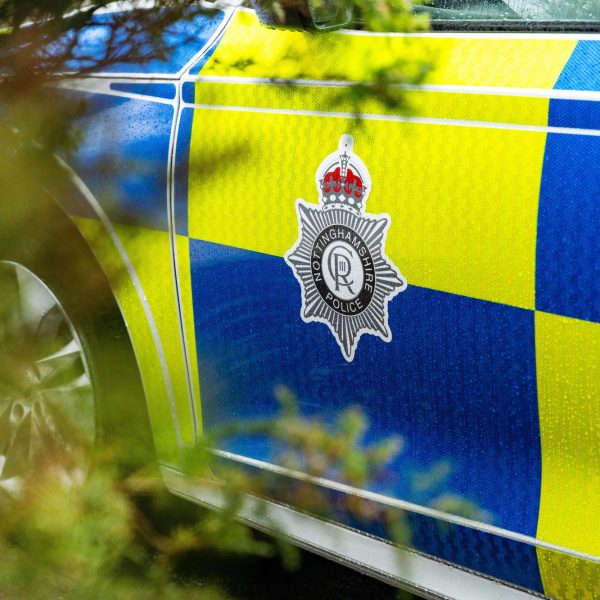
After several years of research and restoration, our 1905 Riley 9HP is ready to be revealed to the world!
As a 1 of 1 prototype for the first car to have fully removable wheels, this is the first time anyone outside of the workshop has seen the car in decades.
The unveiling of the fully restored unique vehicle takes place at the Practical Classics Classic Car & Restoration Show 2024 at the NEC in Birmingham.
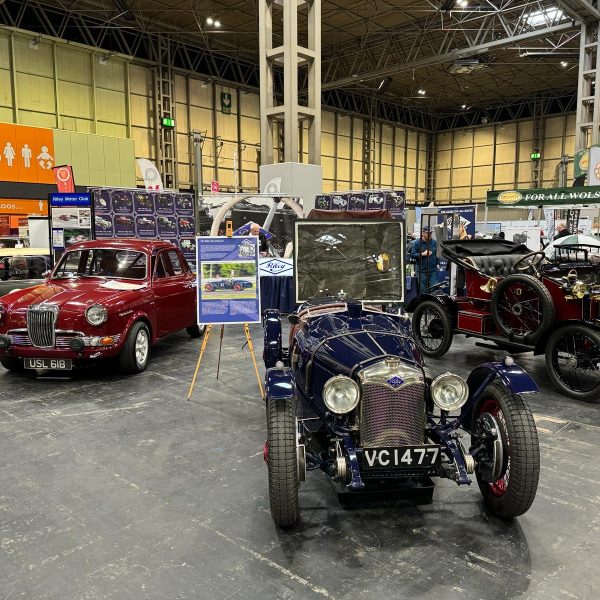

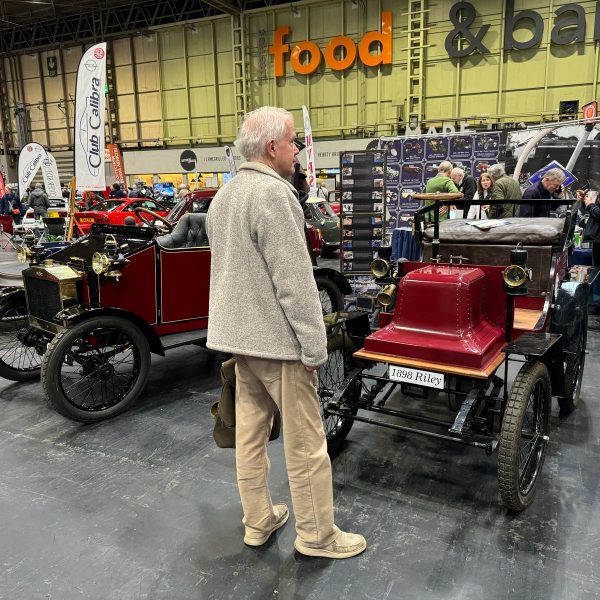
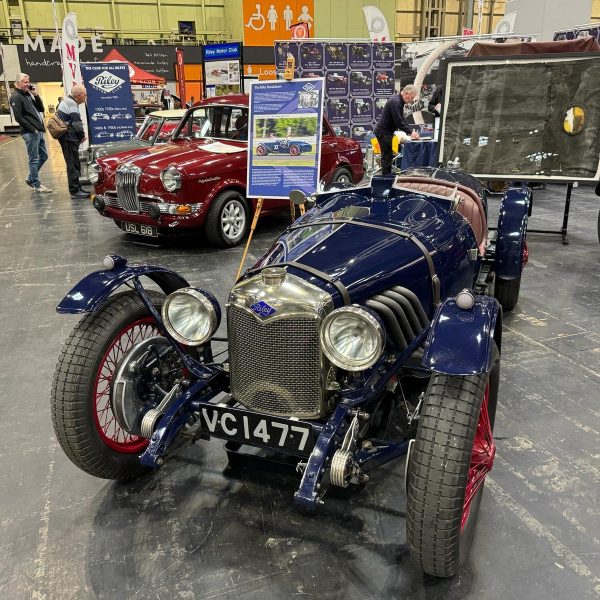
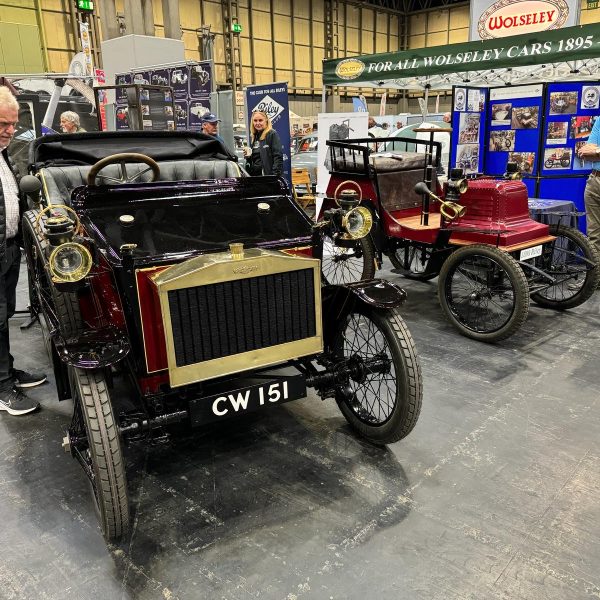
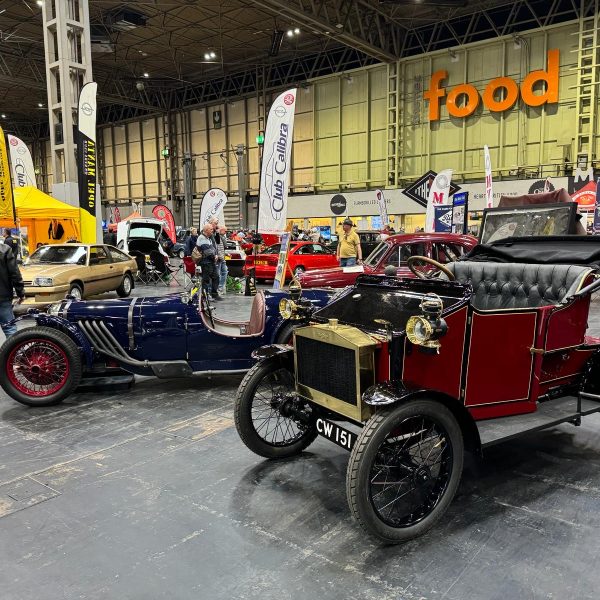
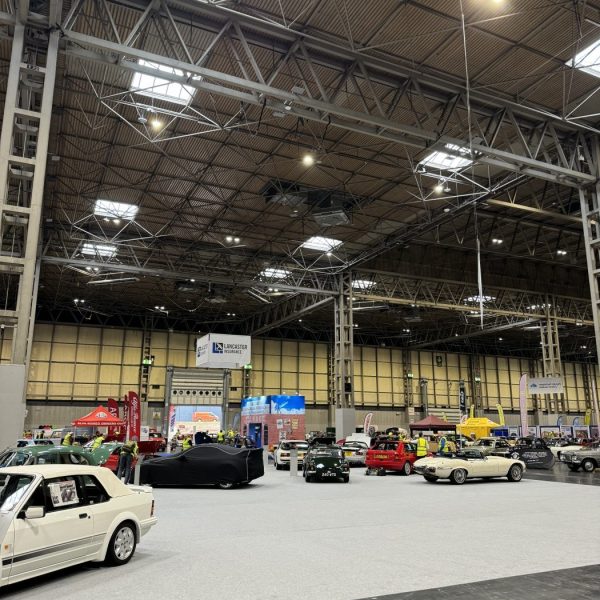
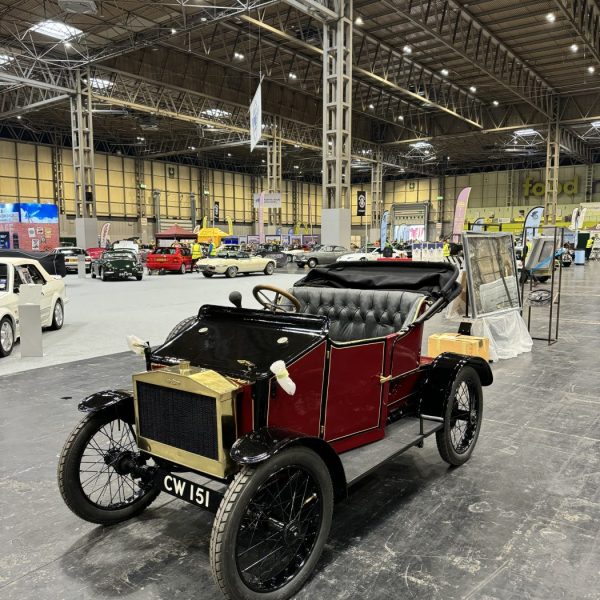
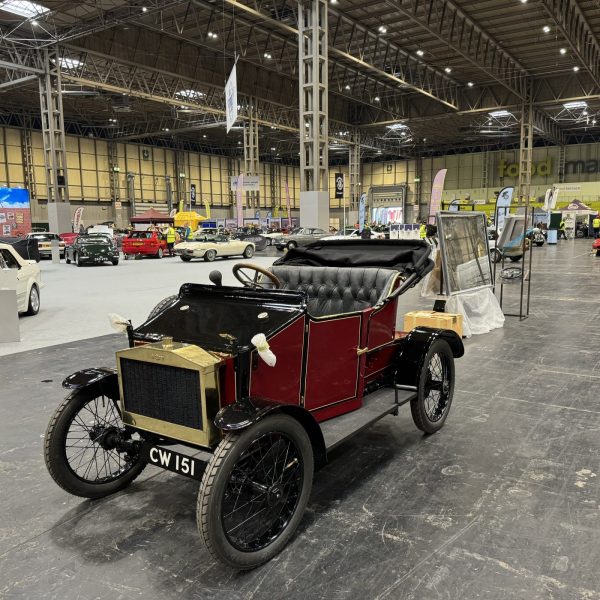
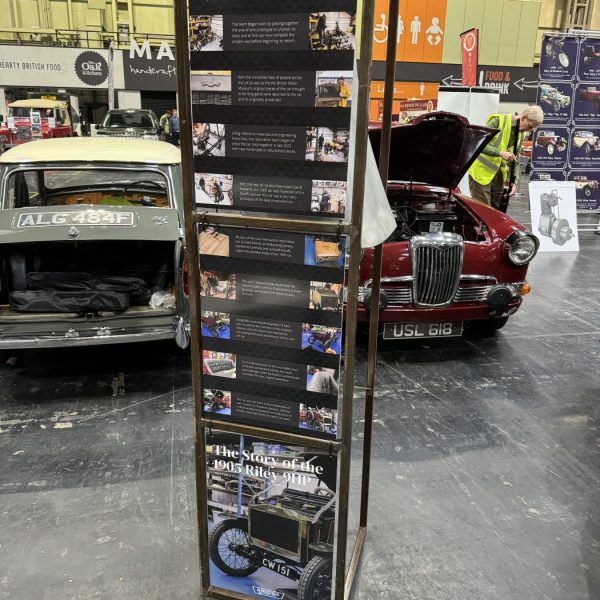

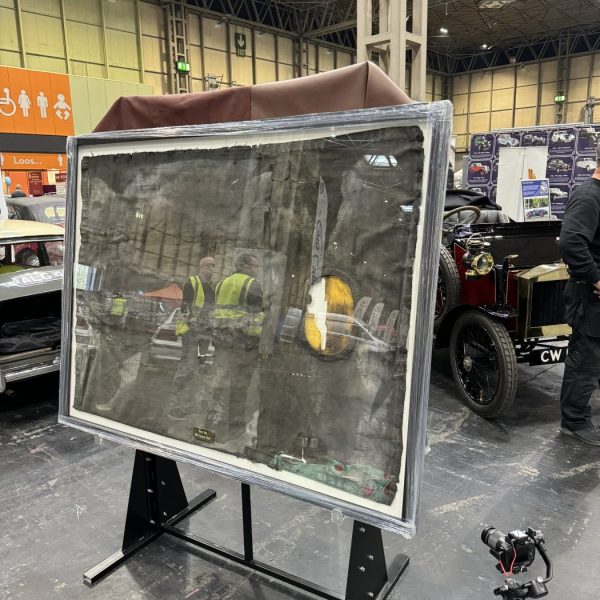
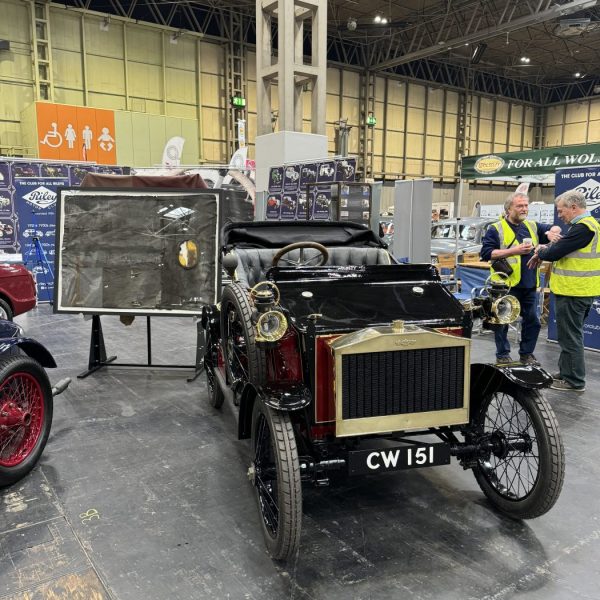
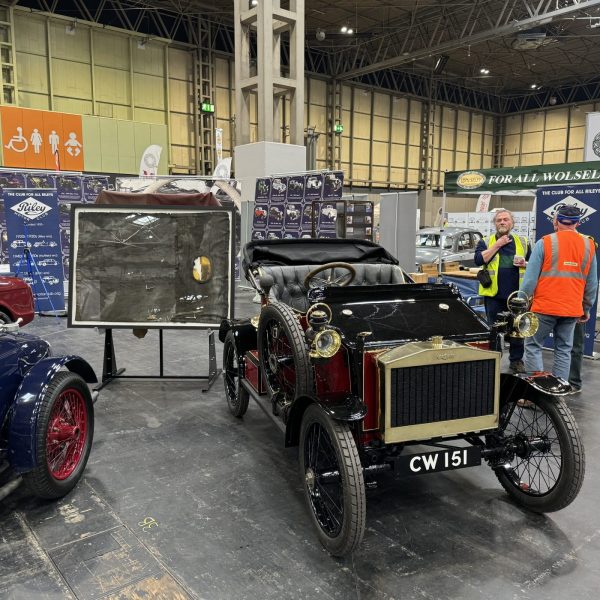
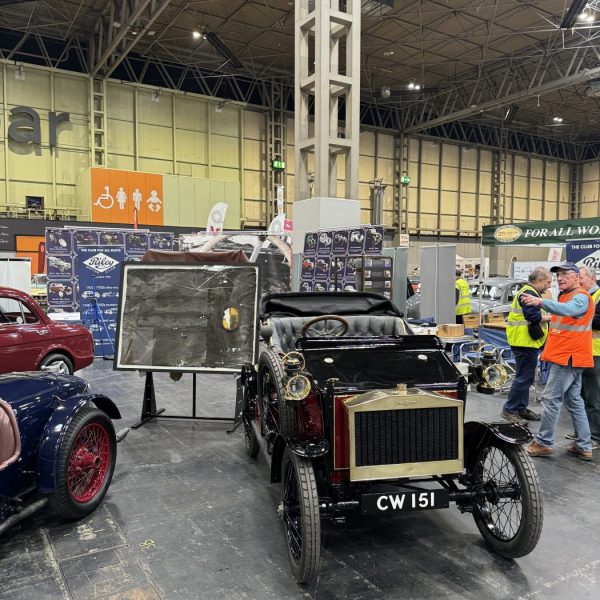
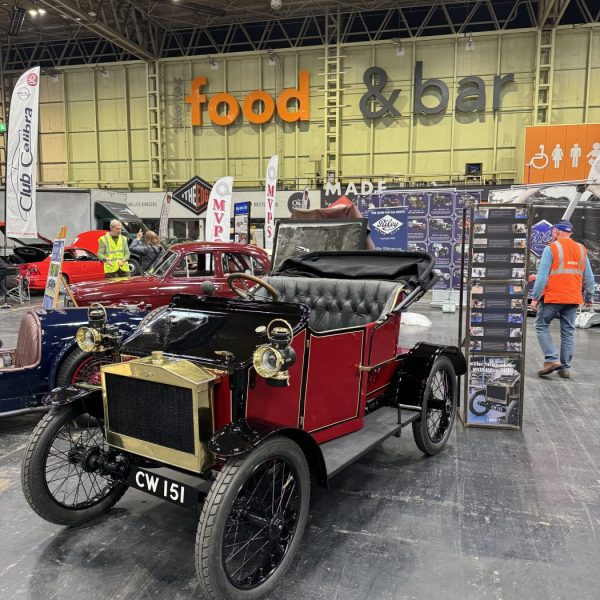
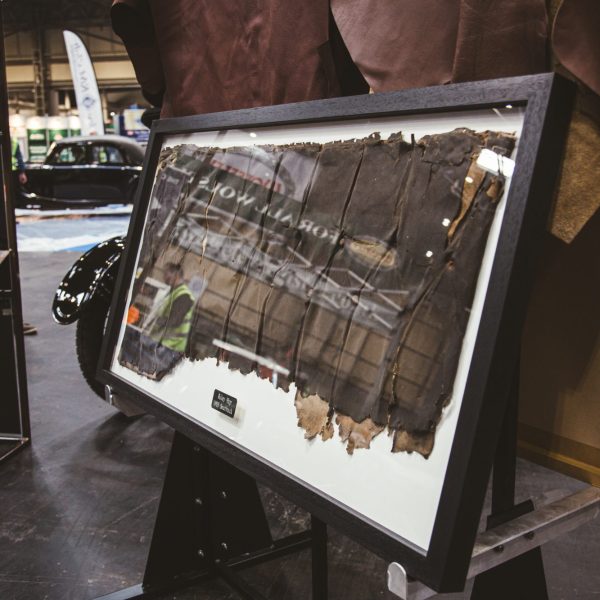
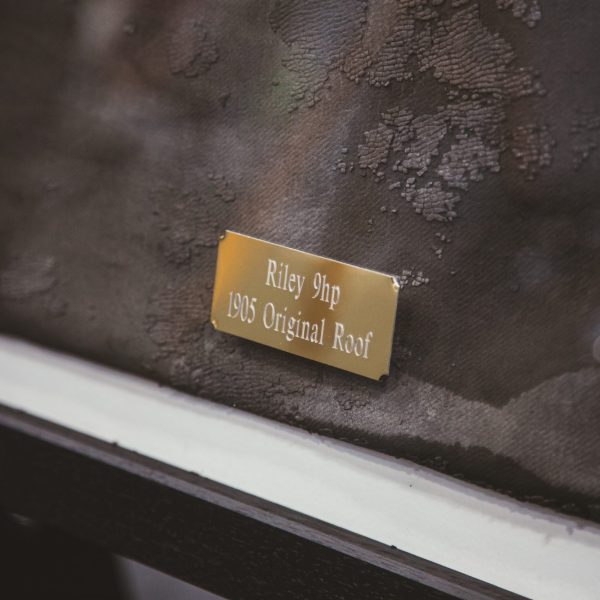

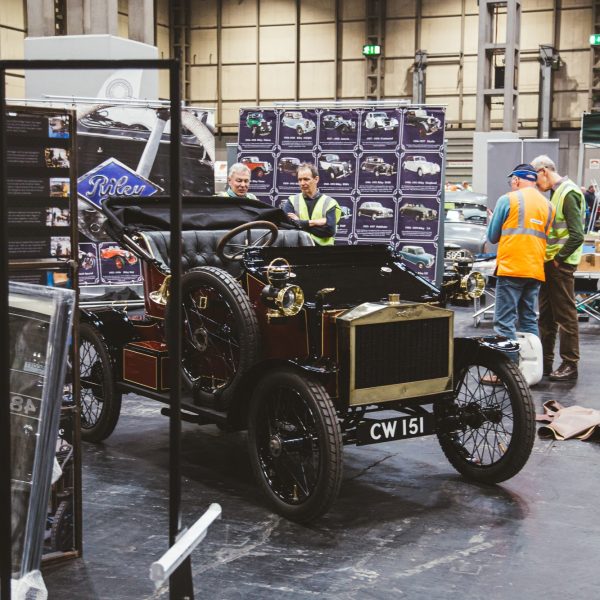
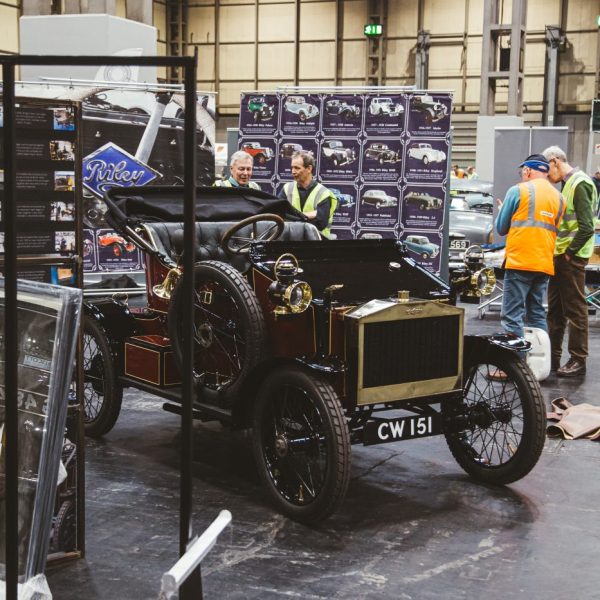
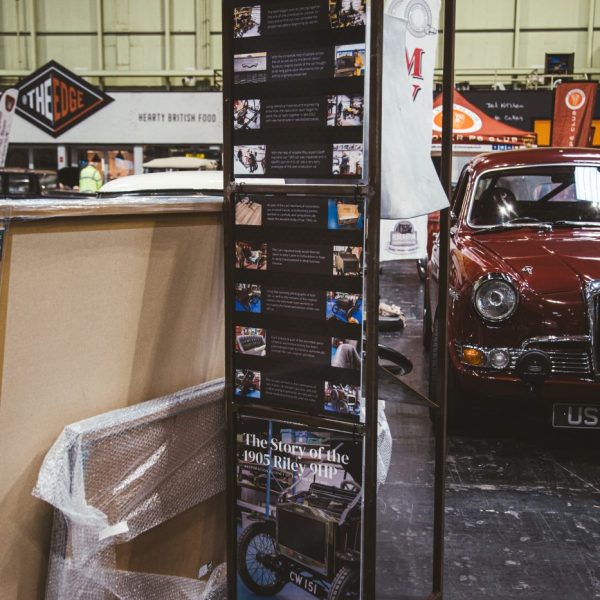
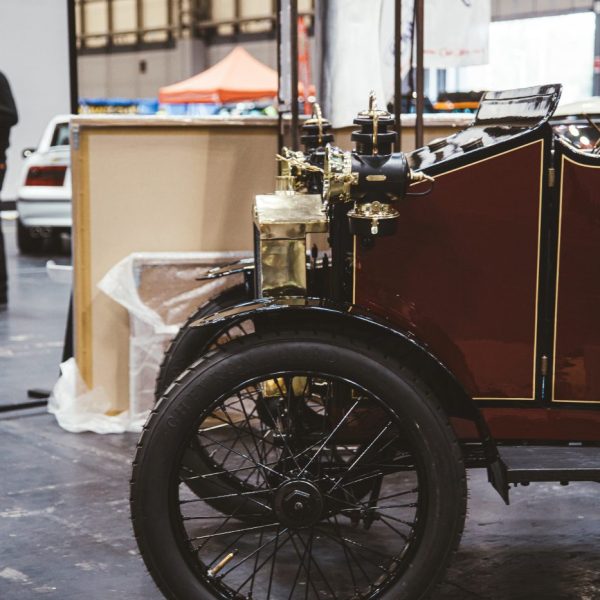
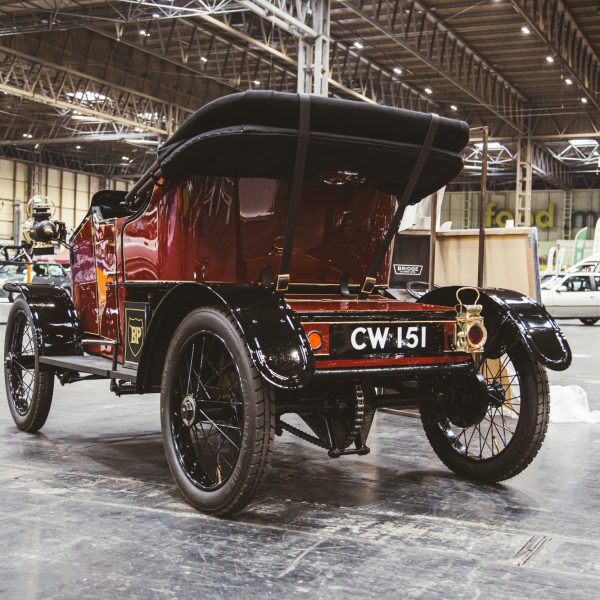

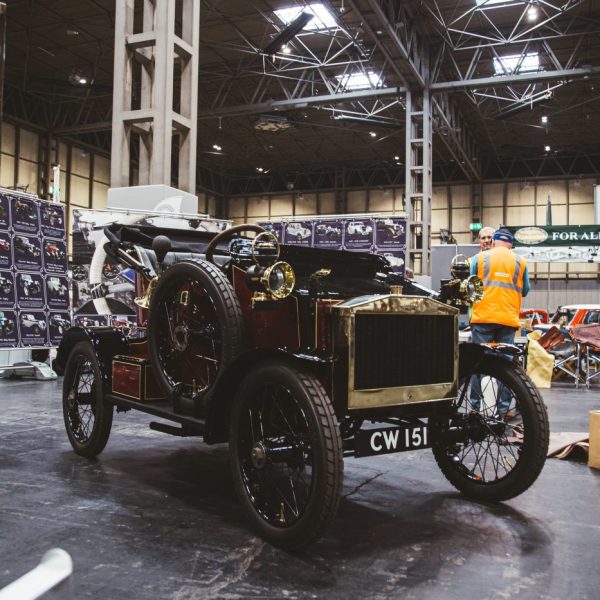

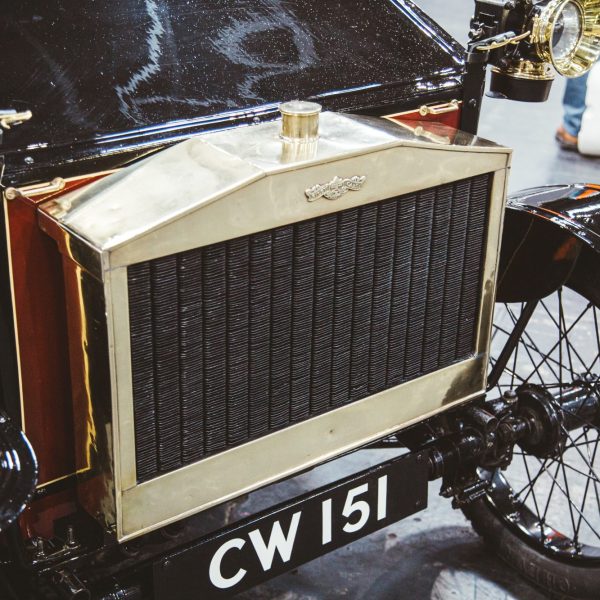
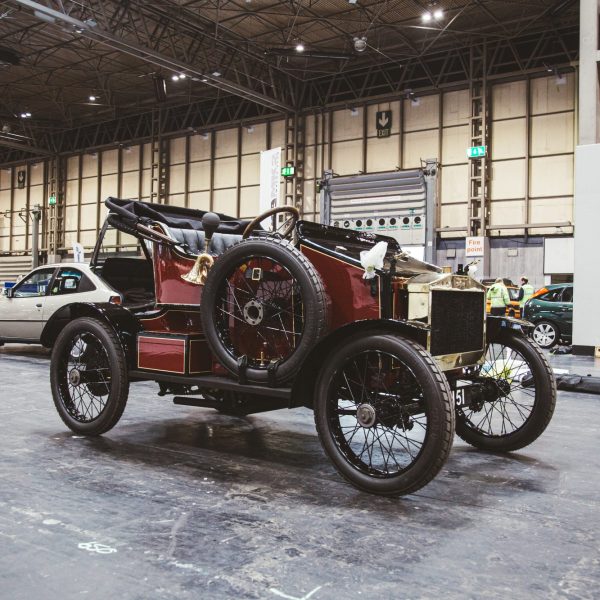
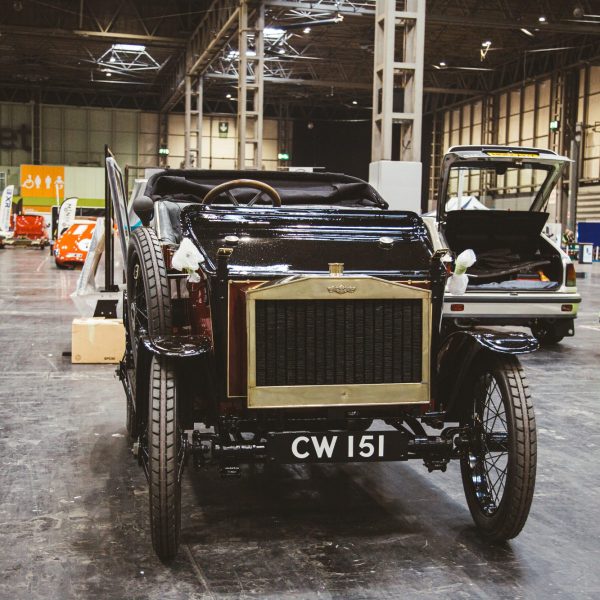



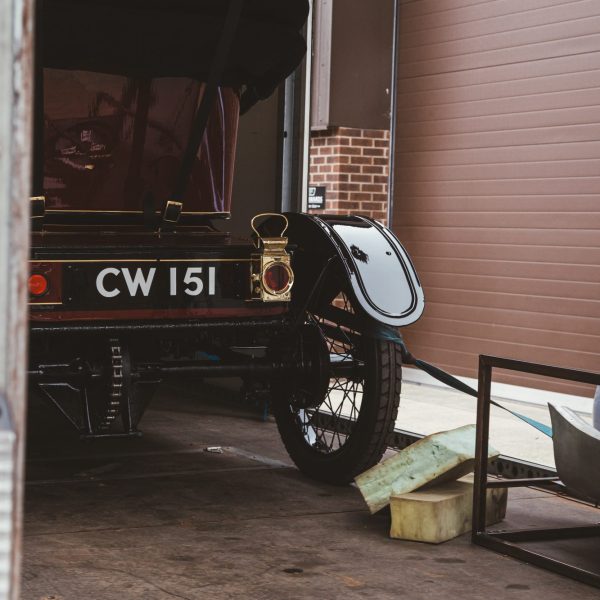
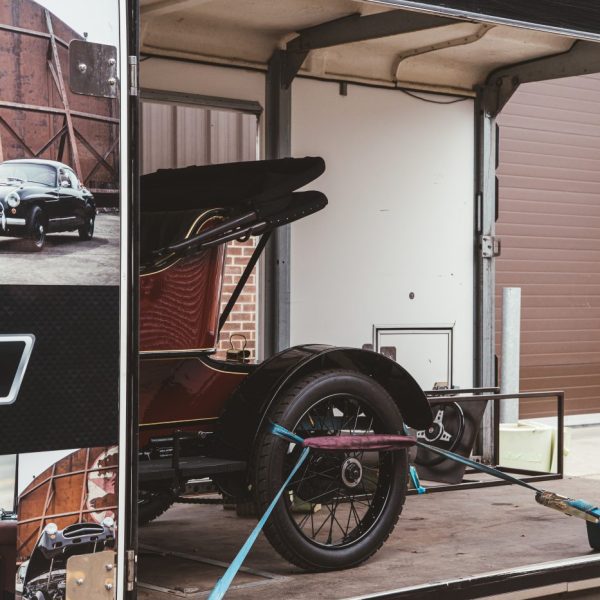

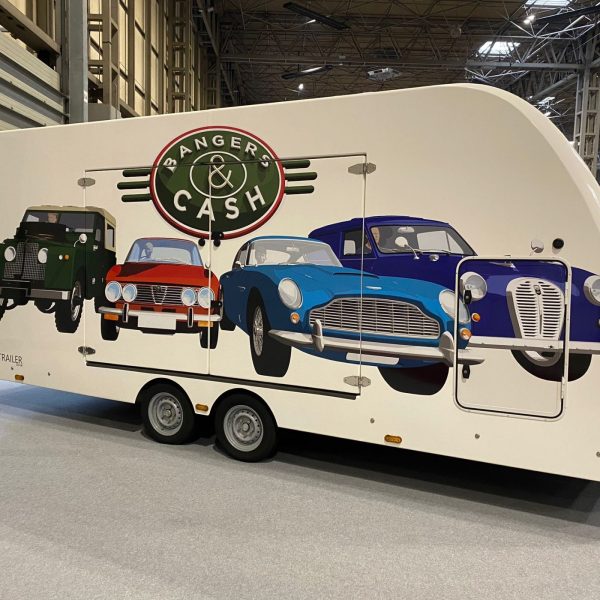
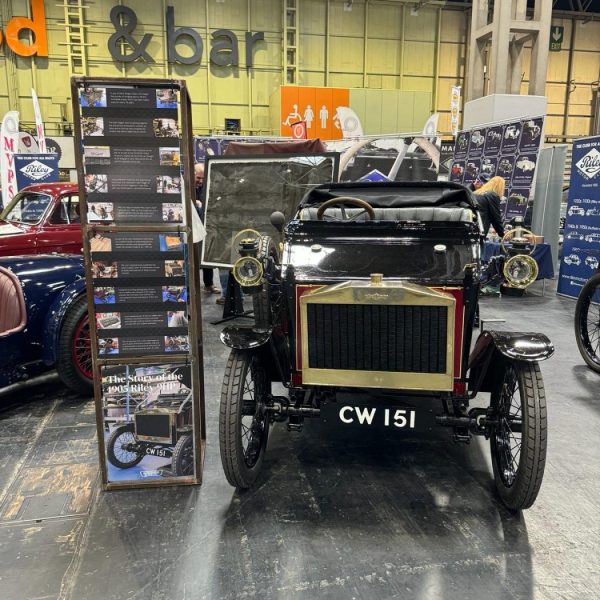
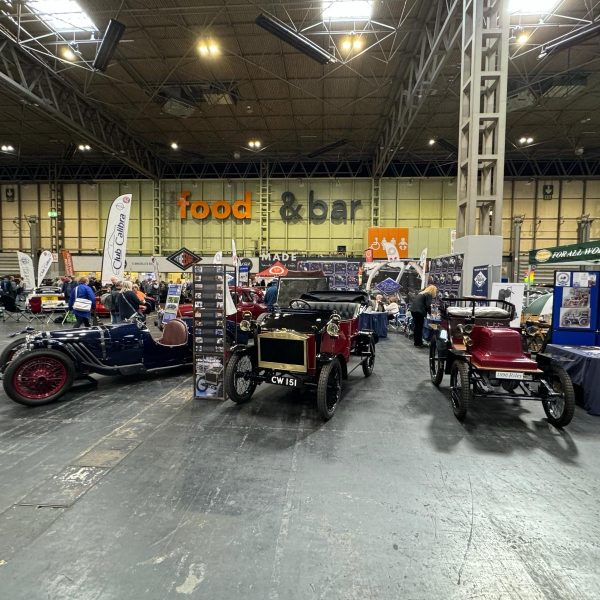
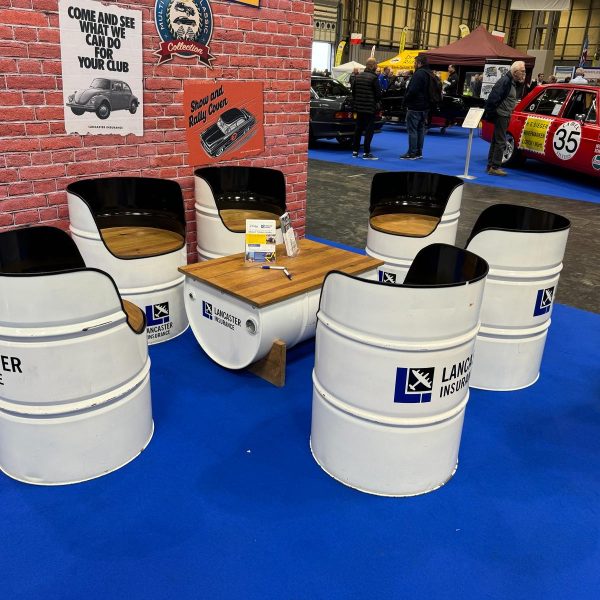
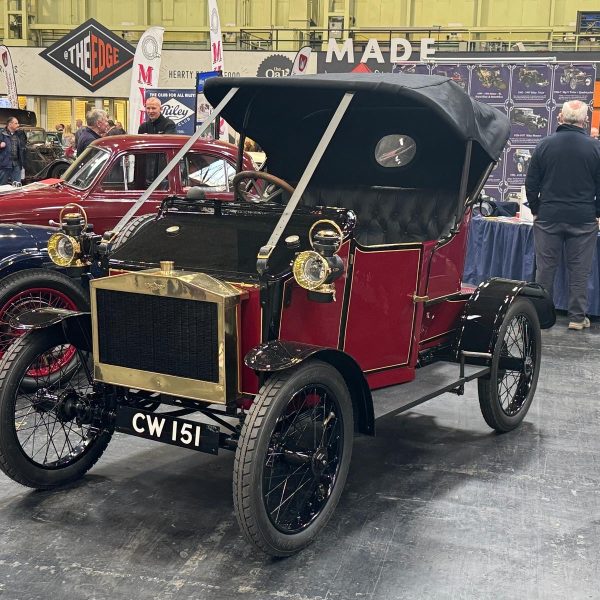
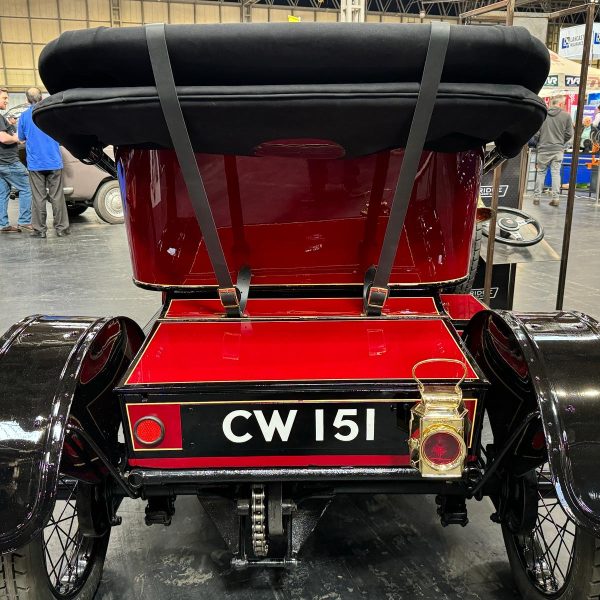

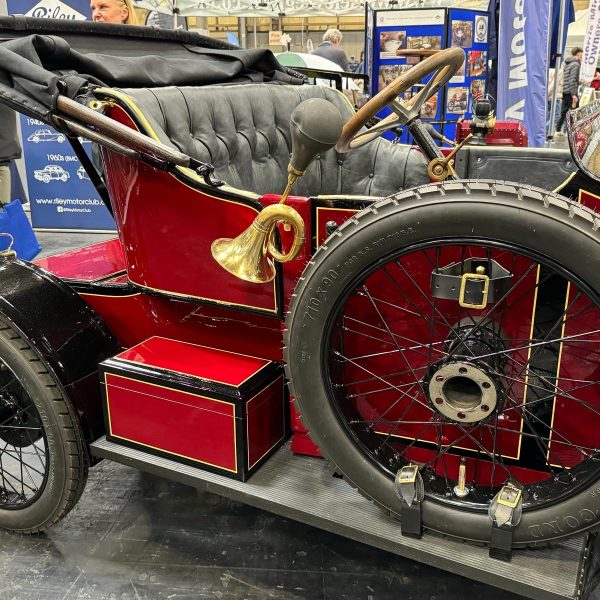
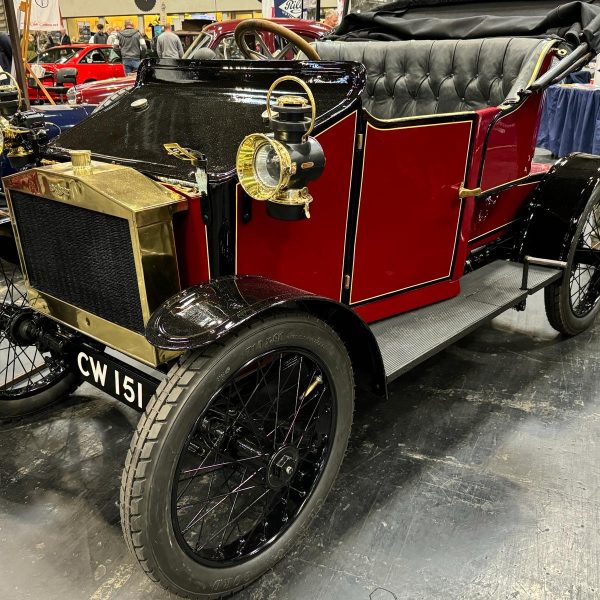
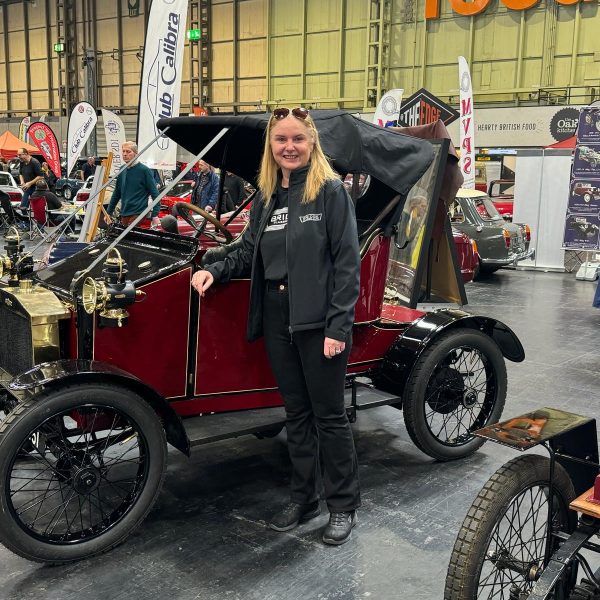

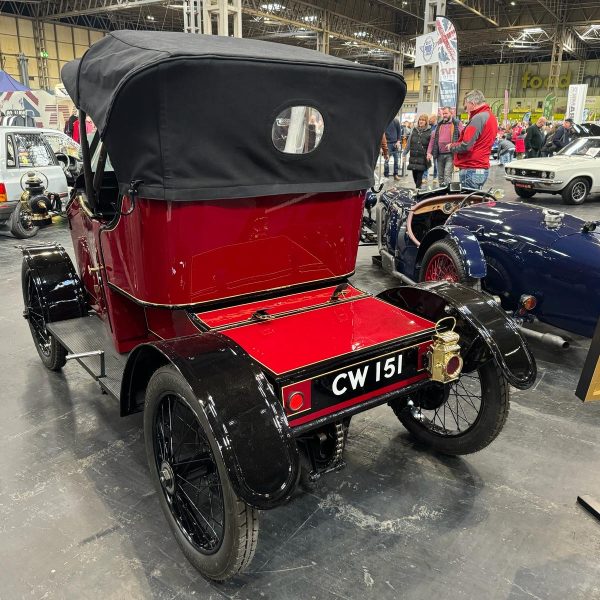
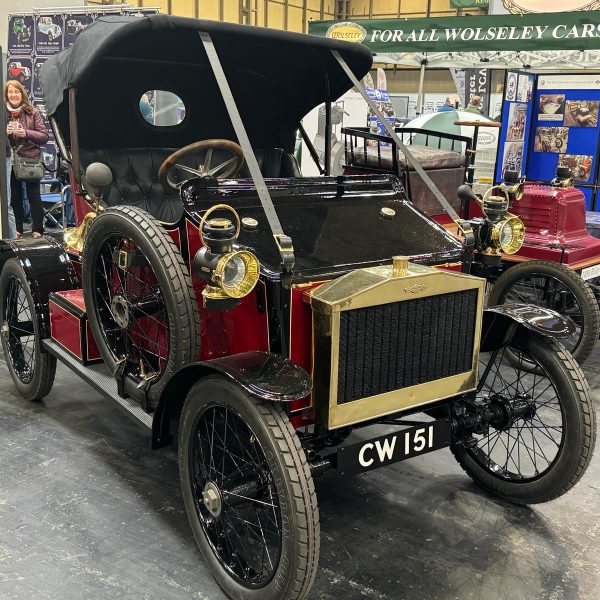
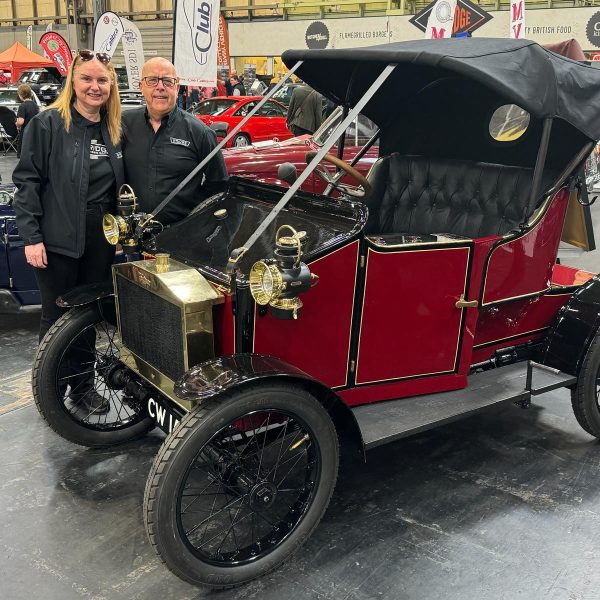

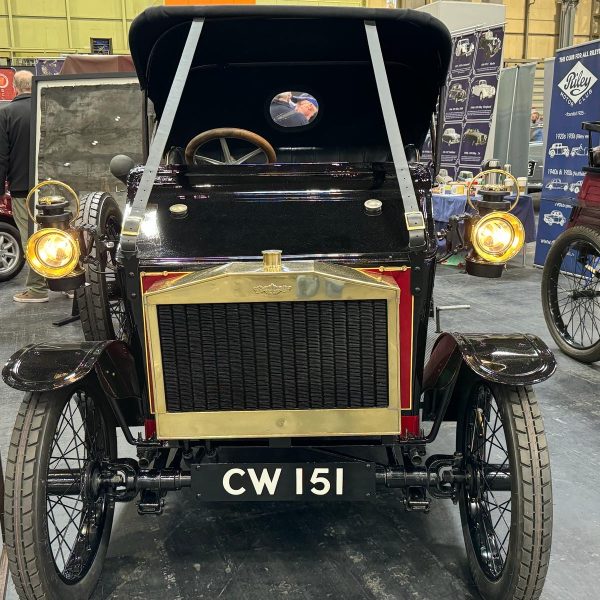

Arriving in with us this week is our 1964 Mercedes 230SL. The car has come in for a possible engine rebuild but at this stage we are not convinced that this work is required. We want to carry out a few tests and checks before we make the decision of whether the engine needs to be removed.


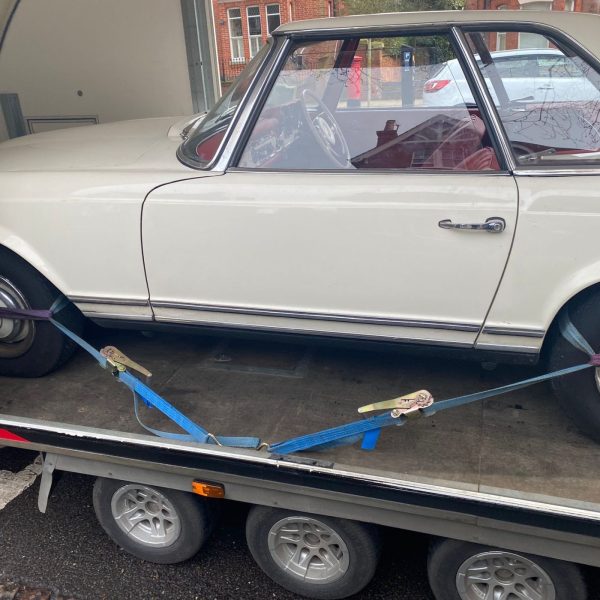

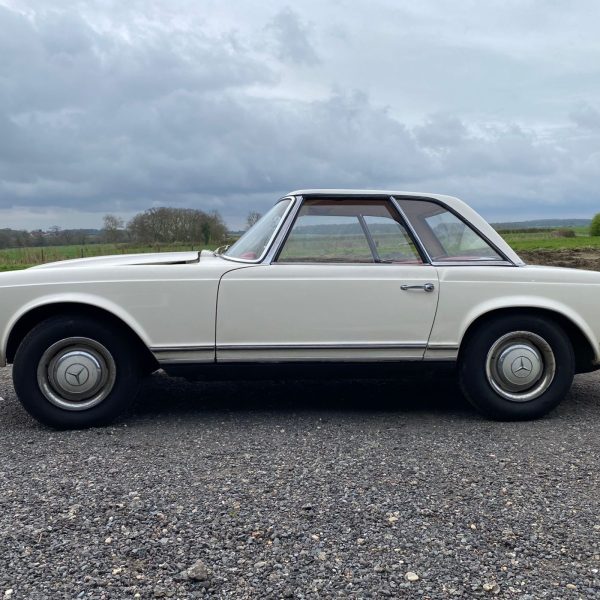
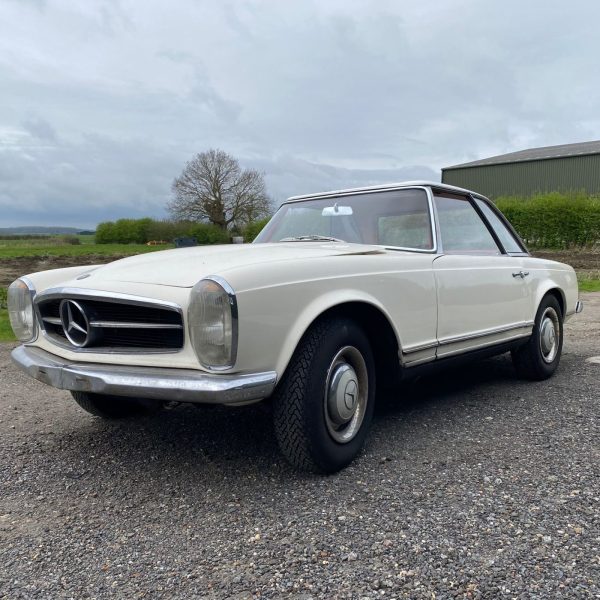
Regarded as a masterpiece of Mercedes-Benz craftsmanship, chassis number 5500332 stands out as one of the rarest and most authentically preserved of the twenty-nine 300 SL Alloy Competition models ever made. This particular vehicle, a 1955 Mercedes-Benz 300 SL Alloy Gullwing, is now available for sale through Sotheby’s Sealed, with the bidding process concluding on March 22.
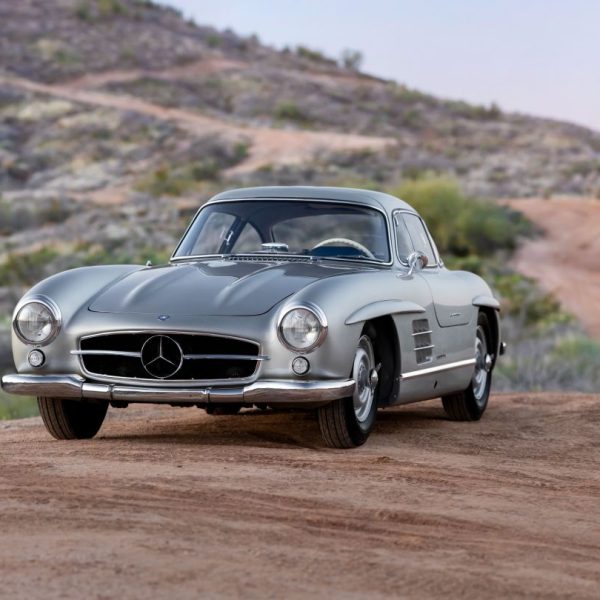
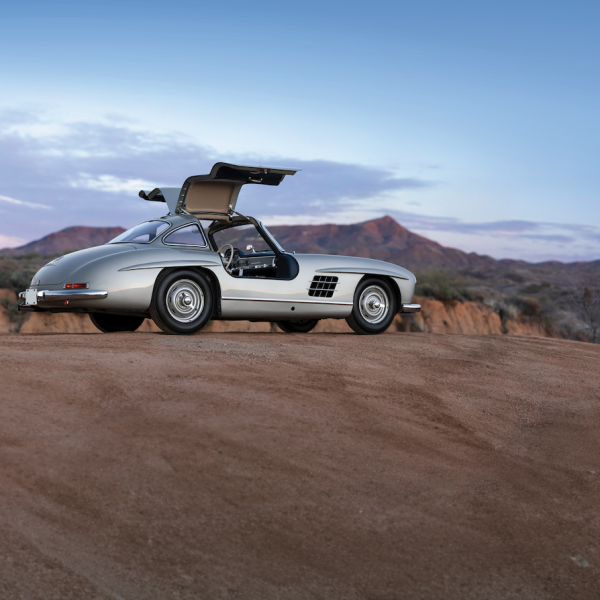
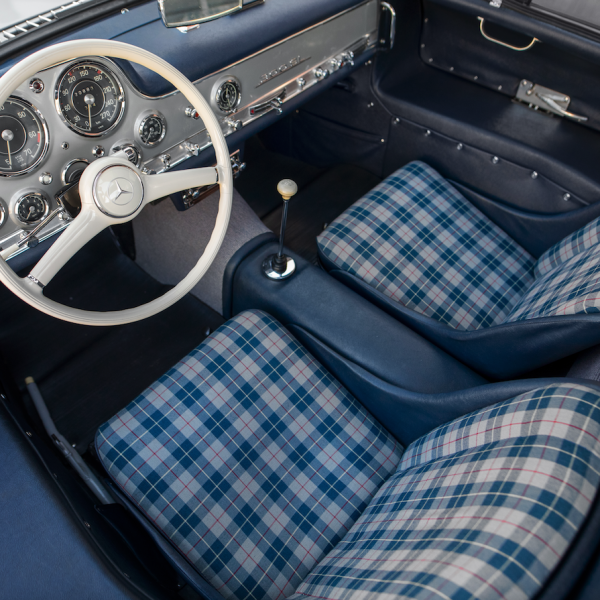
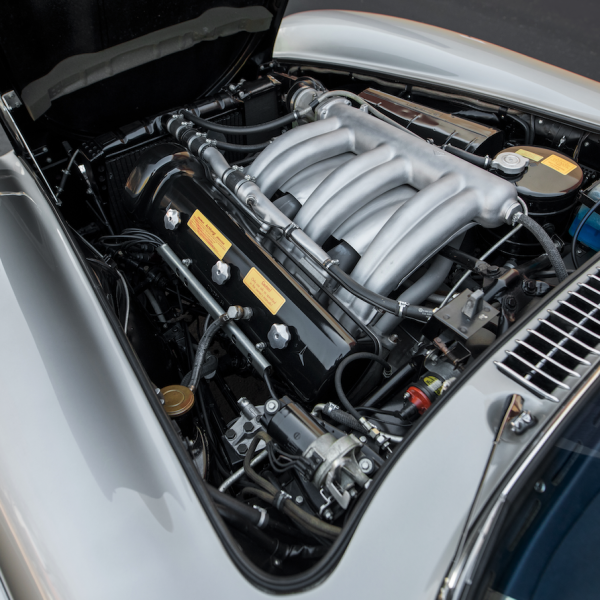
Offered for sale through Sotheby’s Sealed, this is a once-in-a-lifetime opportunity to own one of the most original and significant competition-prepared Alloy Gullwings in existence.
This exceptional vehicle is currently up for auction with bidding closing at 5pm EDT (9pm UK time) today (March 22nd 2024). While nearly 1,400 300 SL Gullwings were manufactured, only 29 were made with specialised racing features and aluminium bodies. These 29 rare models are all held in significant collections around the world. However, highly original examples like this one are almost non-existent.
This incredible car is one of the exclusive 29 Alloy Gullwings made by Mercedes-Benz, separating it from the 1,371 models made with steel bodies.
Its construction, using lightweight aluminium for the body and Plexiglas for the windows, significantly reduces its weight. This makes it not only a rare car but a high-performing one too. The vehicle is powered by its original 3-litre NSL engine, which, through extensive modifications such as a competition-grade camshaft and a specialised butterfly throttle valve, achieves over 215 horsepower. Interestingly, this car also has a distinctive history; it is the only 300 SL Alloy model that was originally delivered to Casablanca, making it the sole example to be delivered to Africa.
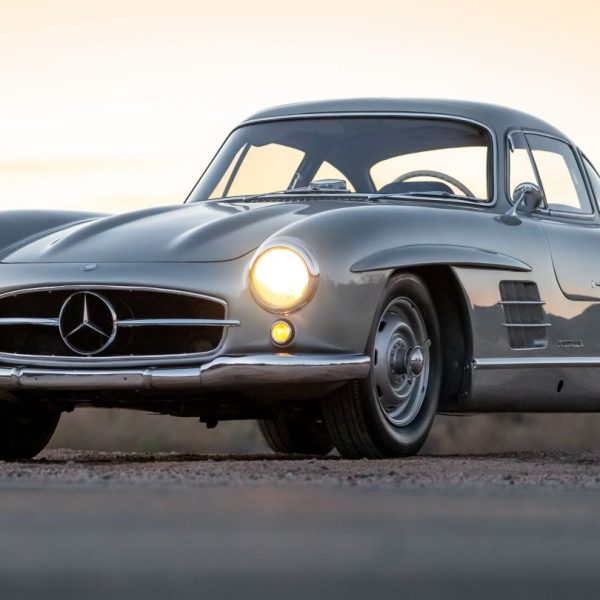
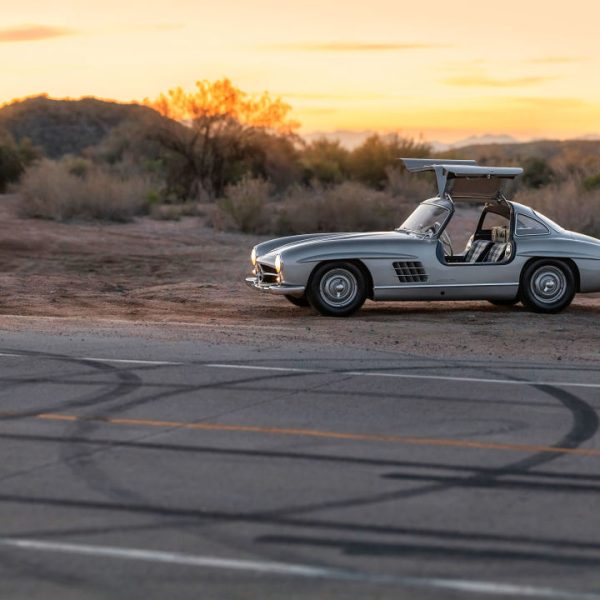

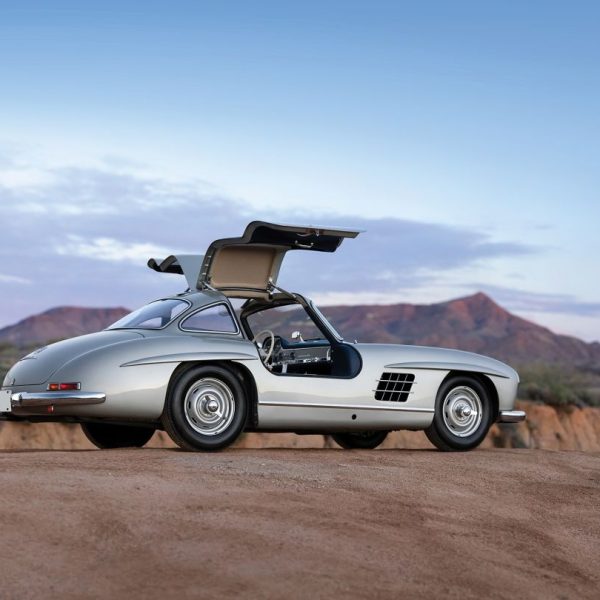
This Alloy Gullwing’s uniqueness is developed further by its retention of many sought-after original features, including a sports suspension, a high-speed 3.42 rear axle, an uprated metric speedometer, belly pans, and Rudge wheels that came as standard. If that wasn’t enough, this example was owned for 32 years by Hyatt Cheek, the national president of the Gullwing Group and the Mercedes-Benz Club of America (MBCA).
Highlighting its exceptional authenticity, chassis number 5500332 retains its original chassis, engine, bodywork, rear axle, and front kingpins. While the gearbox has been replaced with a model of the correct type from 1957, its authenticity remains intact.
The car underwent a meticulous restoration led by the renowned Paul Russell in 1979. The car’s long-standing connection with Paul Russell’s workshop, starting in 1975, known for the exceptional restoration of classic cars, only adds to its desirability and history.
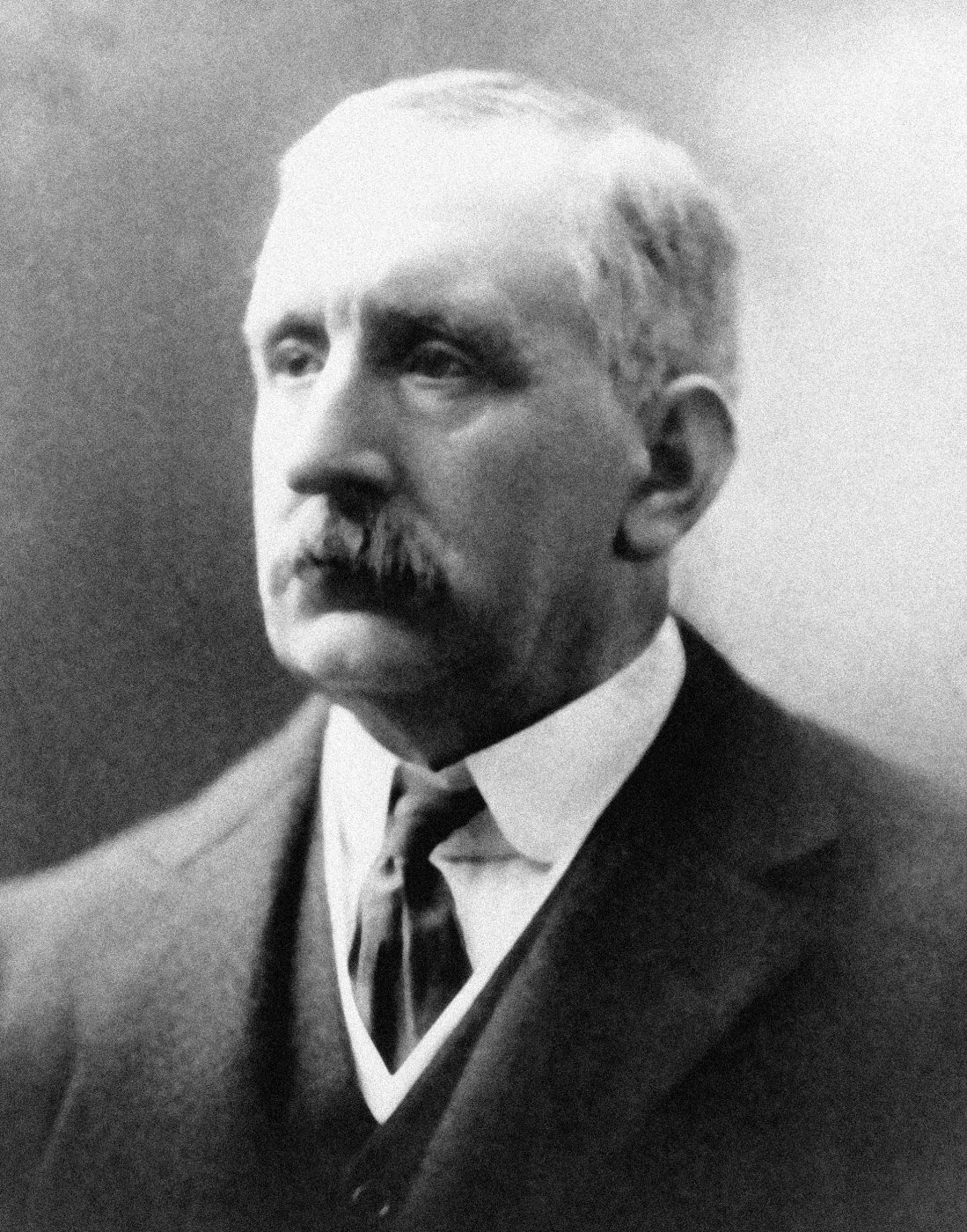
Born in Halifax, West Yorkshire, on March 20, 1853, Henry Edmunds was fascinated by electricity from a young age. His father, an engineer and iron merchant, sparked his interest, leading Henry into a career that would see him cross paths with Joseph Swan (the inventor of the incandescent lightbulb), Thomas Edison (the inventor of almost everything else) and was present at both the first successful sound recording and telephone call.
In 1886, Henry became a partner in WT Glover & Co, a Manchester-based electrical cable company. With the opening of the Manchester Ship Canel in 1894 along with the docks beside it, the company won the contract to supply the cabling for the mammoth lighting system. This lighting system was designed and manufactured by another Manchester company, F H Royce & Co. owned by Henry Royce.
In 1899, Edmunds joined the Automobile Club of Great Britain & Ireland (later the Royal Automobile Club, or RAC) and found a strong interest in motoring. The following year he entered the 1,000 Mile Trial from London to Edinburgh and back, Among the list of entrants was The Hon Charles Stewart Rolls.
By 1904, Edmunds had taken a business interest in the Parsons Non-skid Co Ltd, which made ‘chains’ that fitted to car tyres to prevent what was known as ‘slide-slipping’. They entered a competition, the Slide Slip Trials, at the end of April that year, but at the last minute found themselves without a suitable car. Edmunds asked Royce if they could use his first 10 H.P. car. Royce agreed and the car was sent by train to London, where Edmunds drove it successfully in the 1,000-mile event. Charles Rolls also took part, but there is no record of him having anything to do with the Royce car.
Edmunds was enormously impressed by the 10 H.P. He also knew Rolls was desperately looking for a high-quality British-made car to sell in his thriving London dealership. He was determined to bring the two men together, and earned his place in history when, on 4 May 1904 at The Midland Hotel in Manchester, he announced: “Henry, may I introduce Charles Rolls”.
Bridge Classic Cars are award winning Classic Car Restoration and Maintenance specialists. Your pride and joy is in safe hands with our expert Classic Car Technicians. Take a look at our awards here.
Leave a Reply